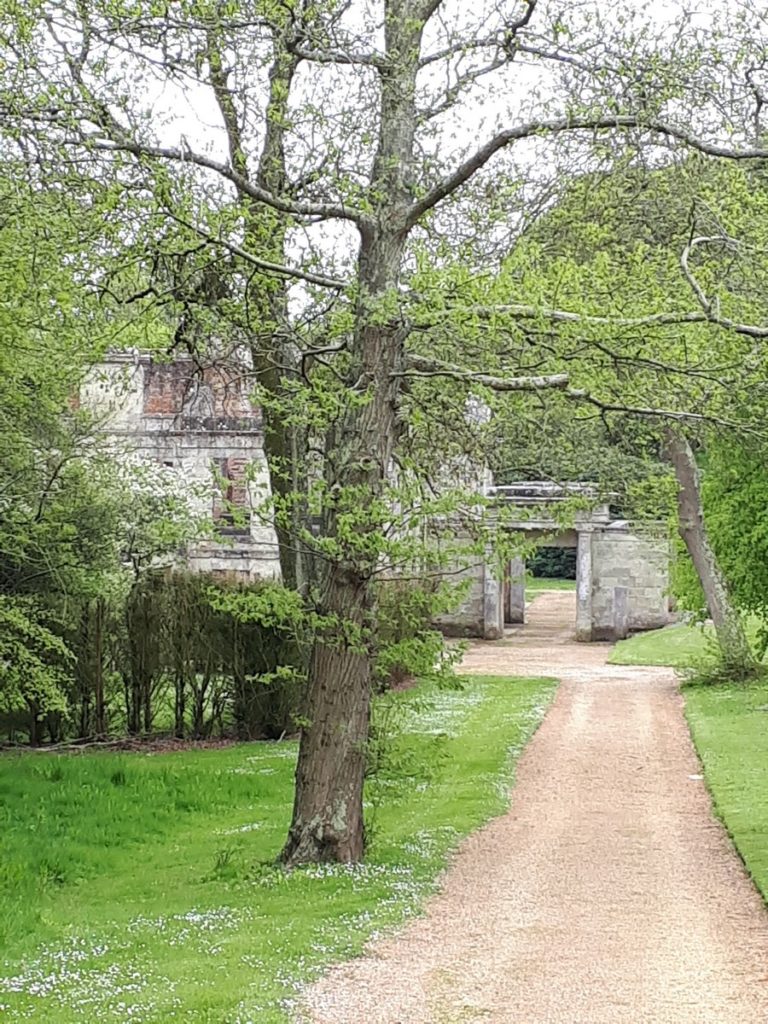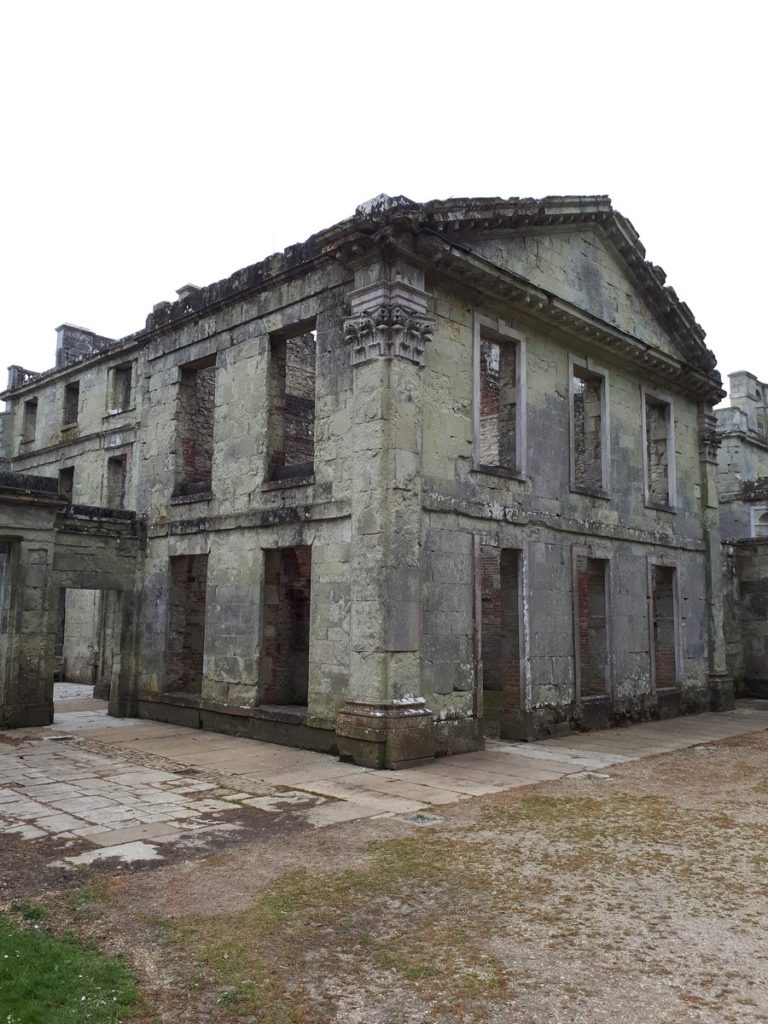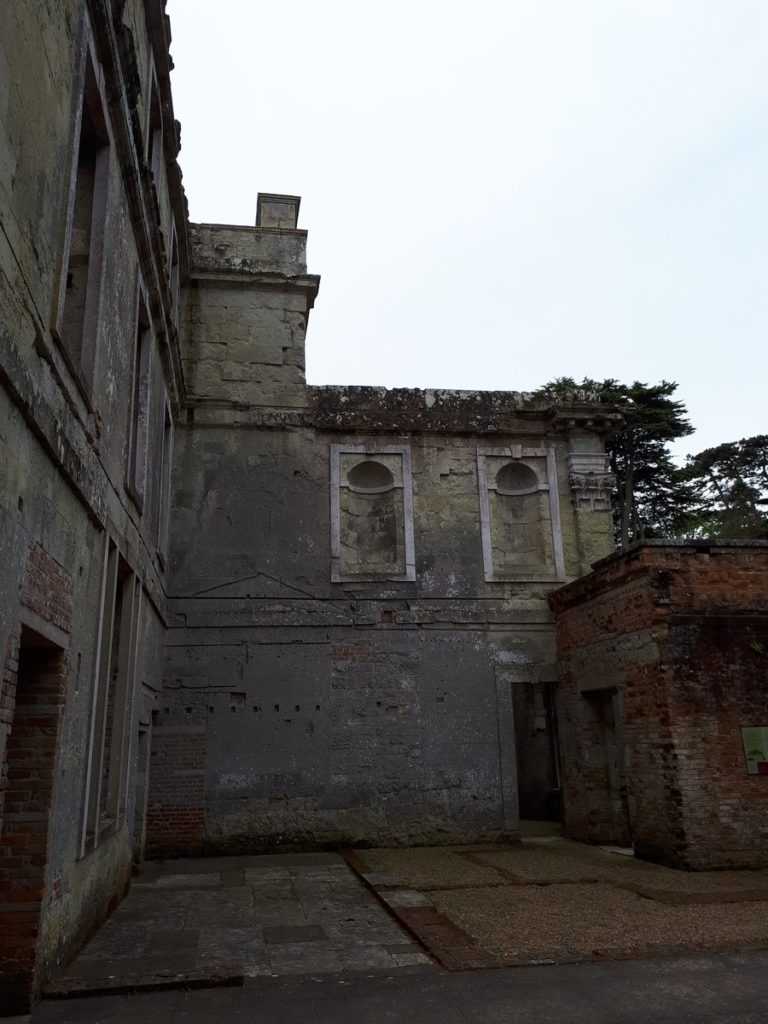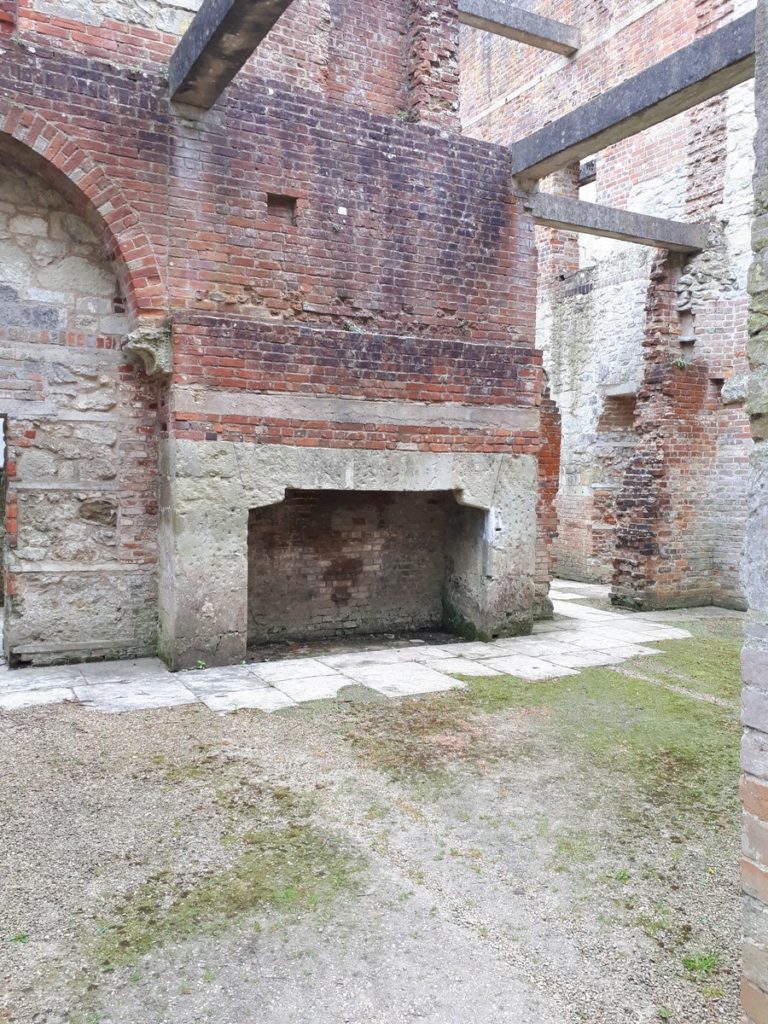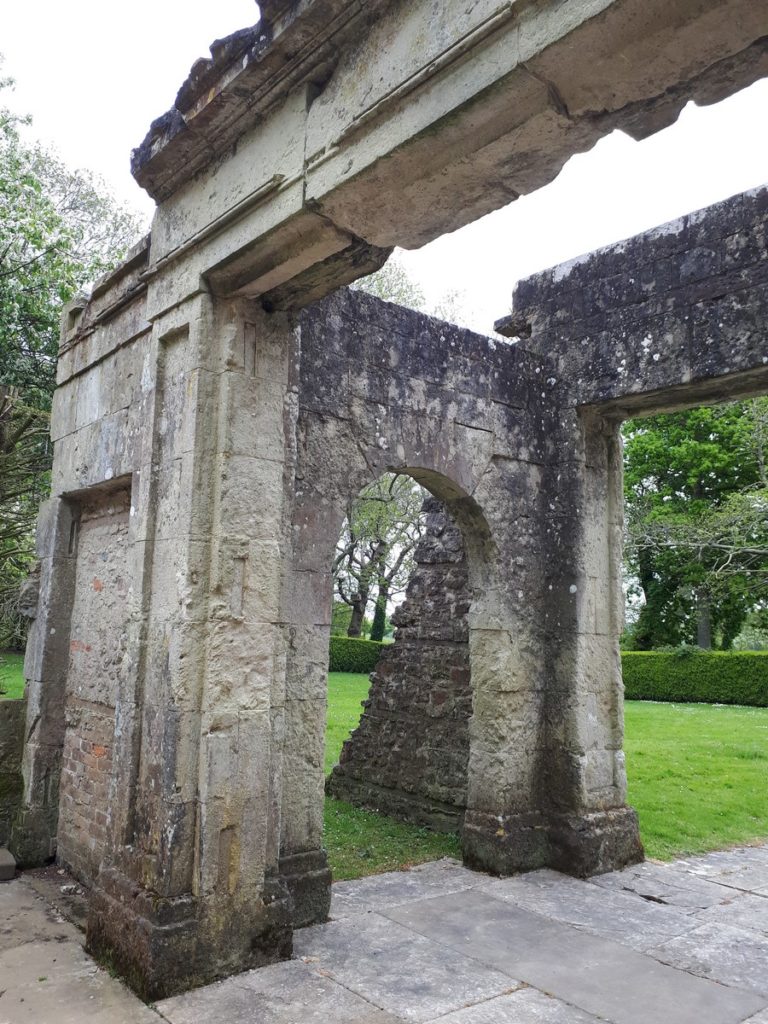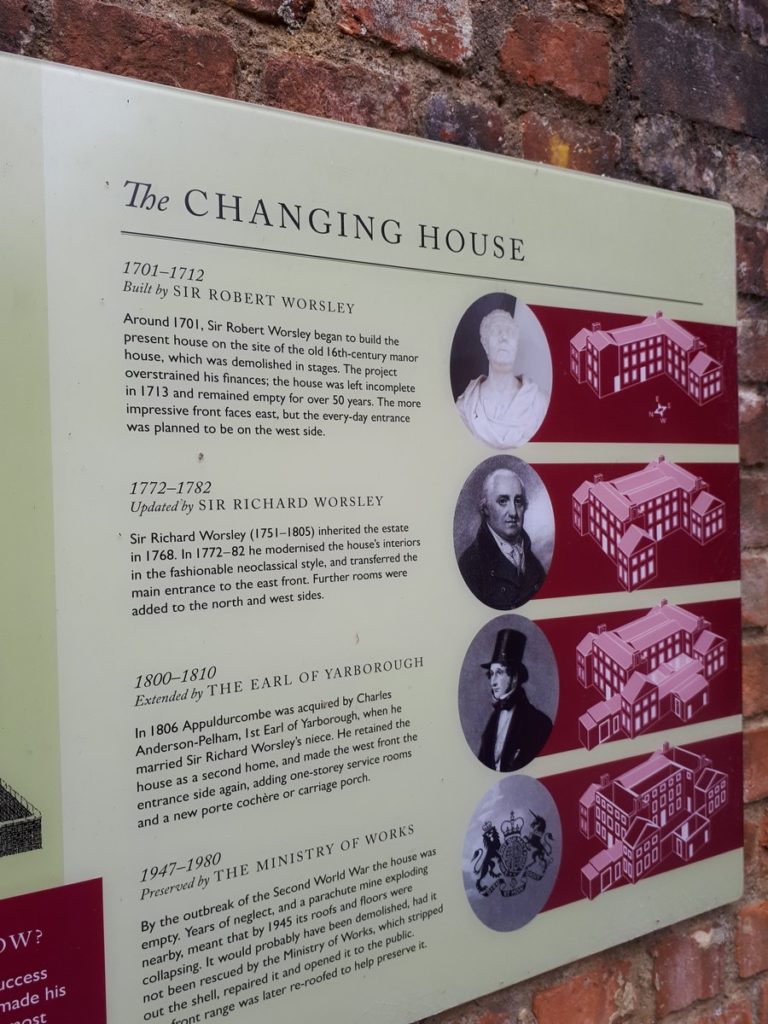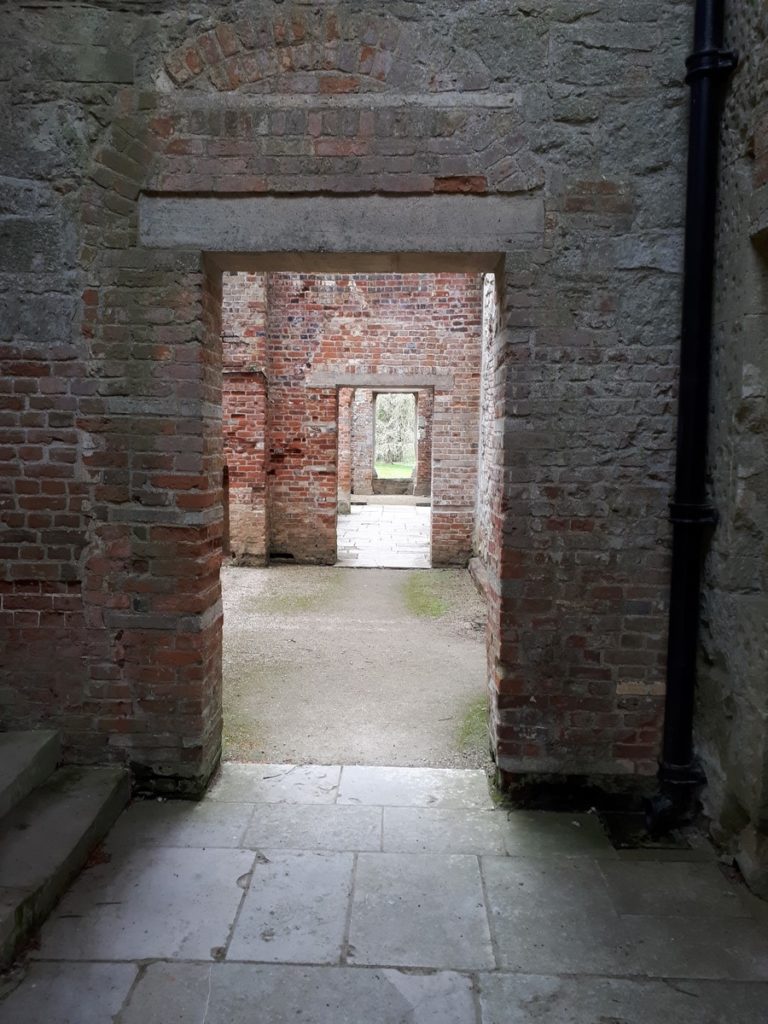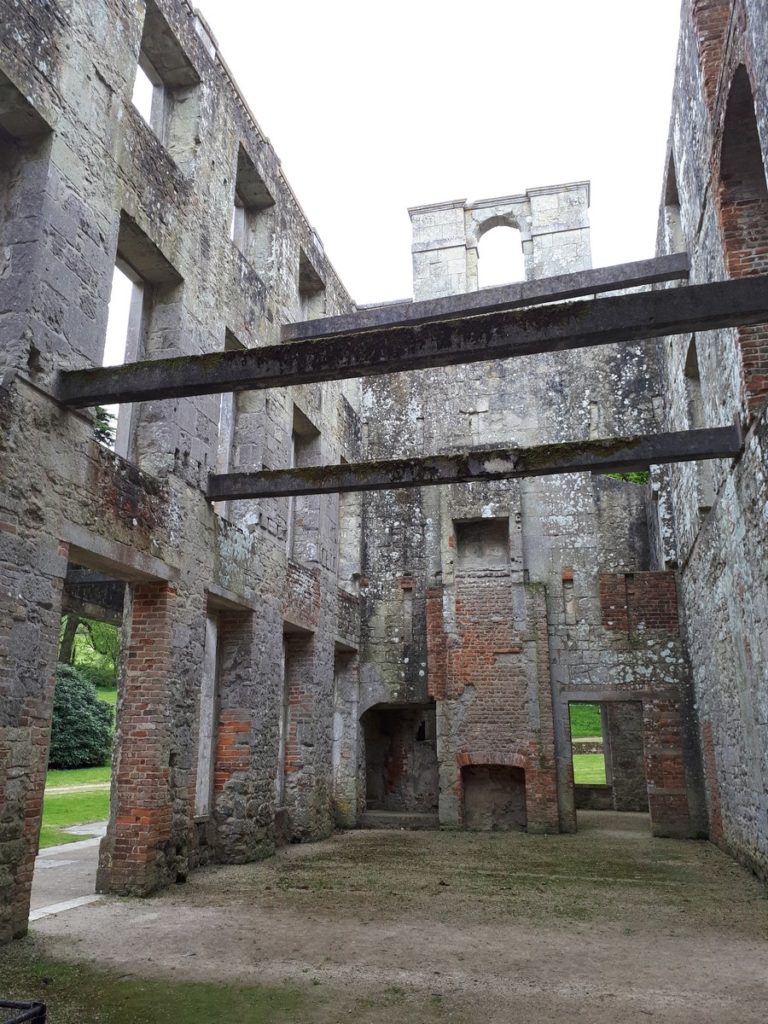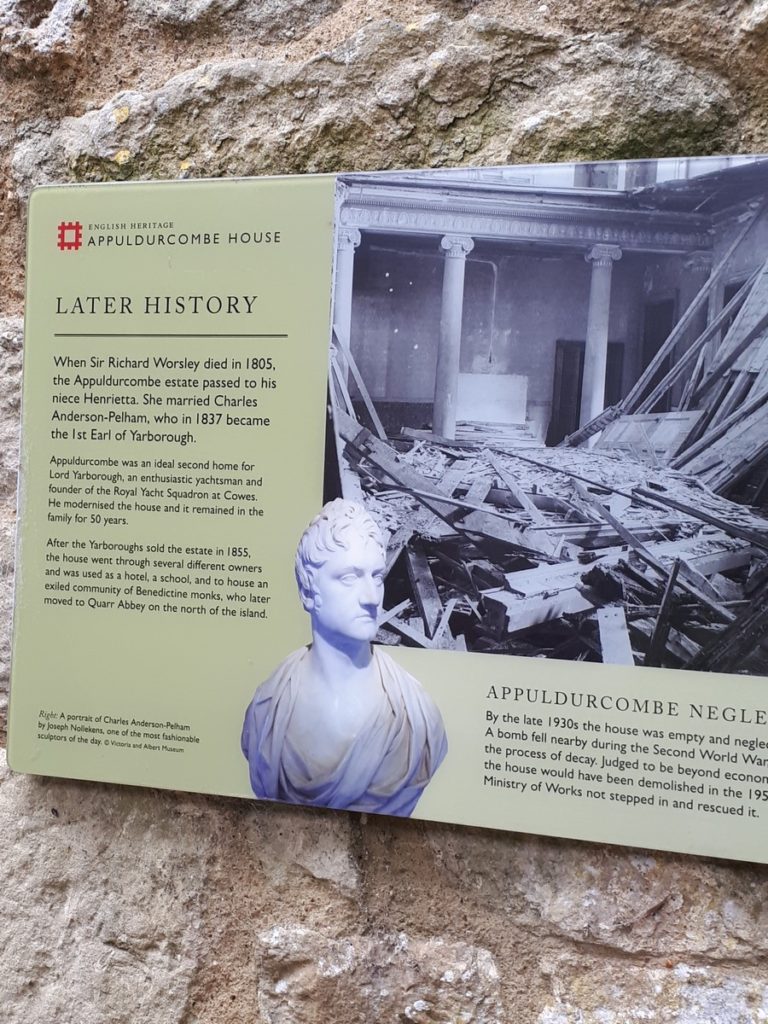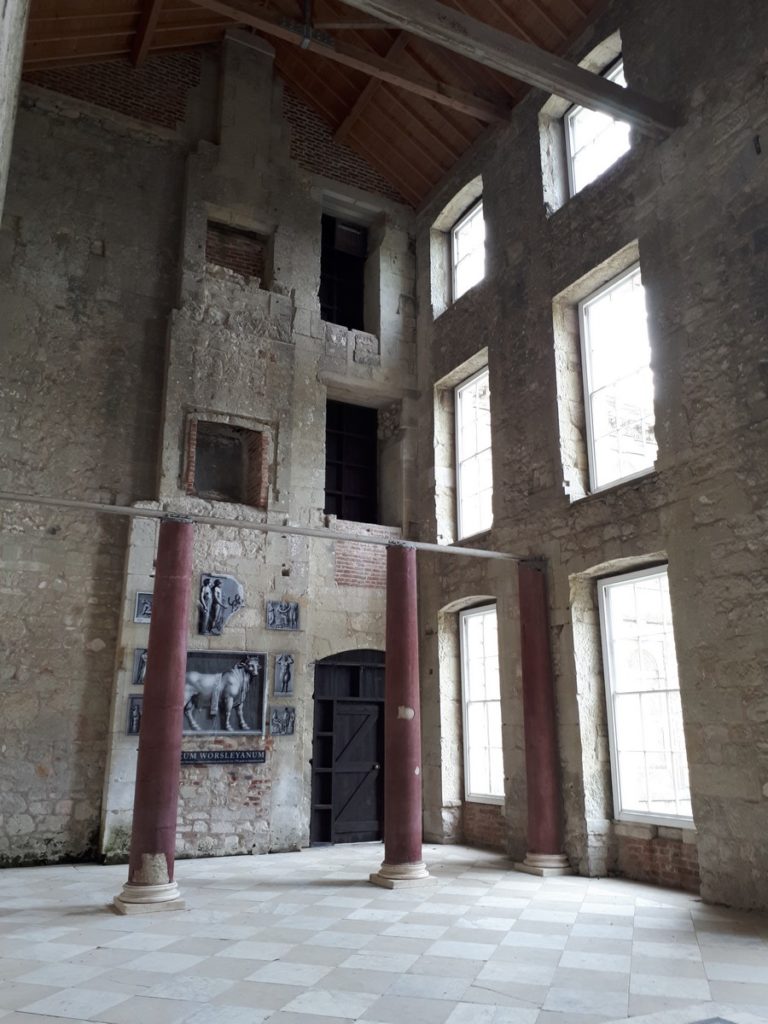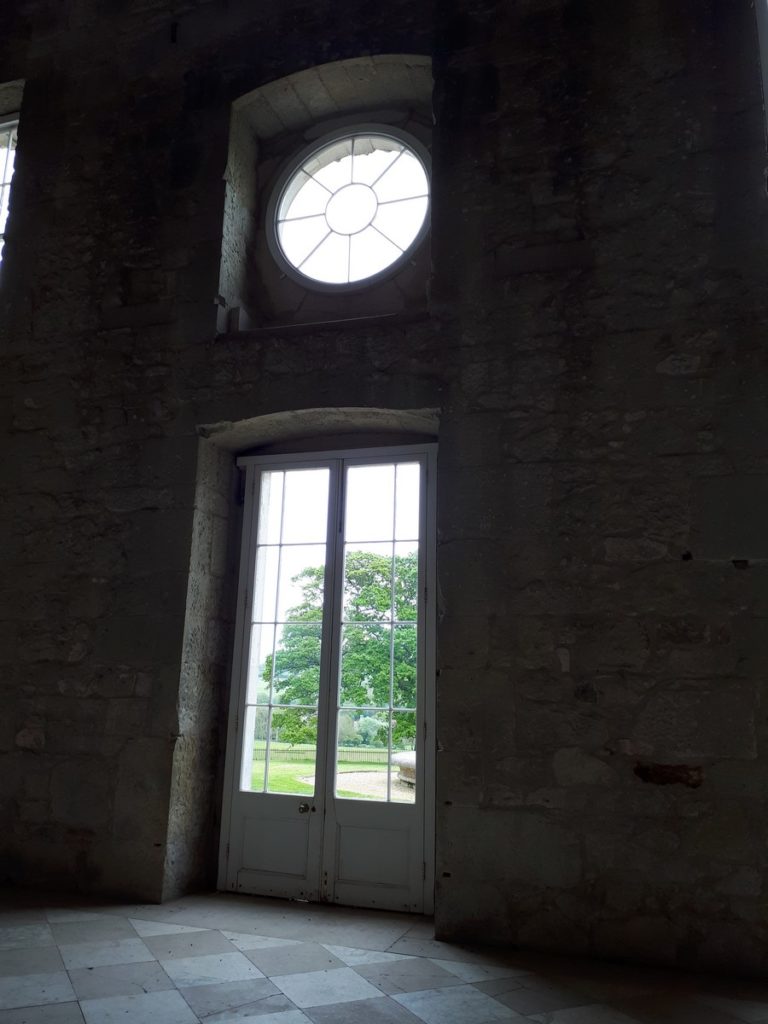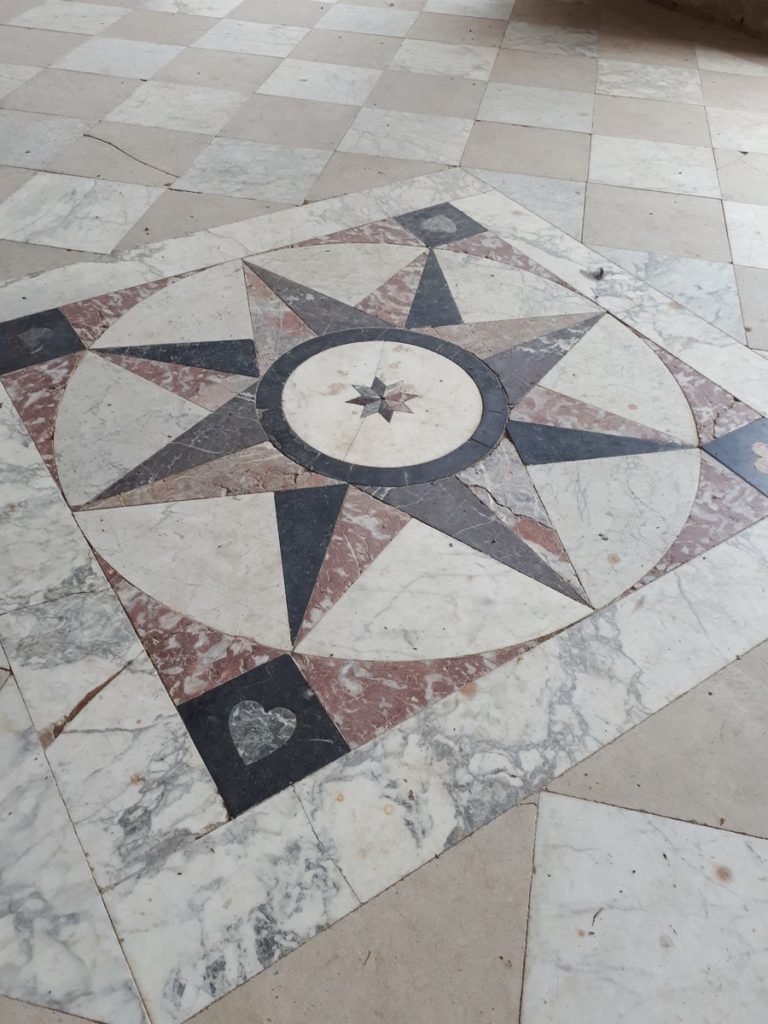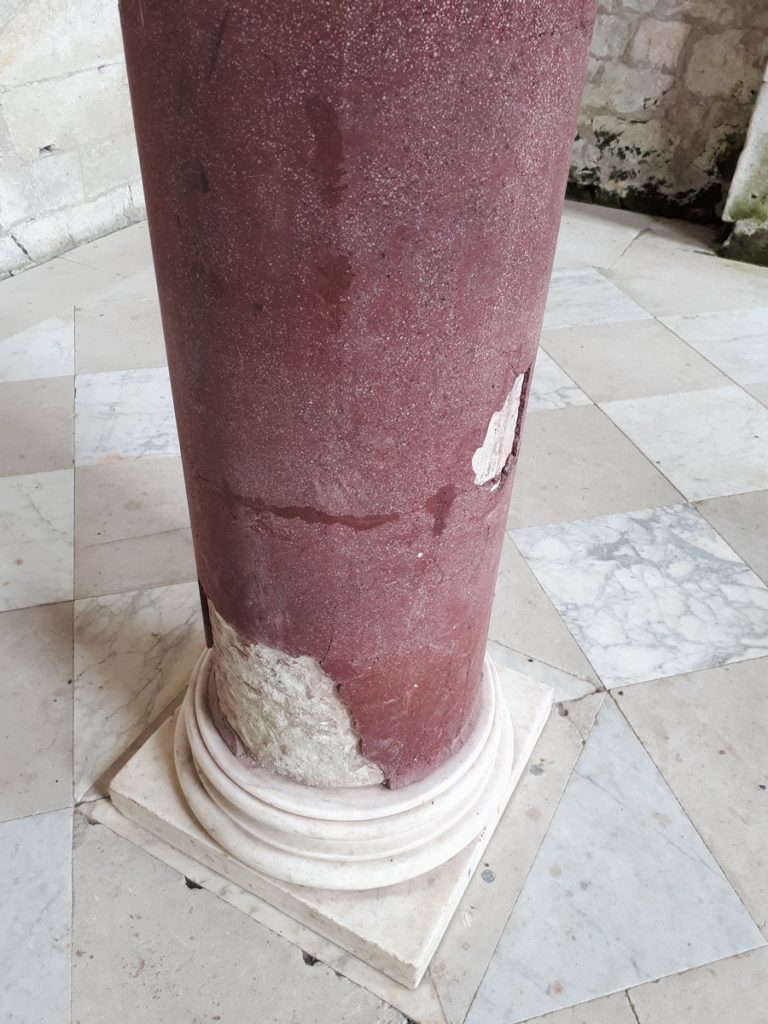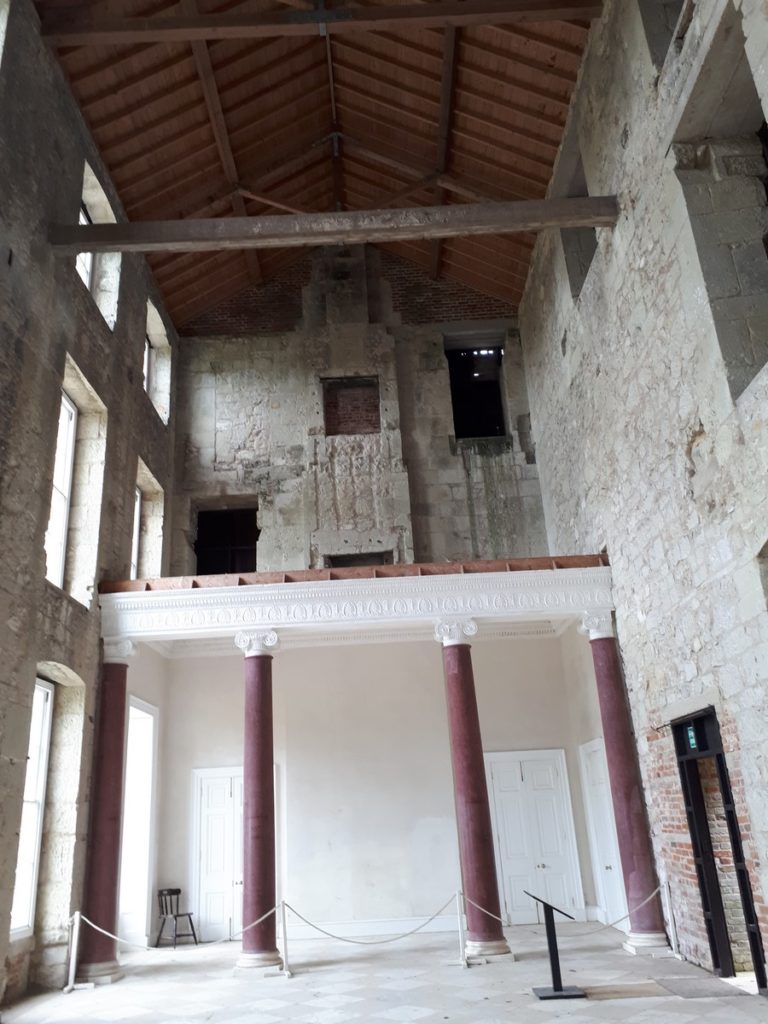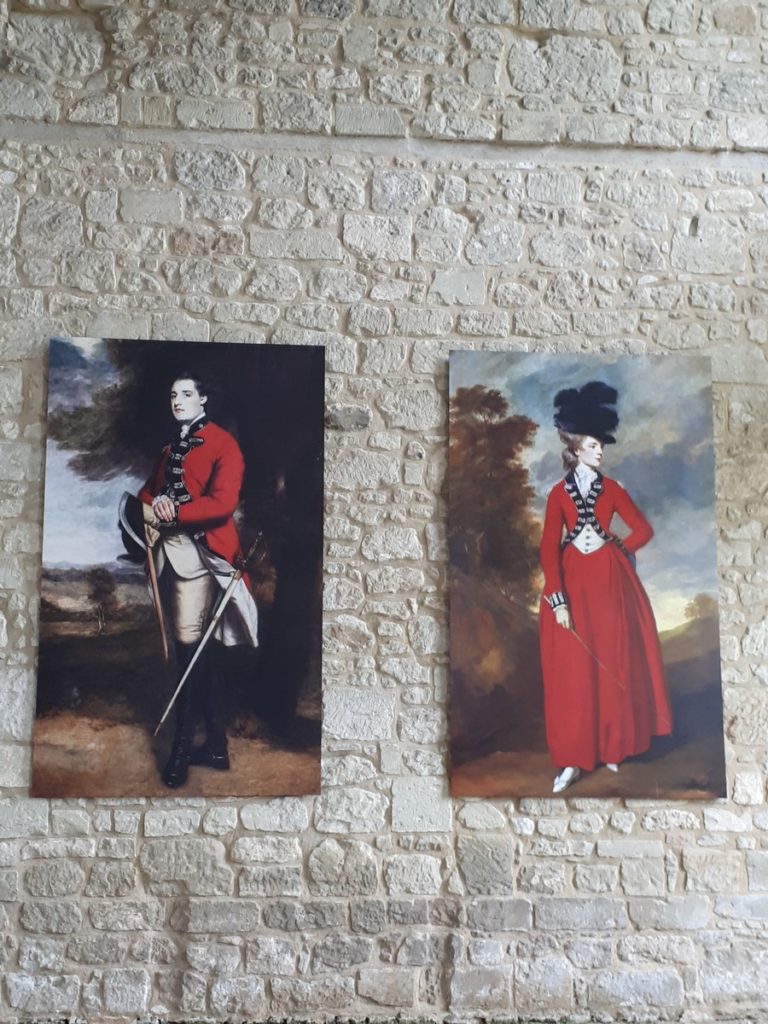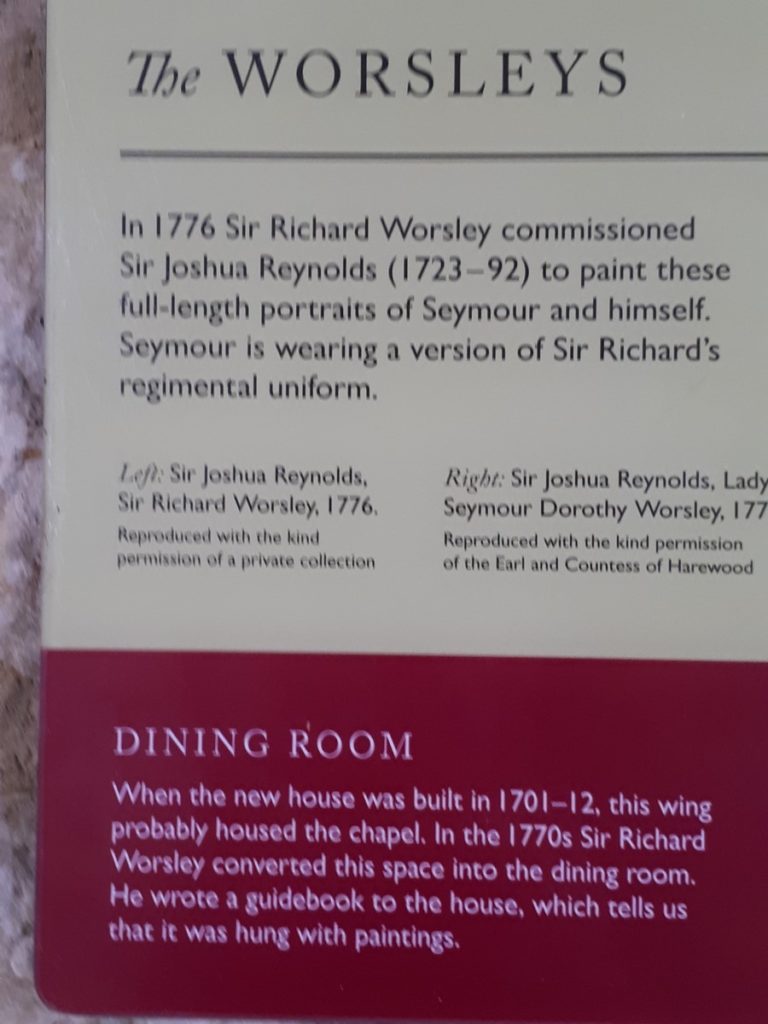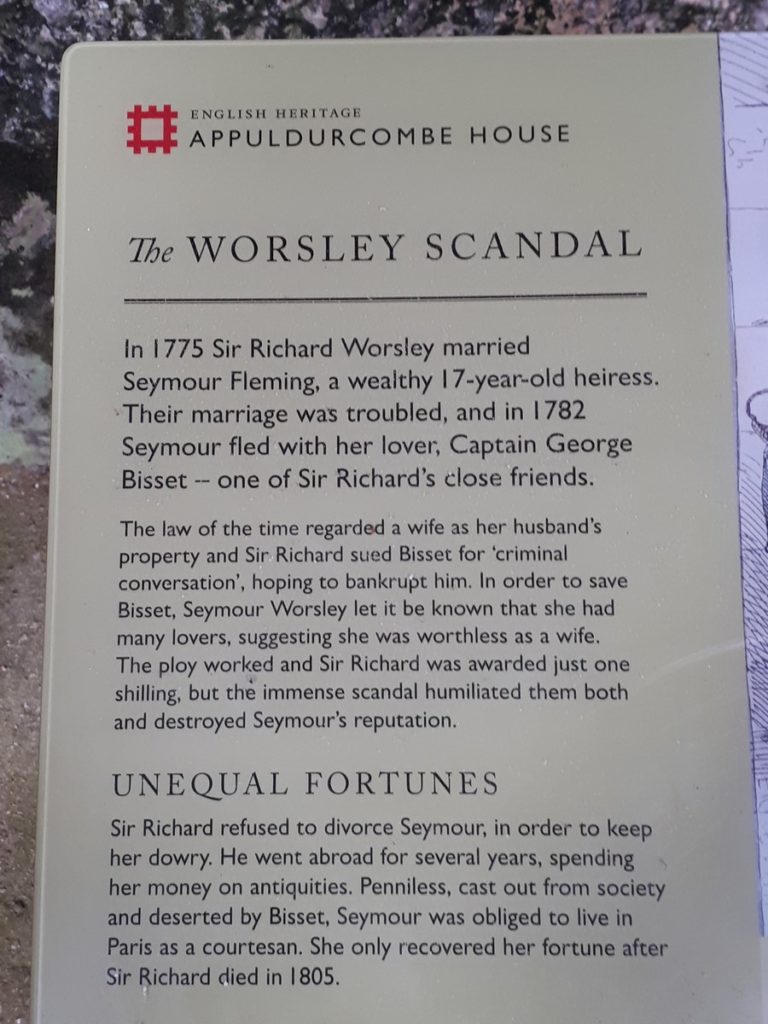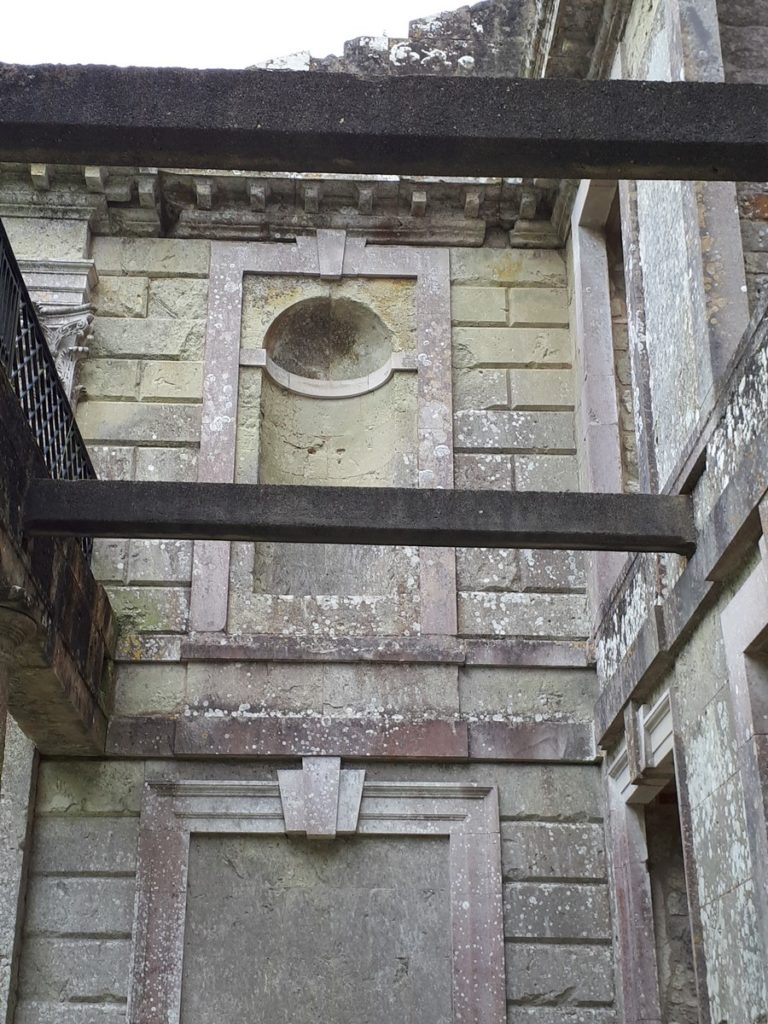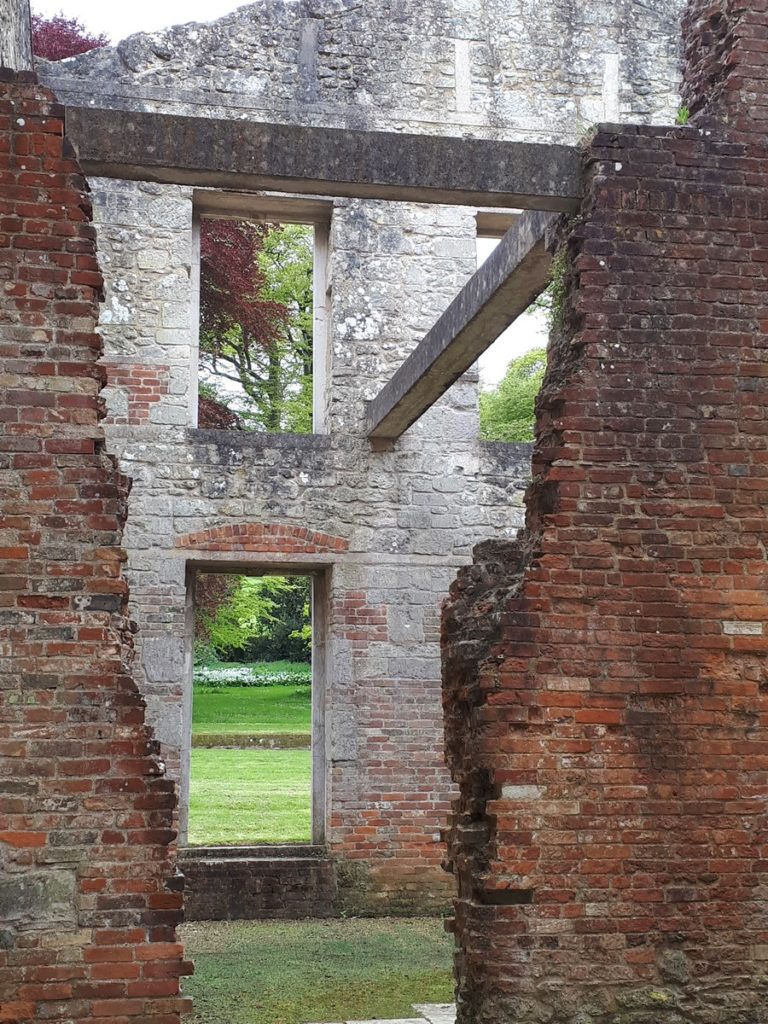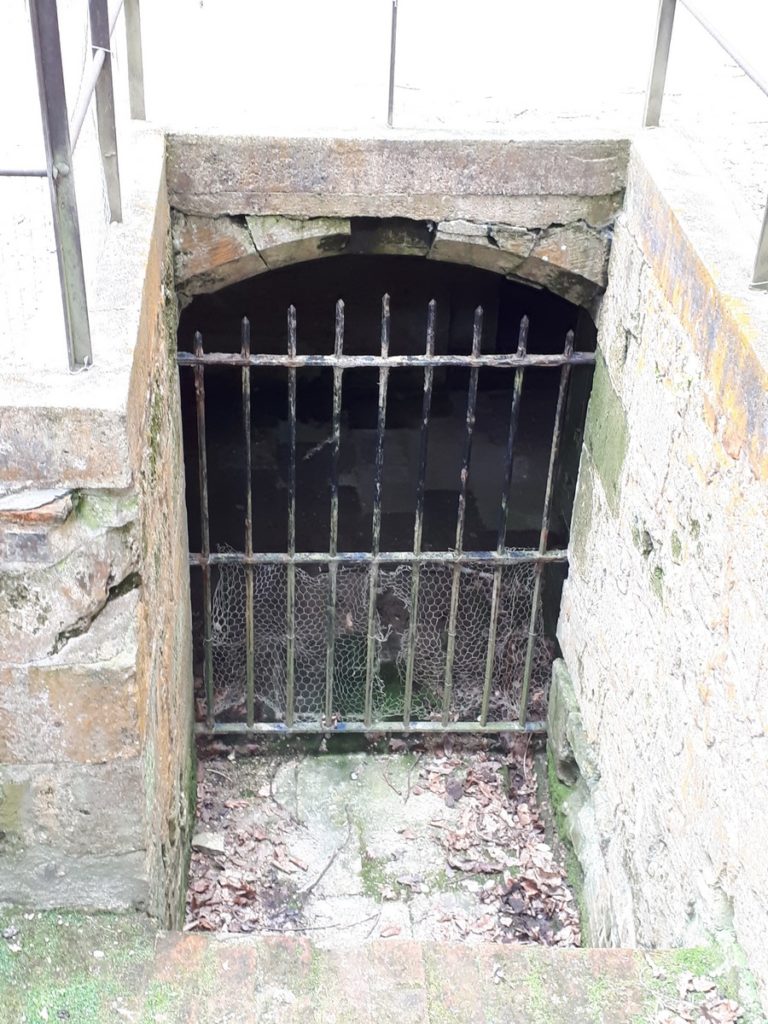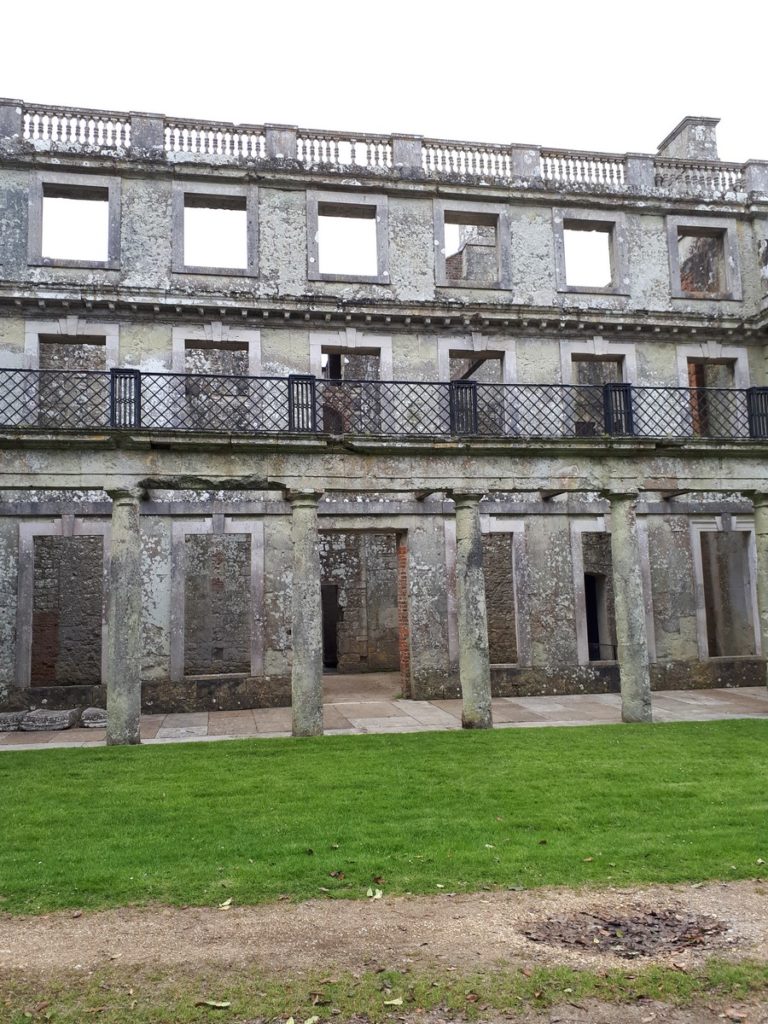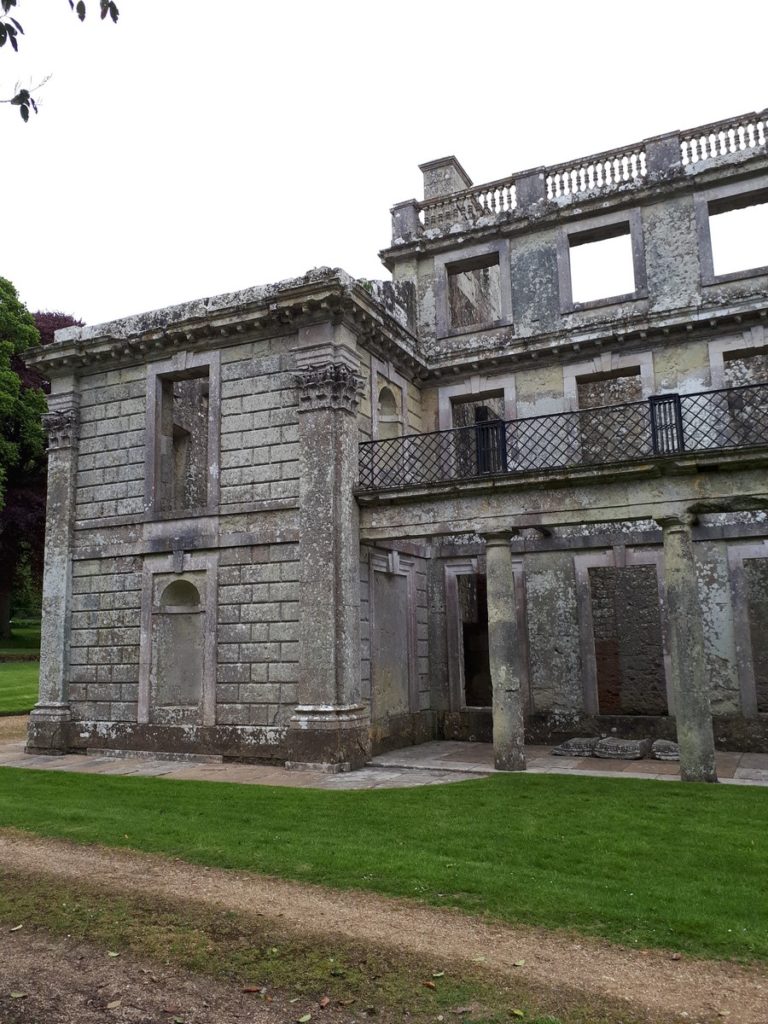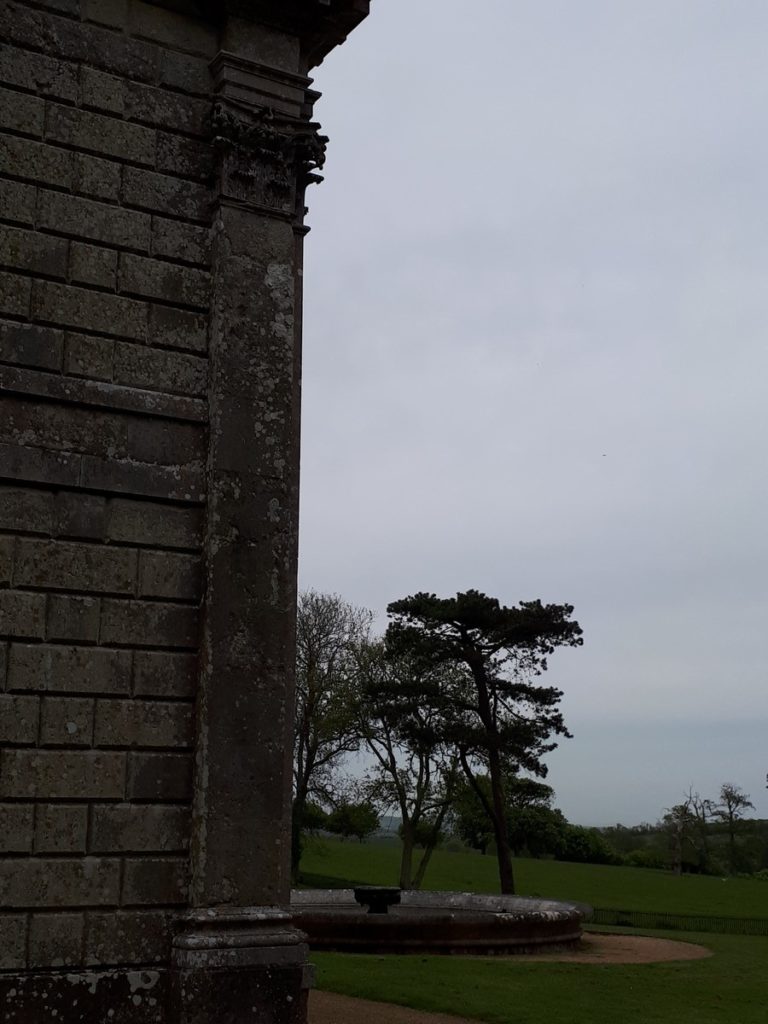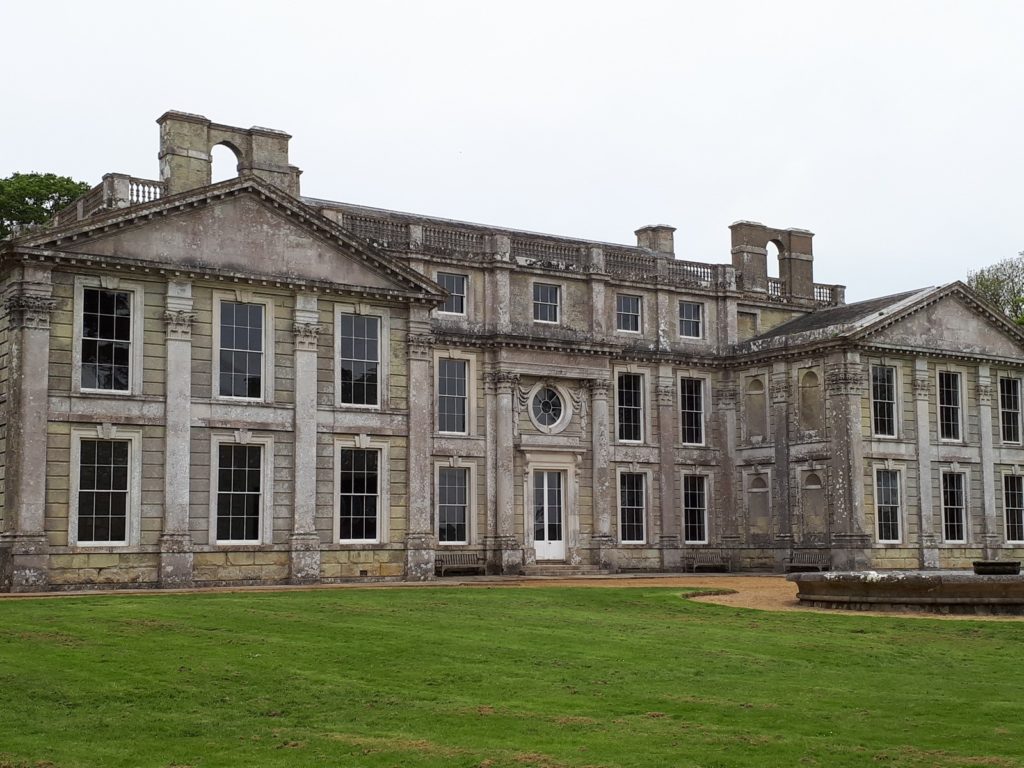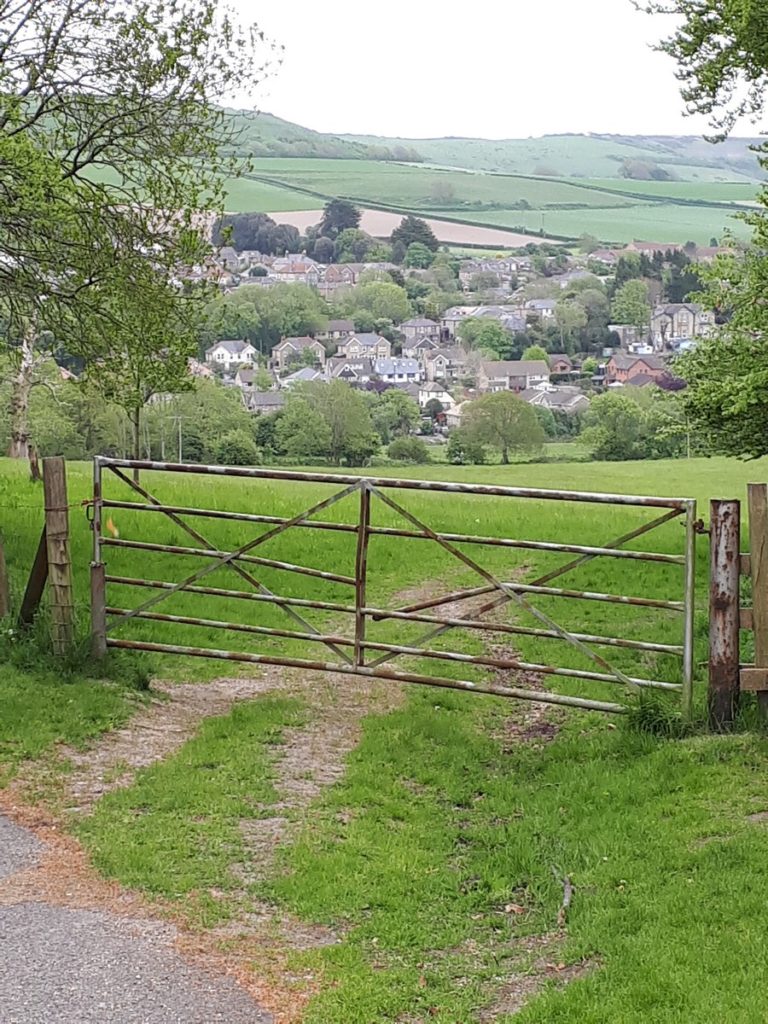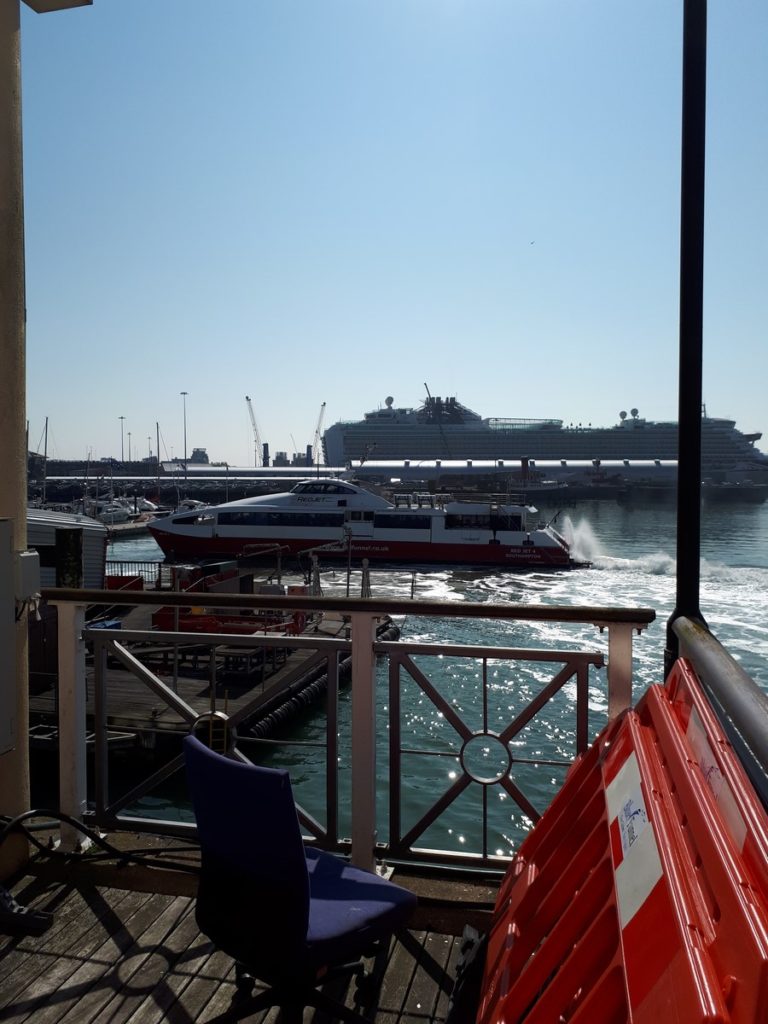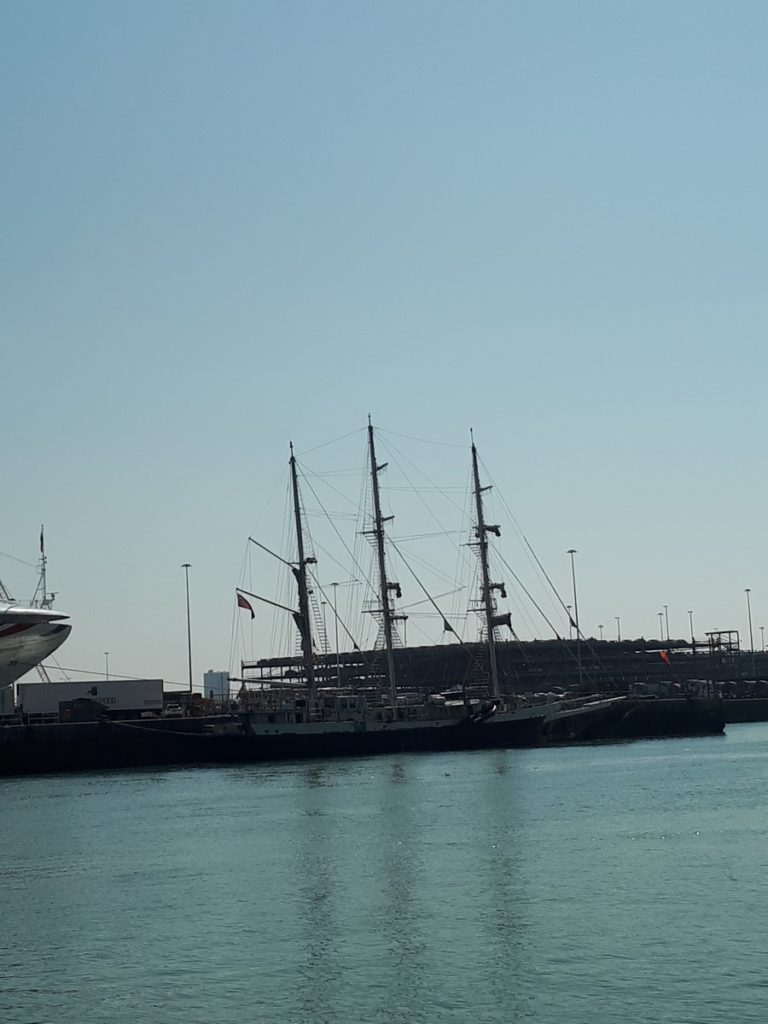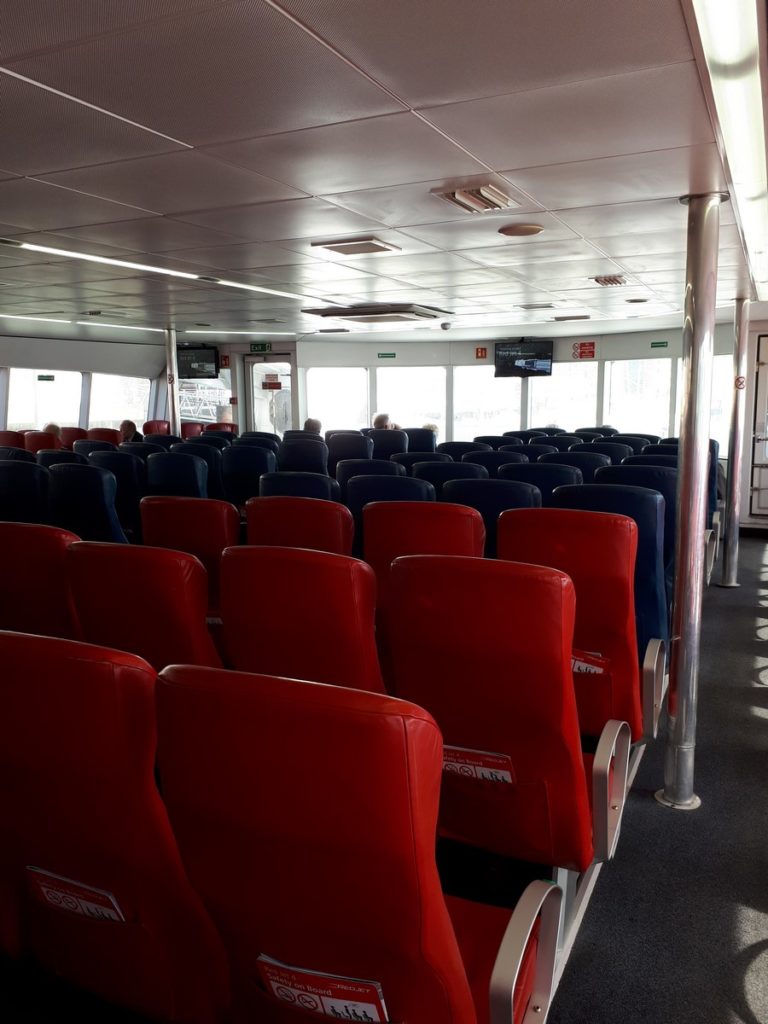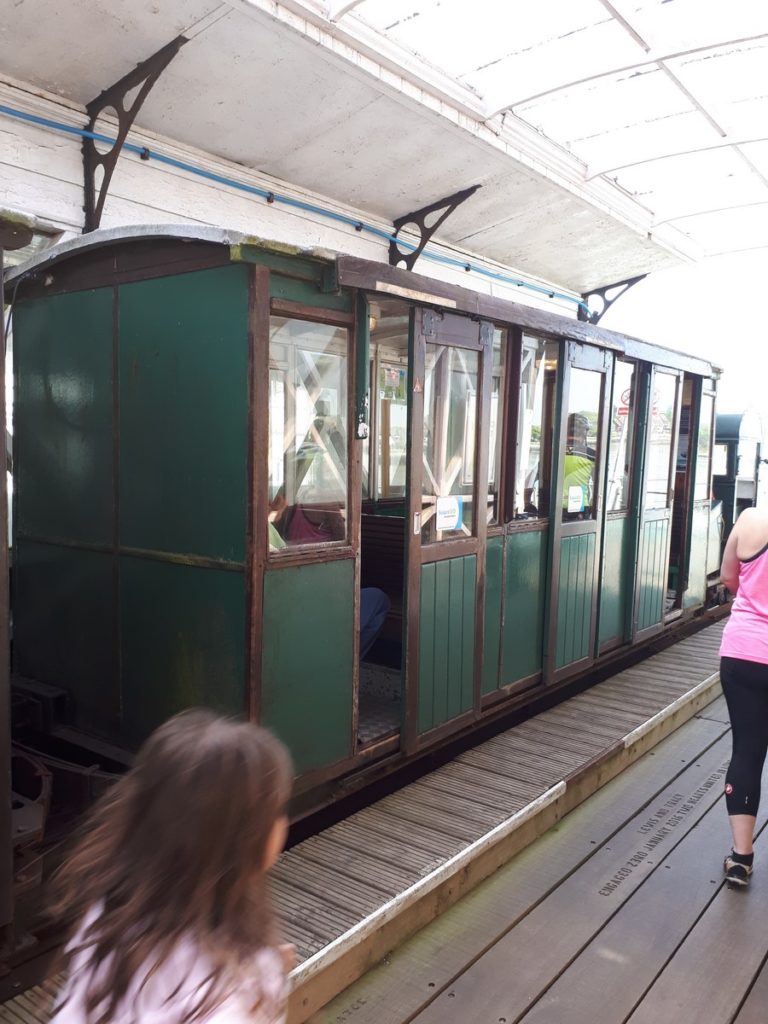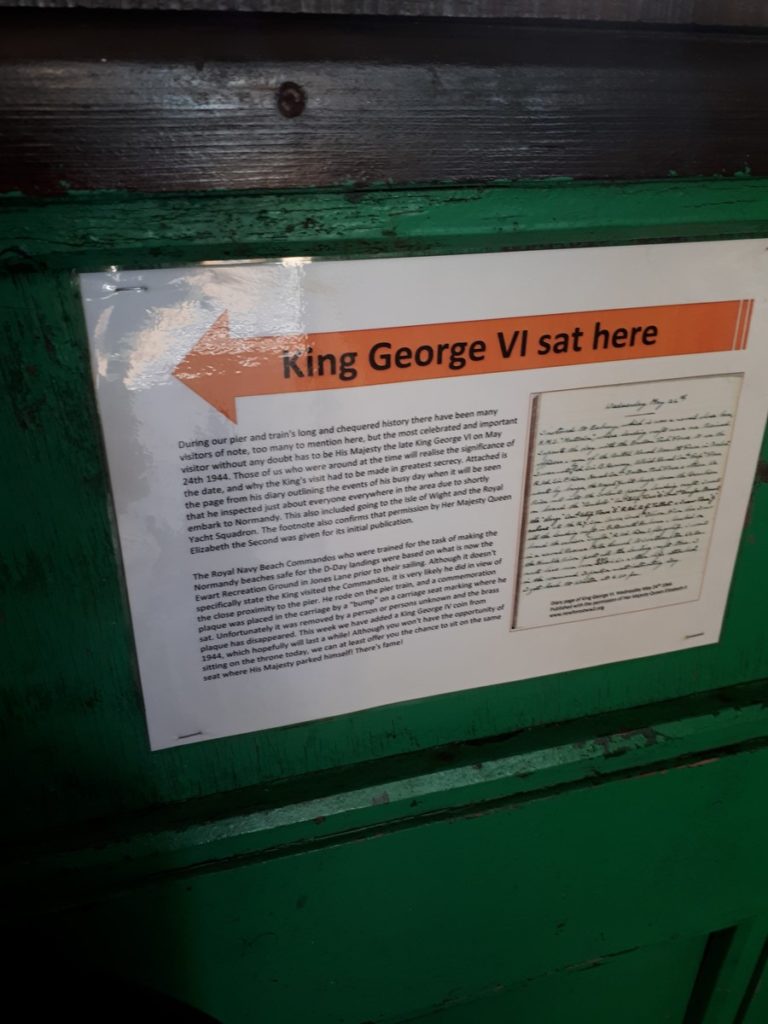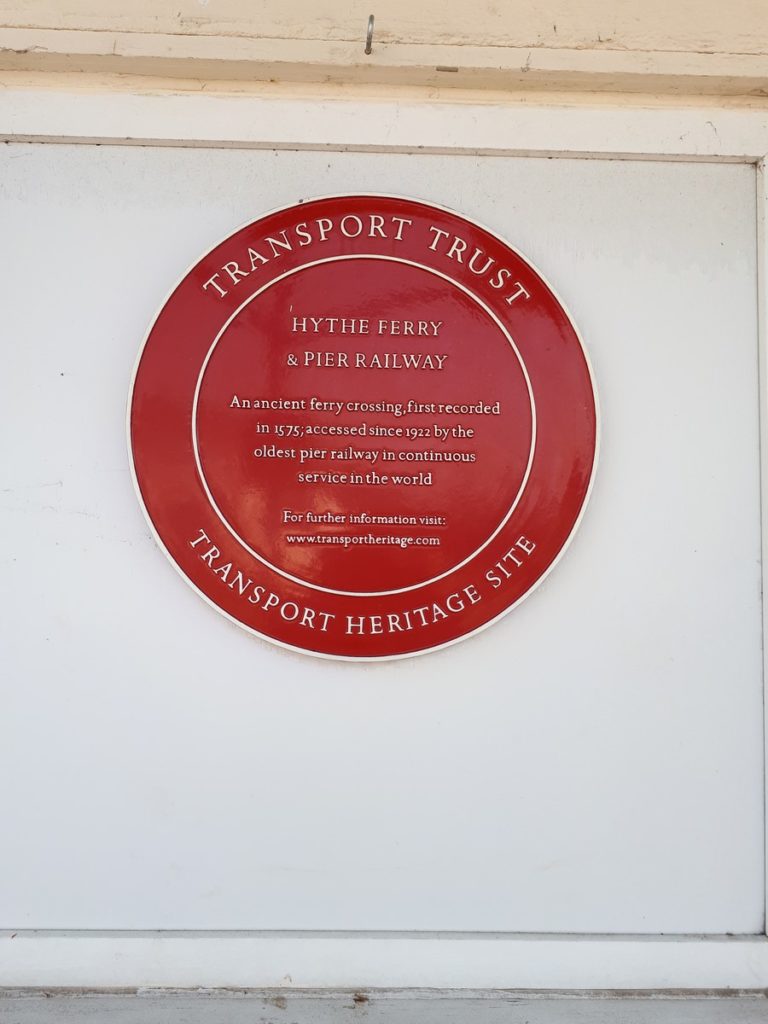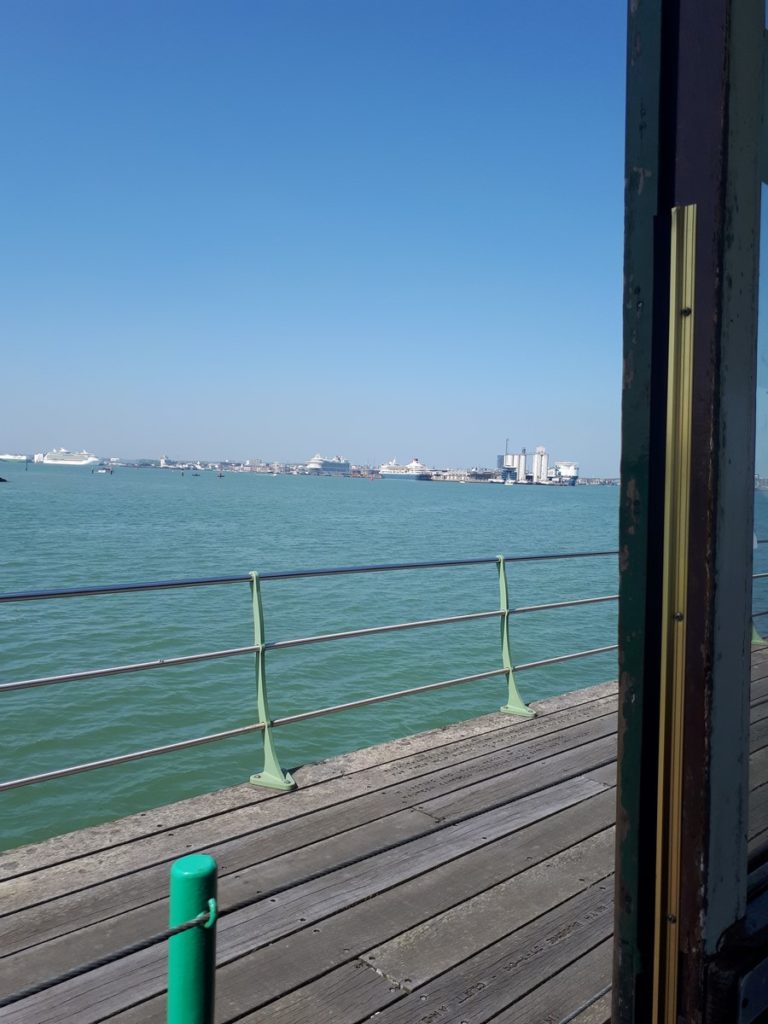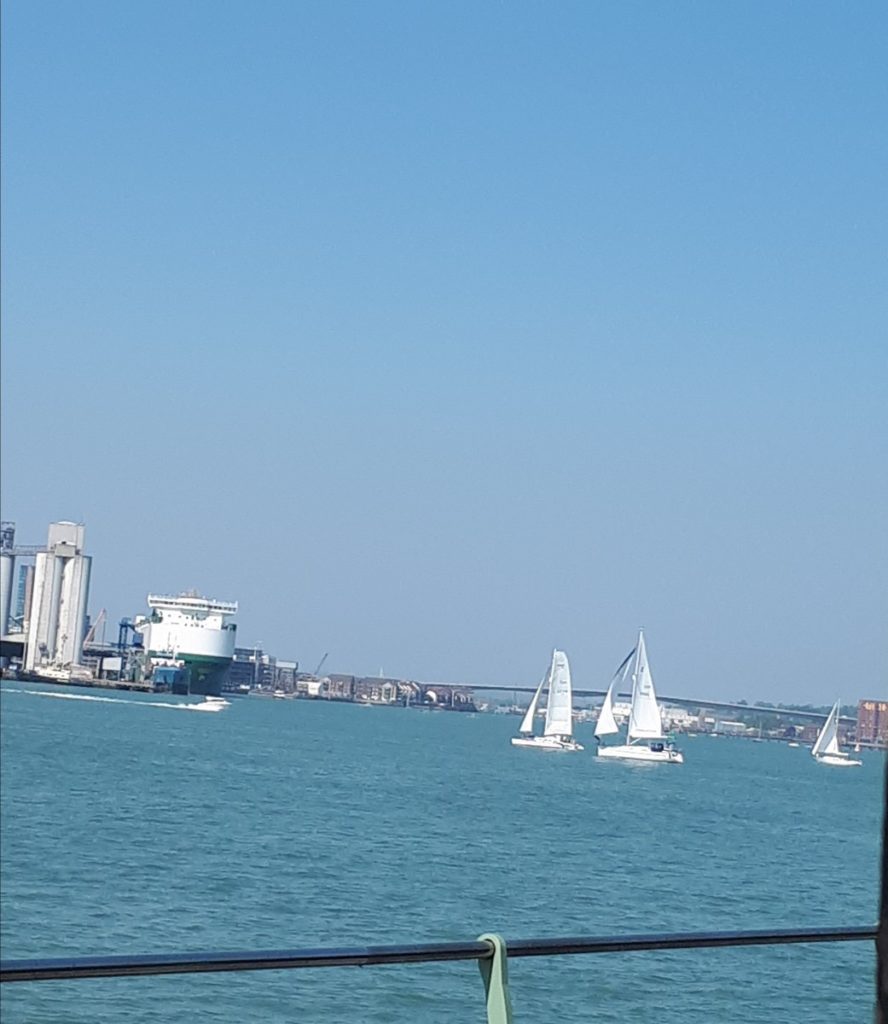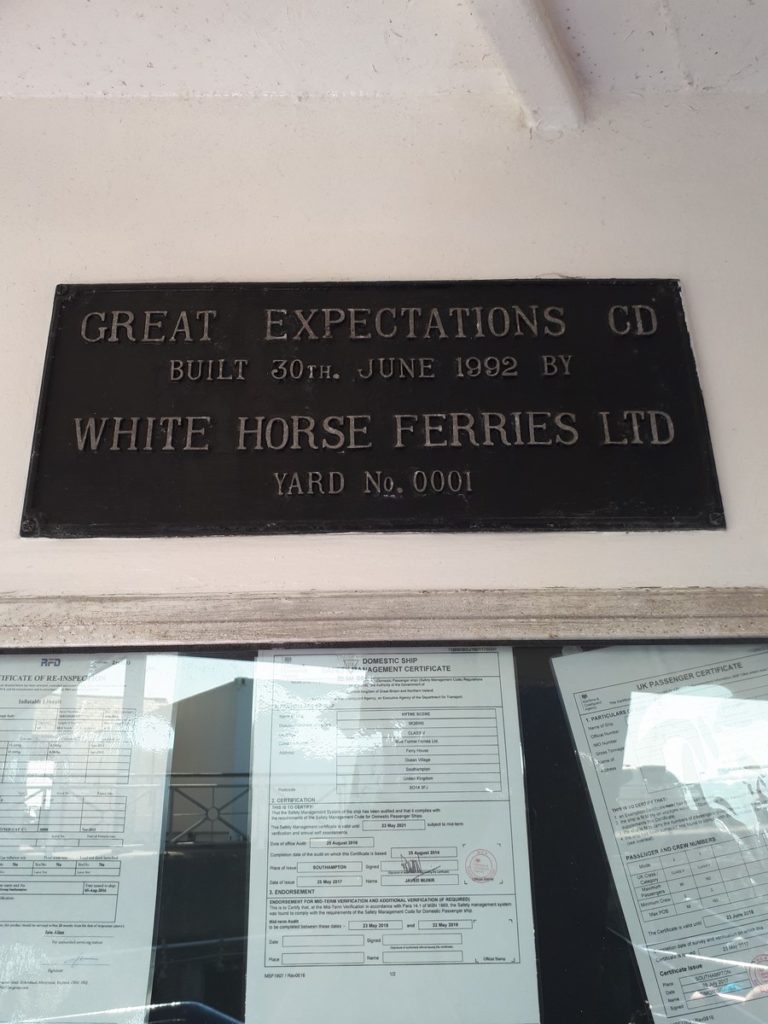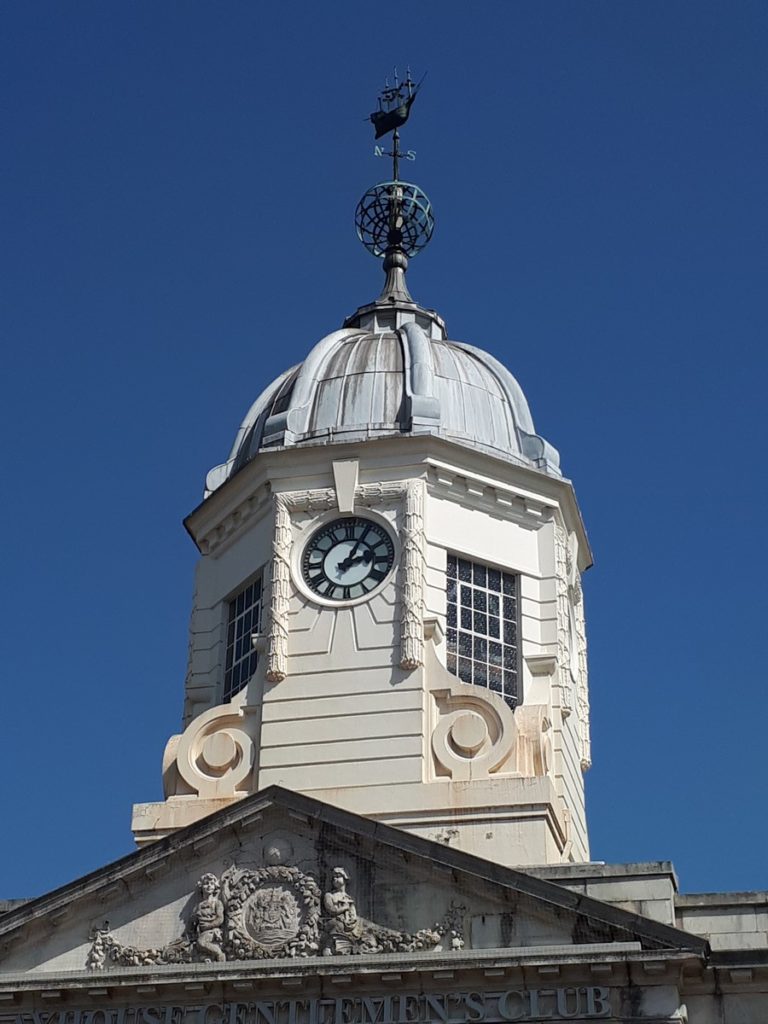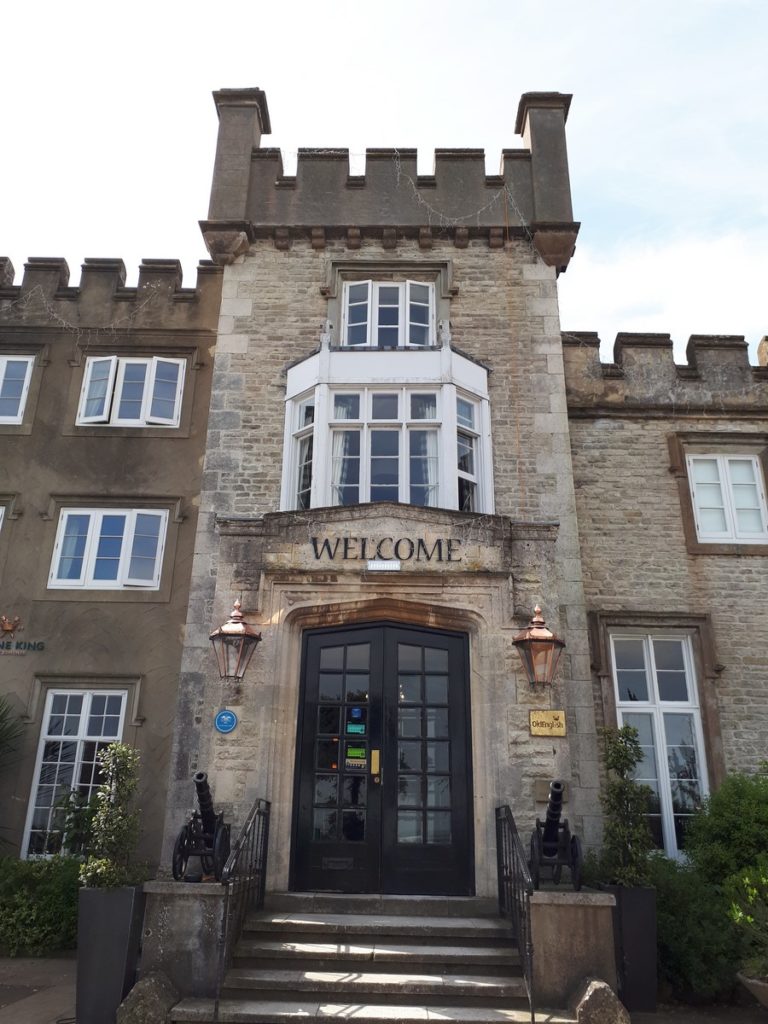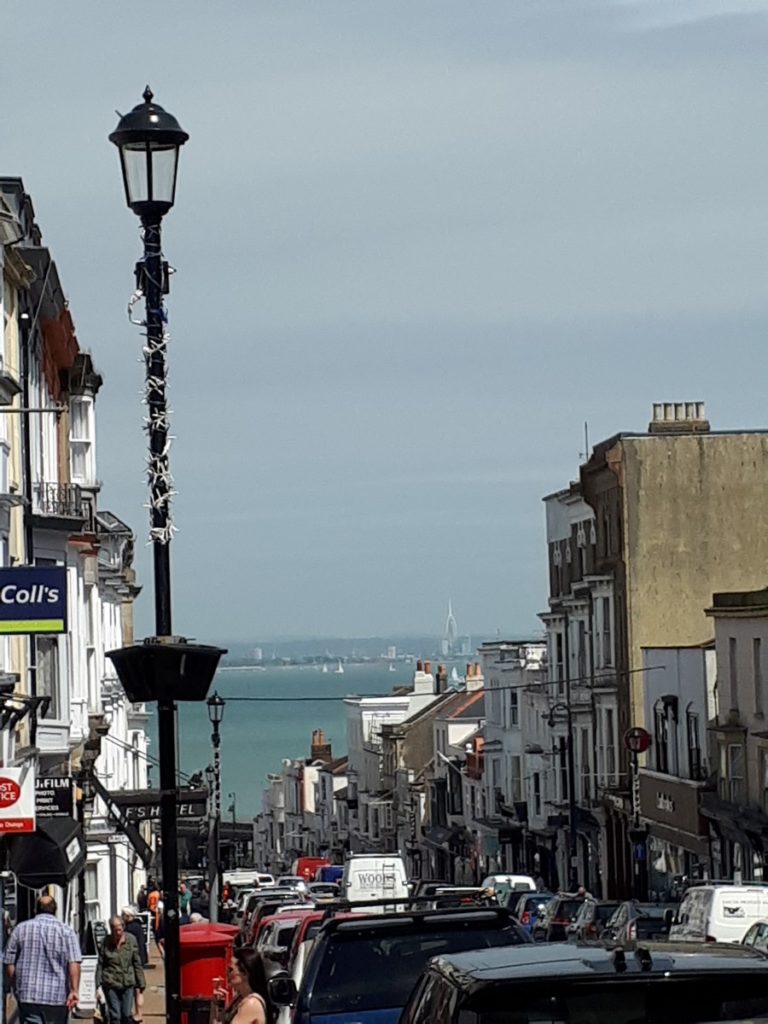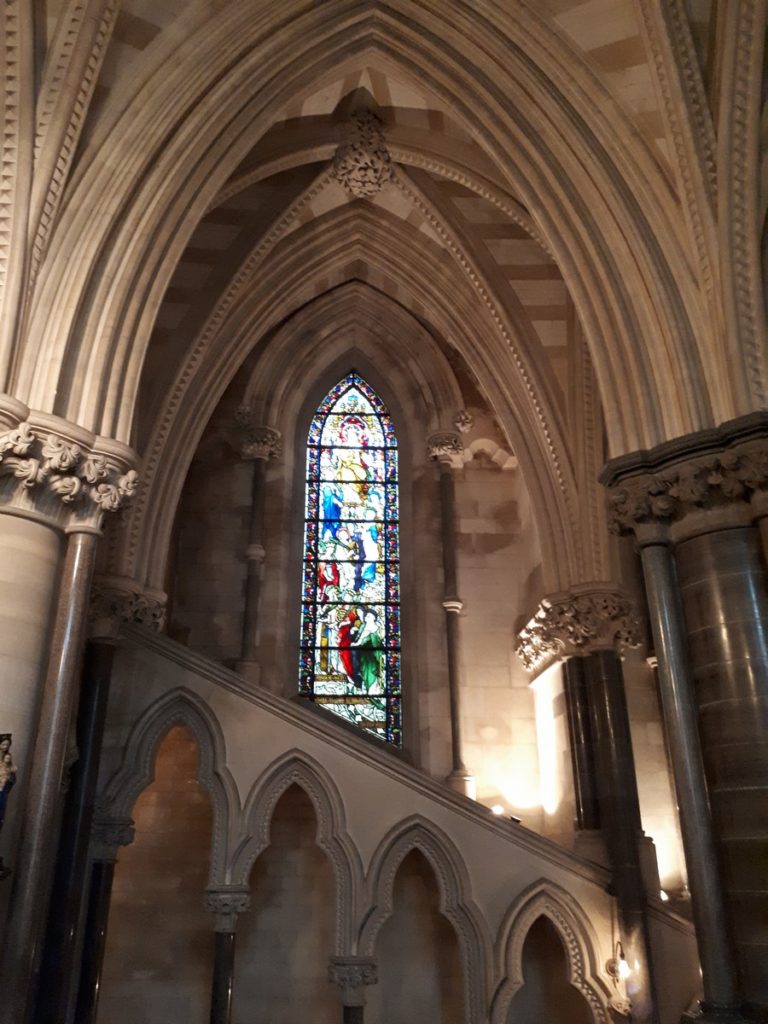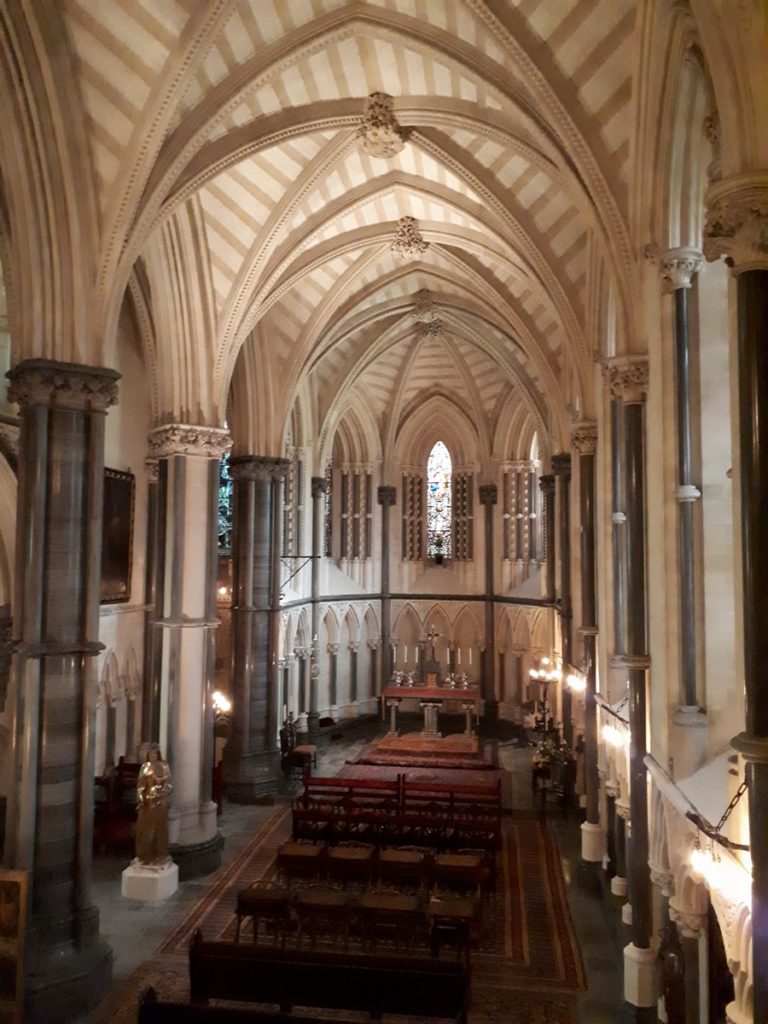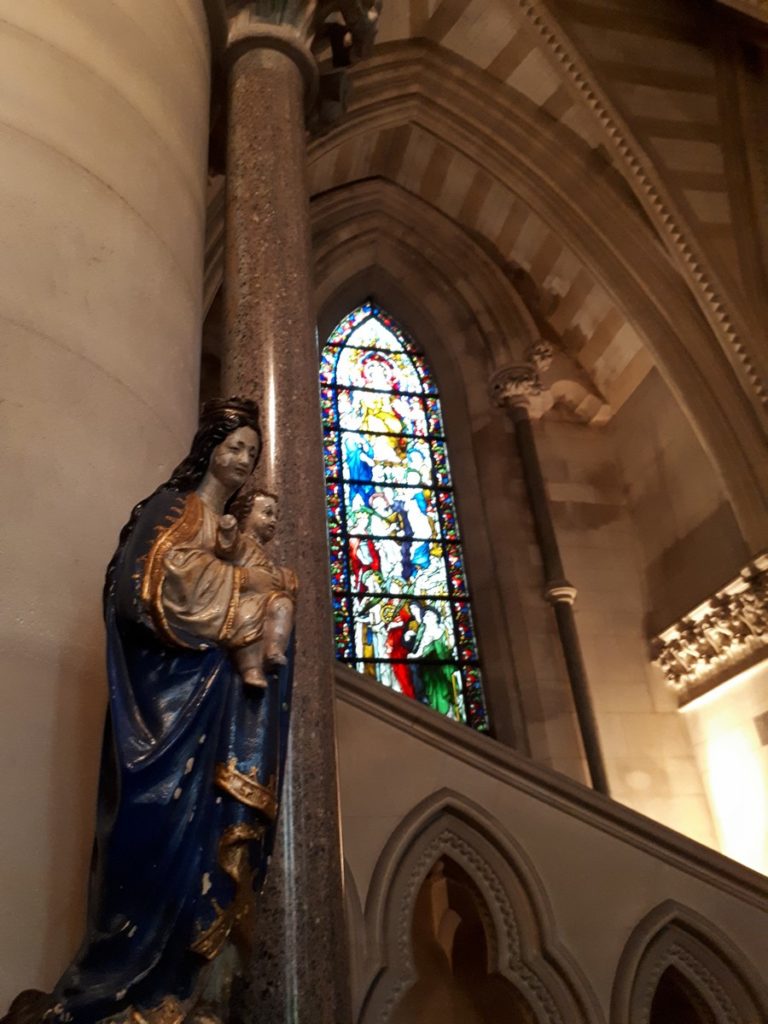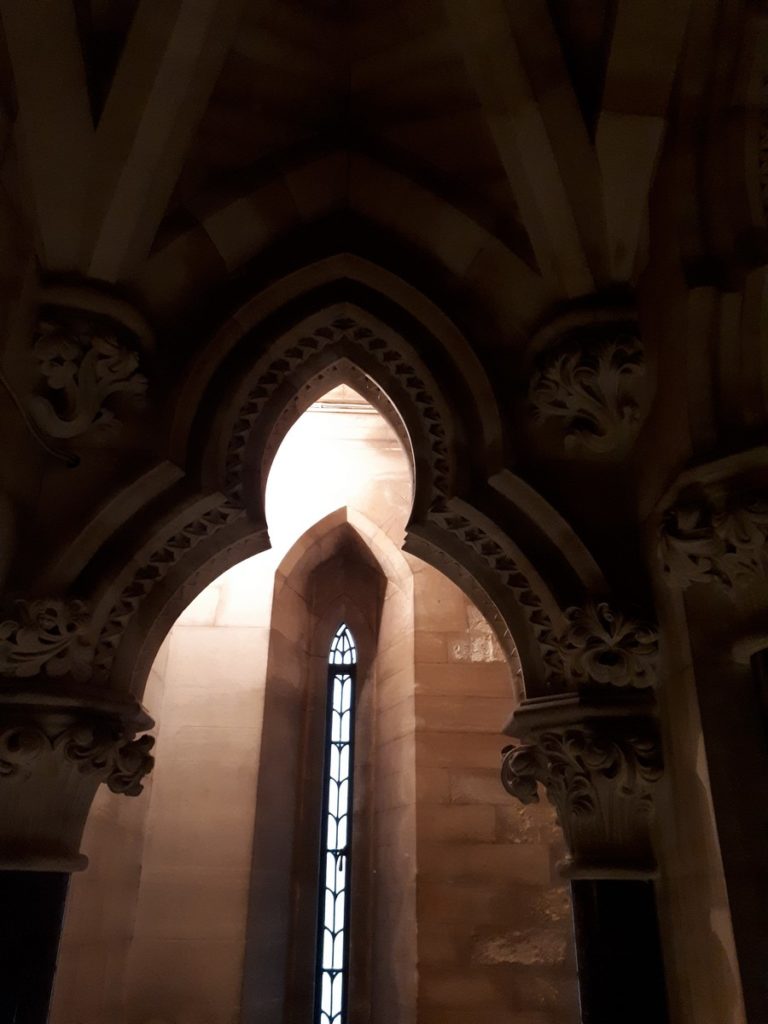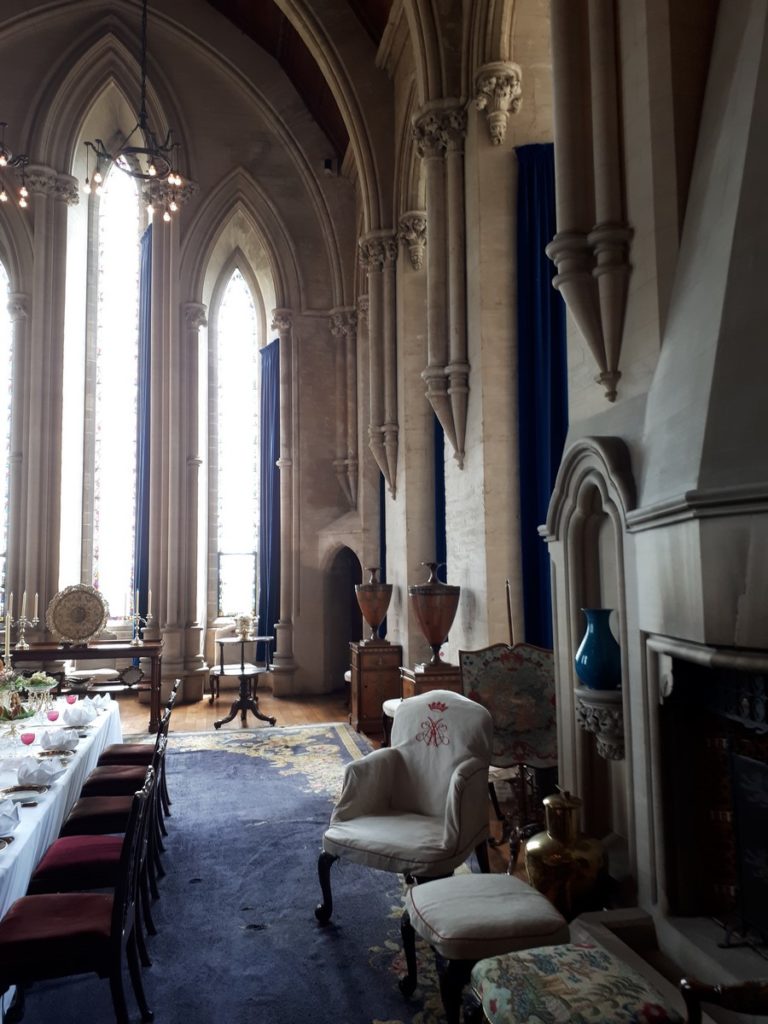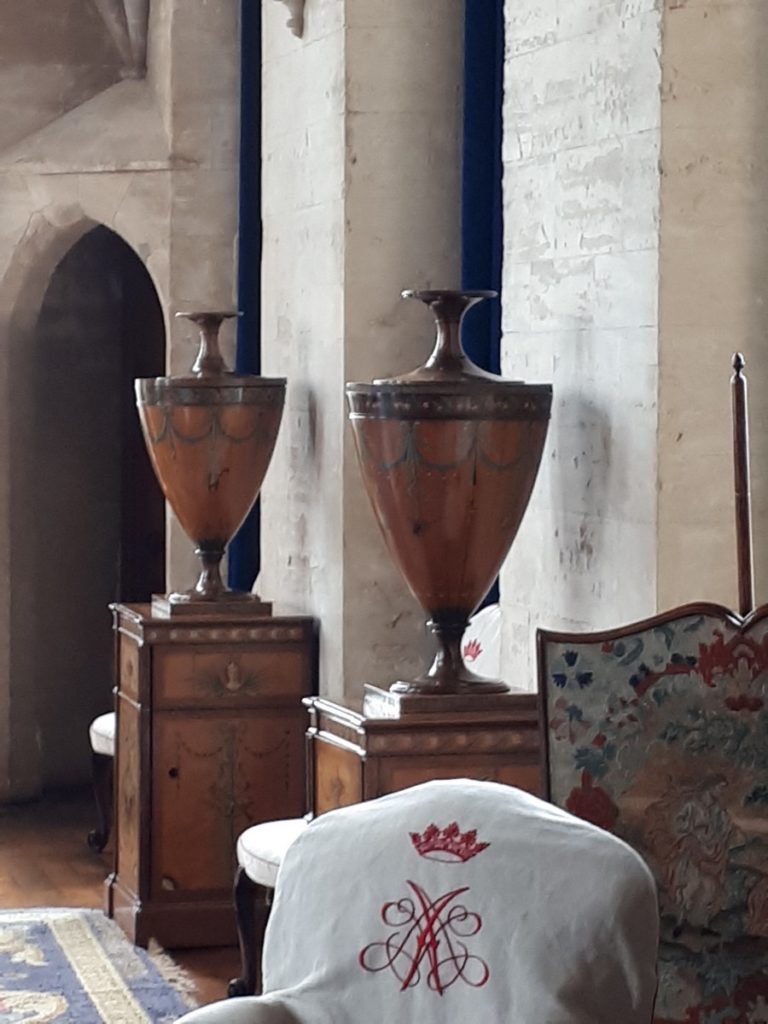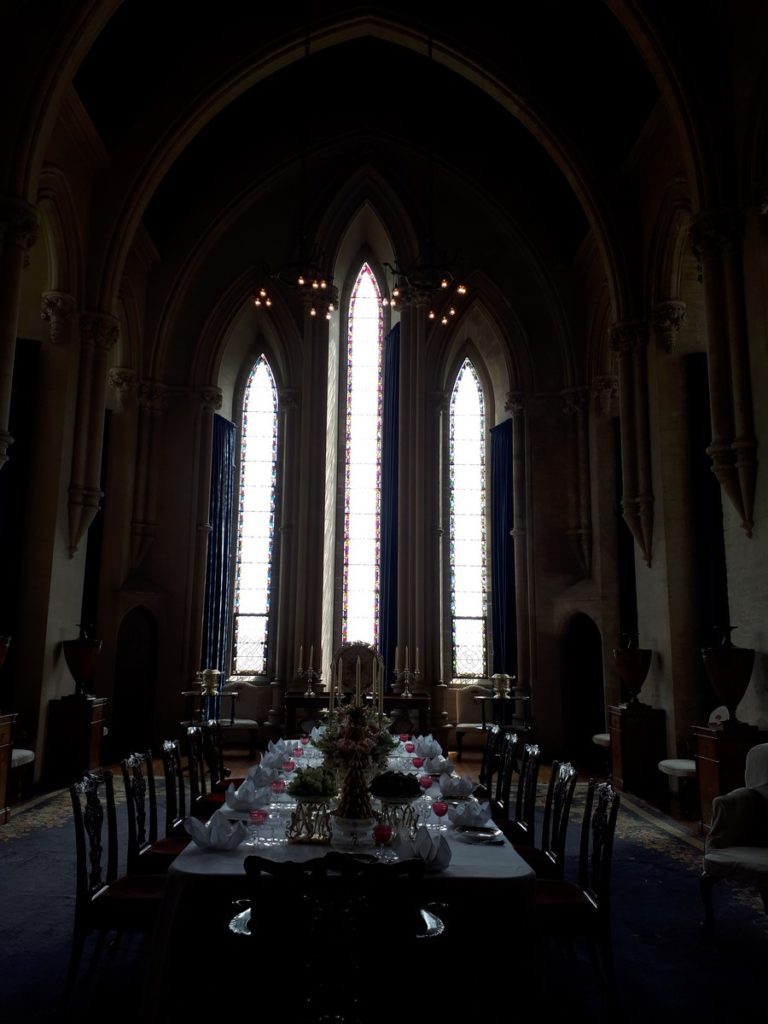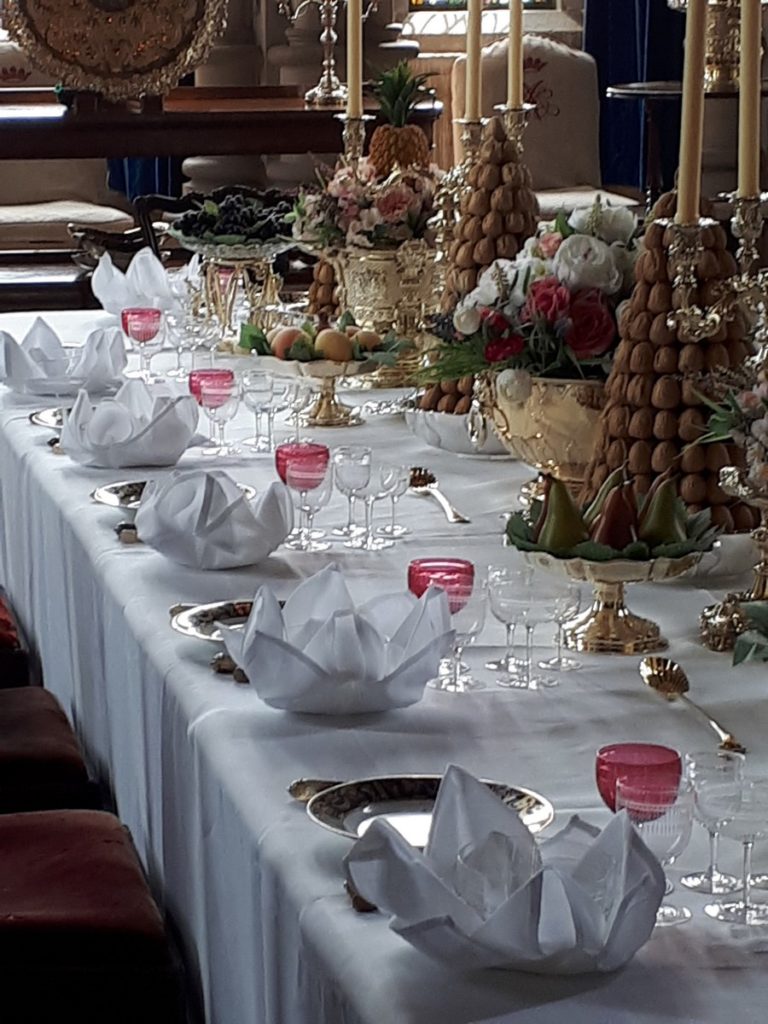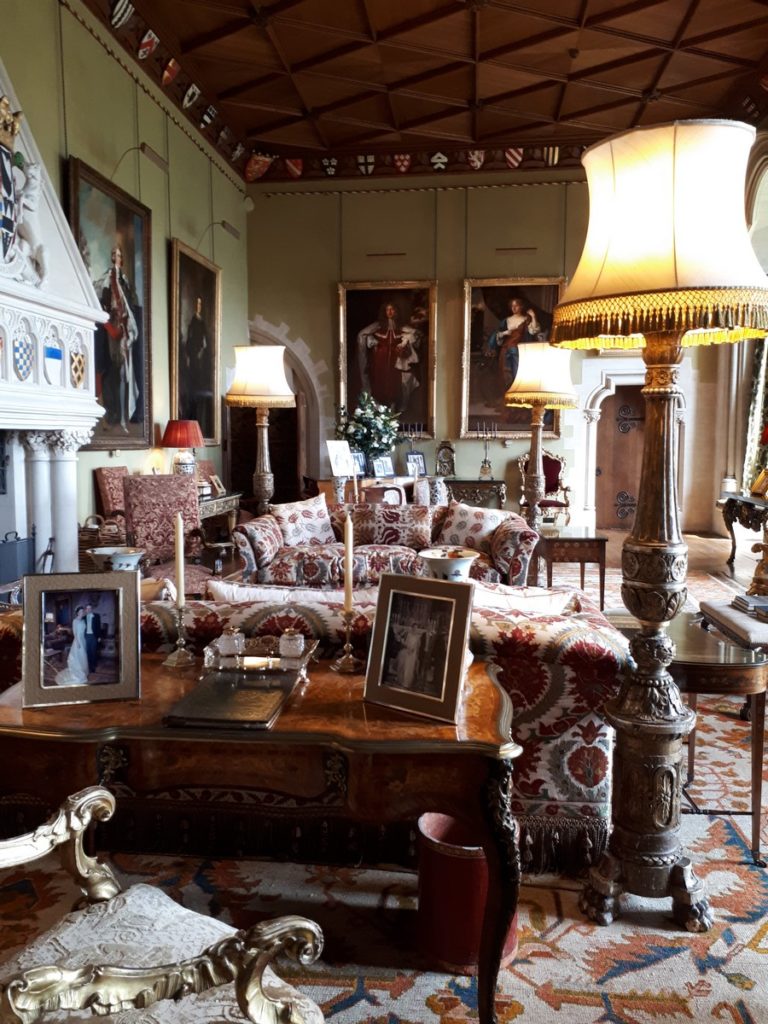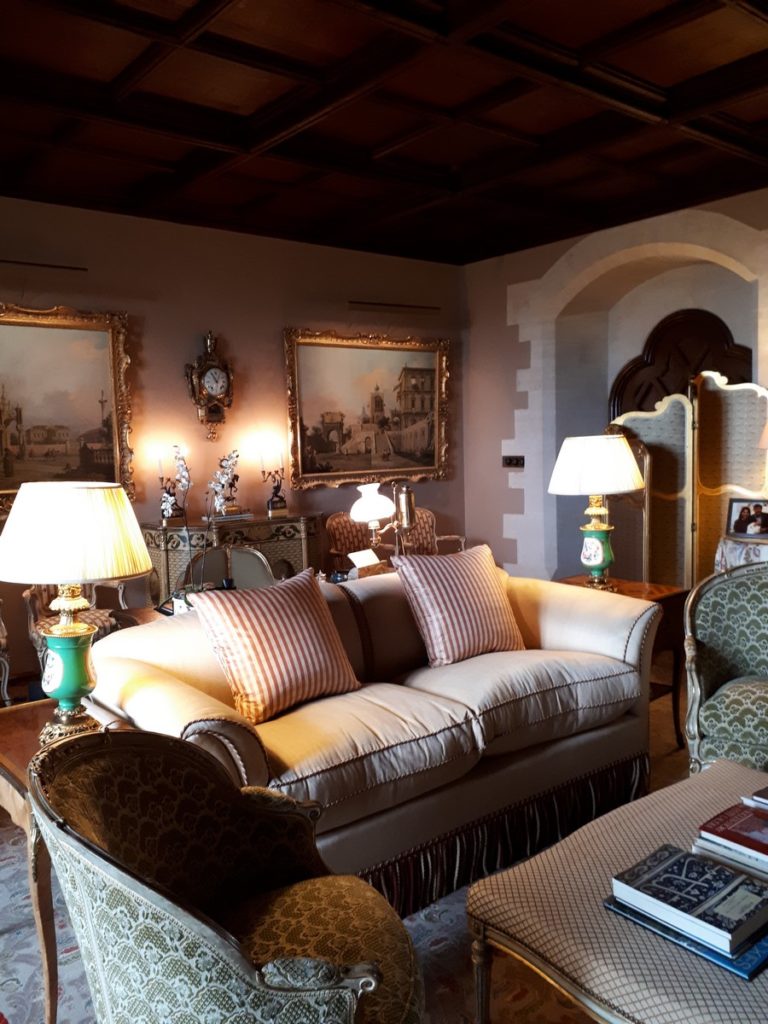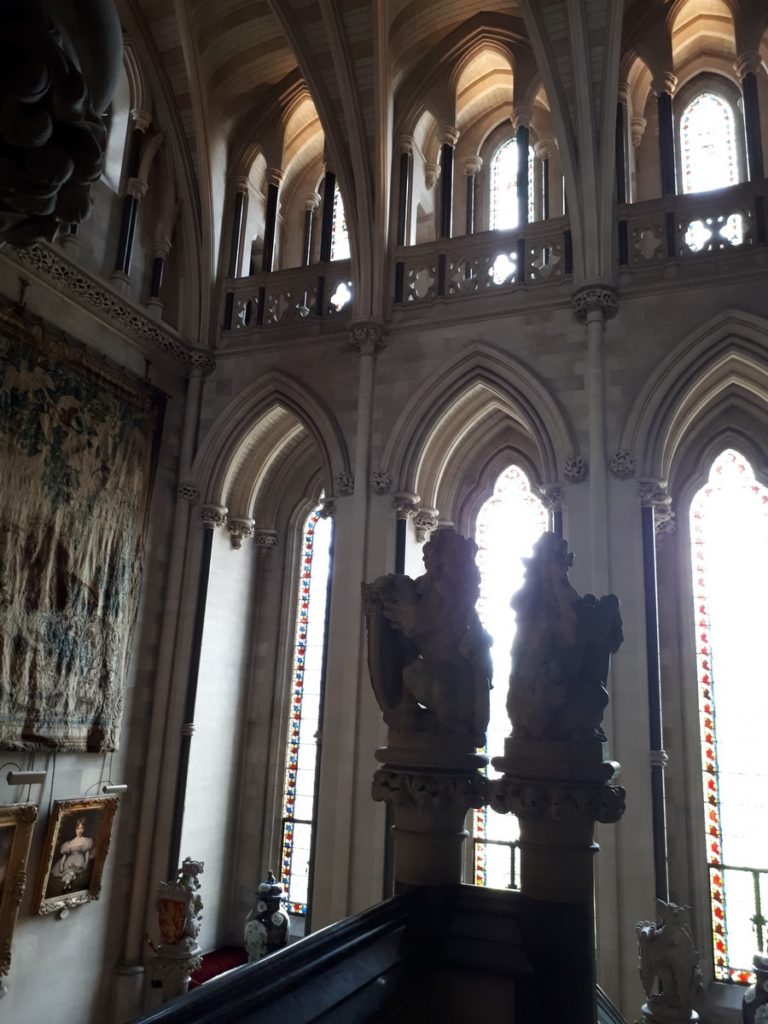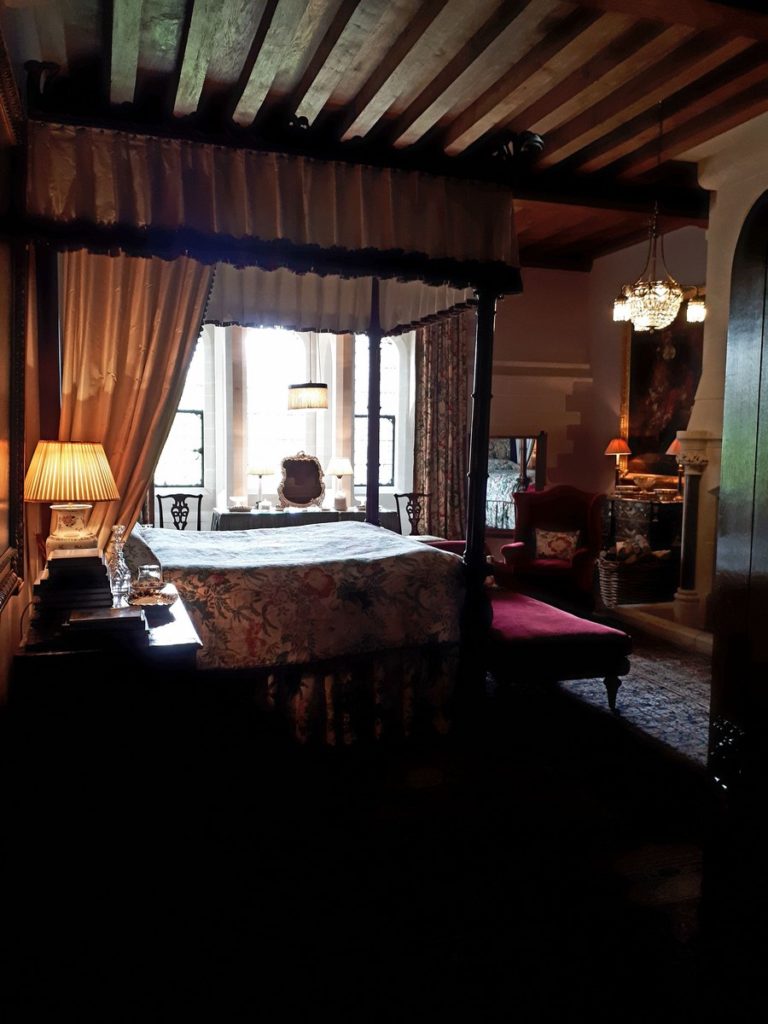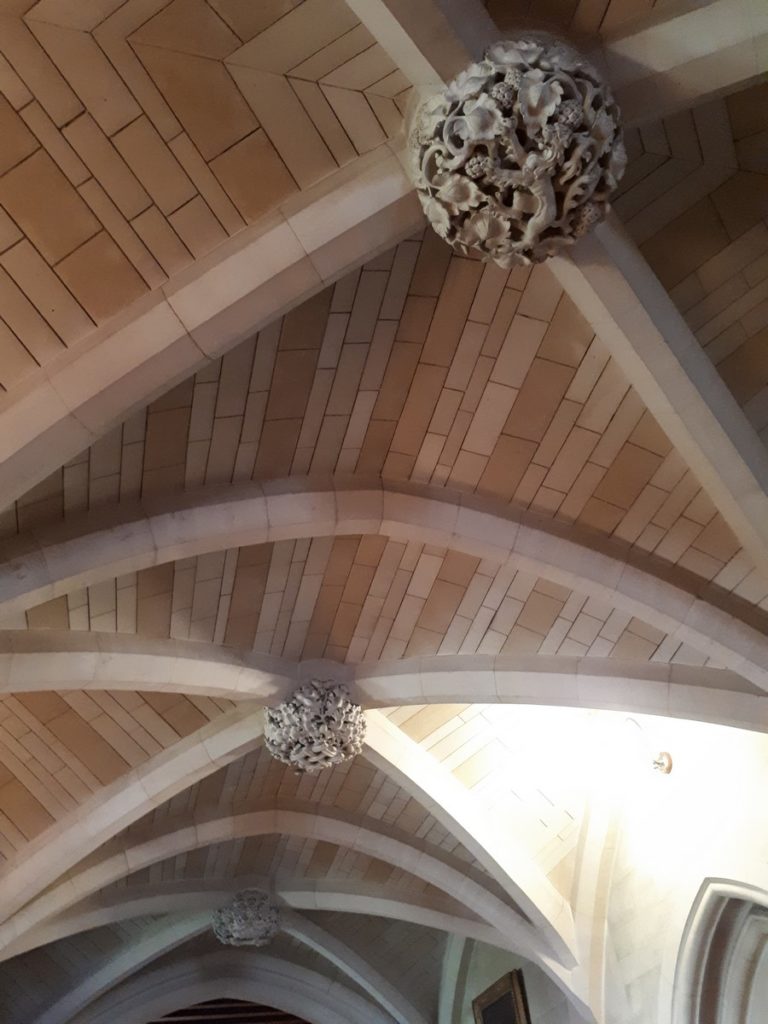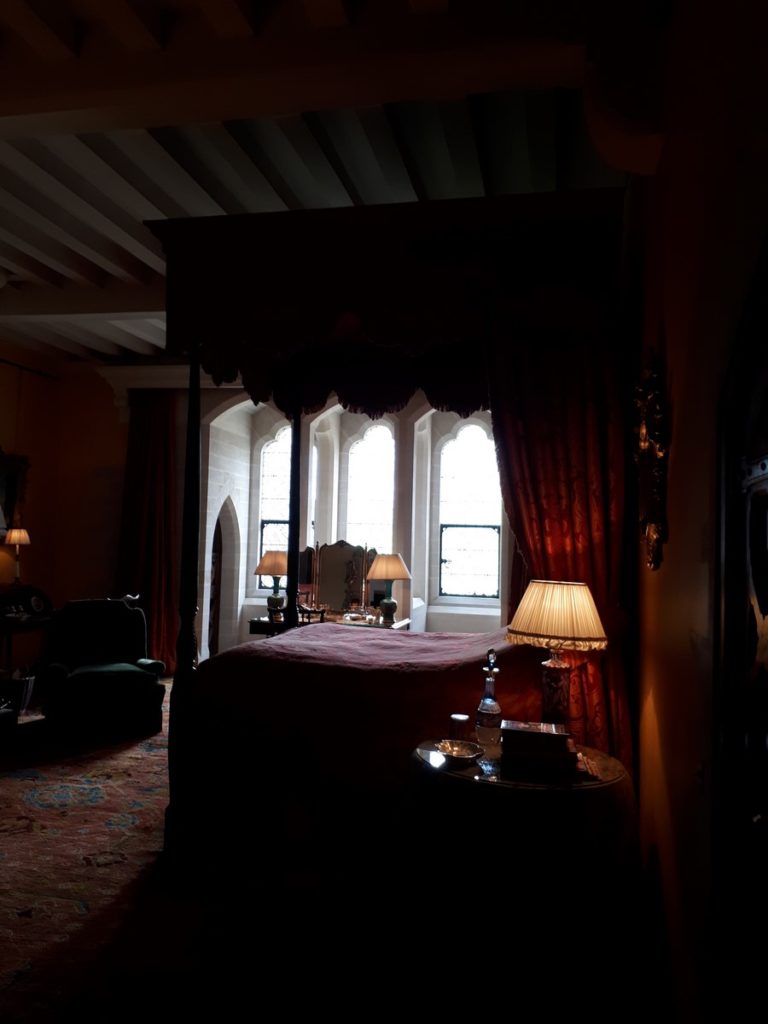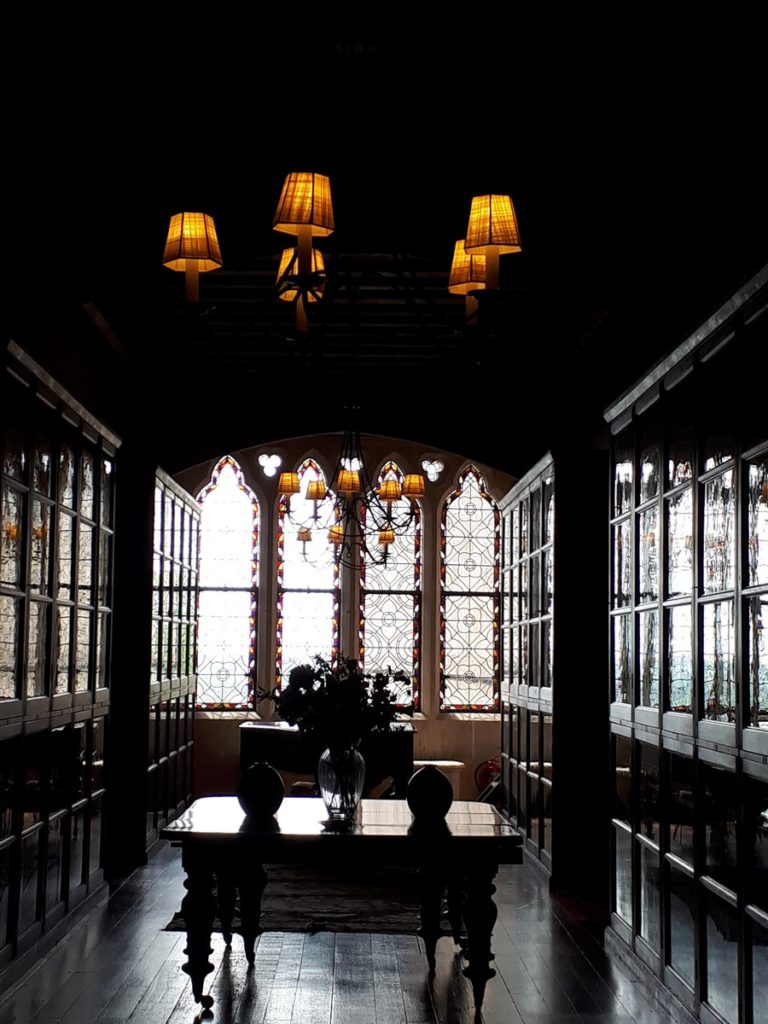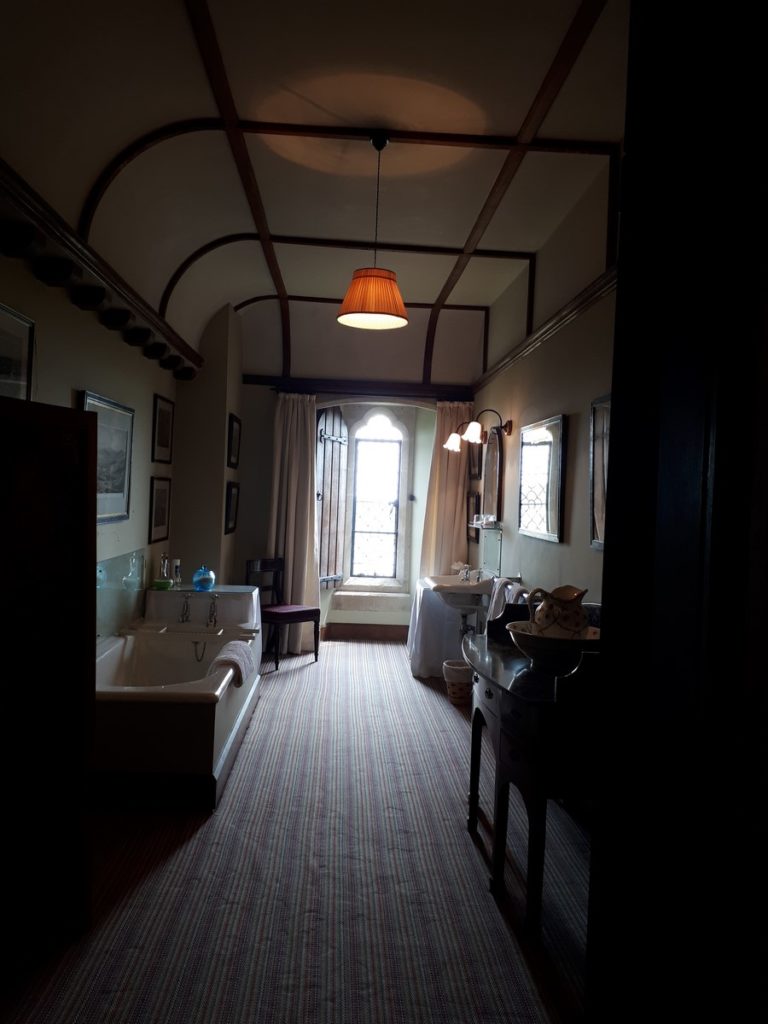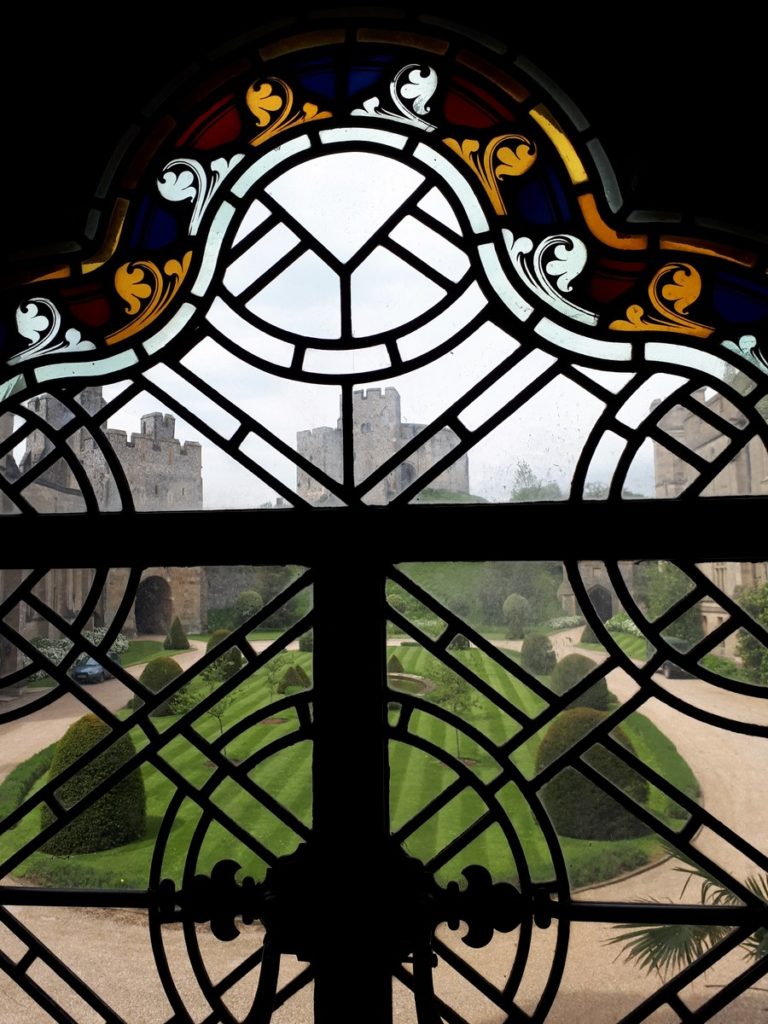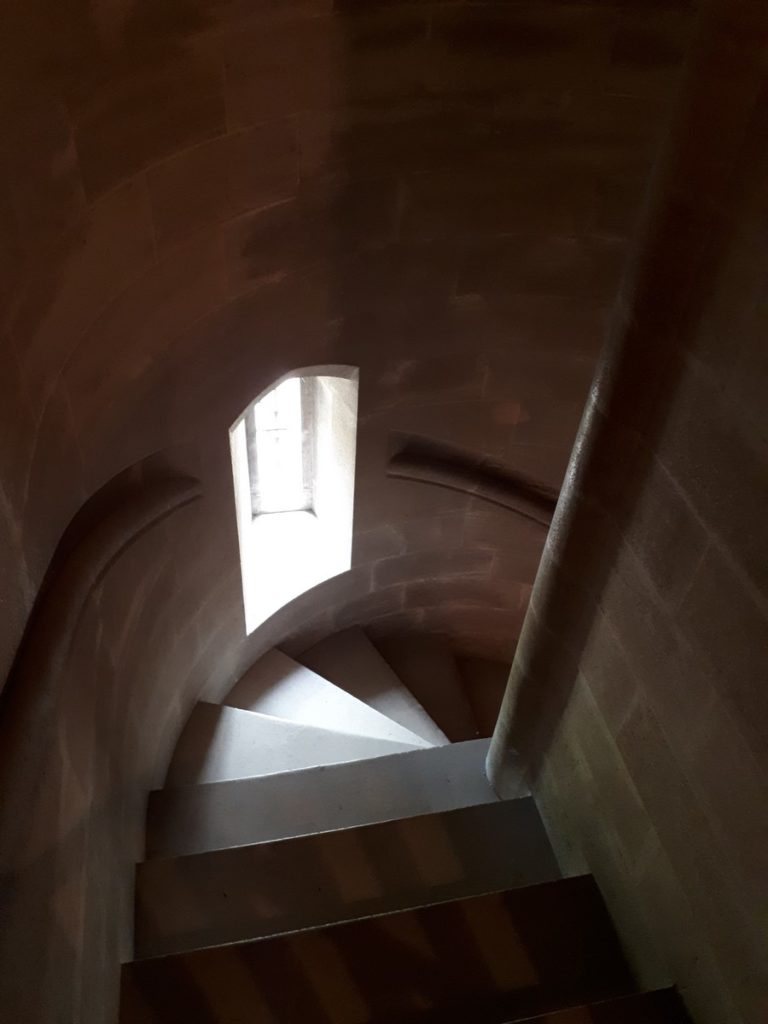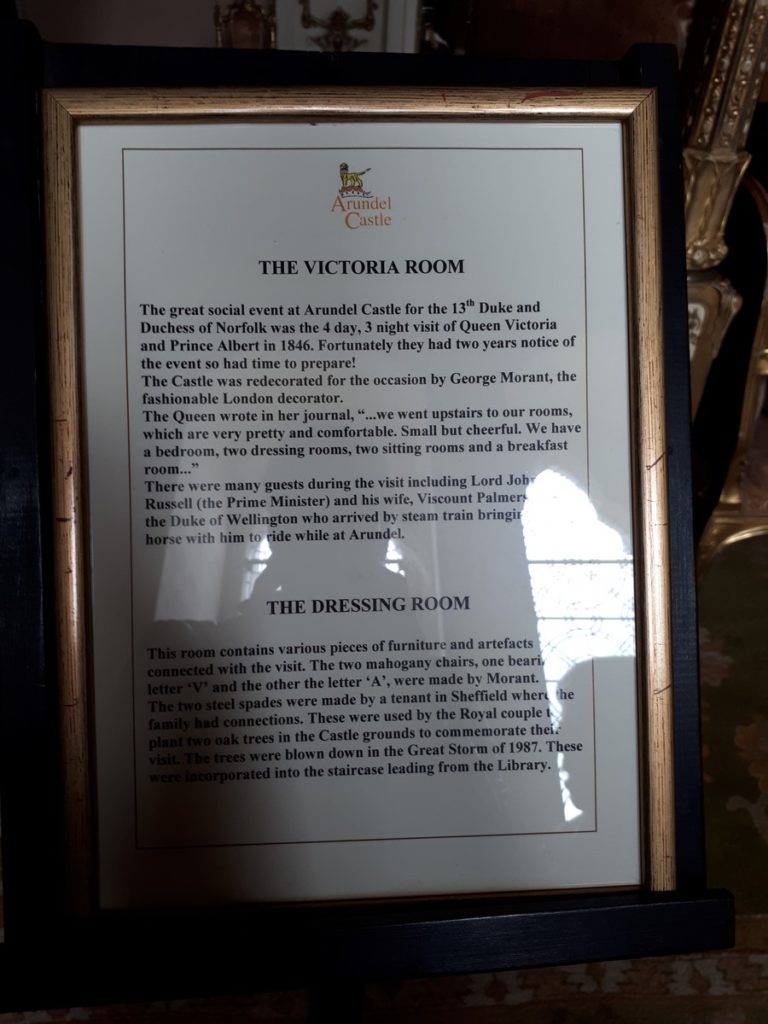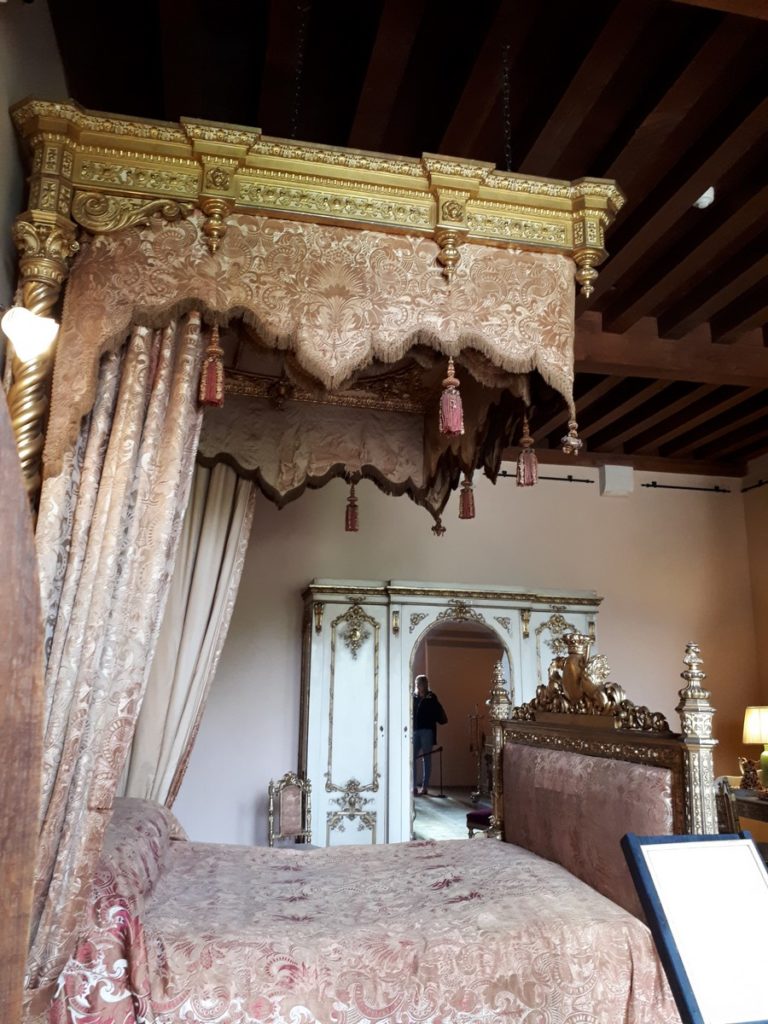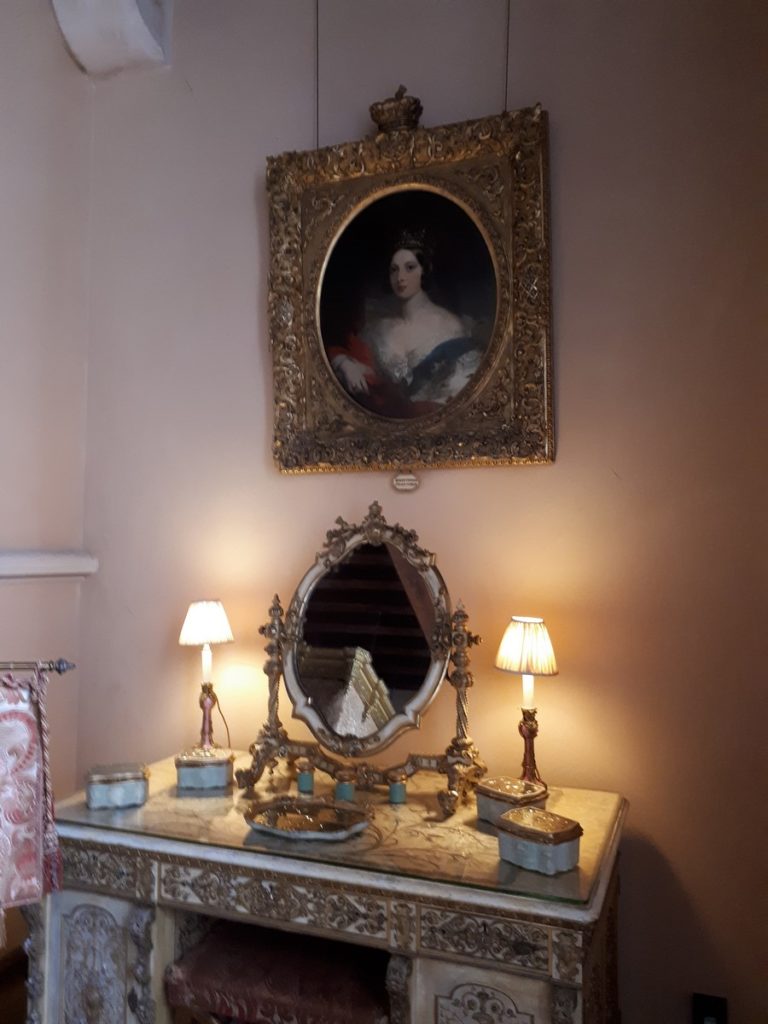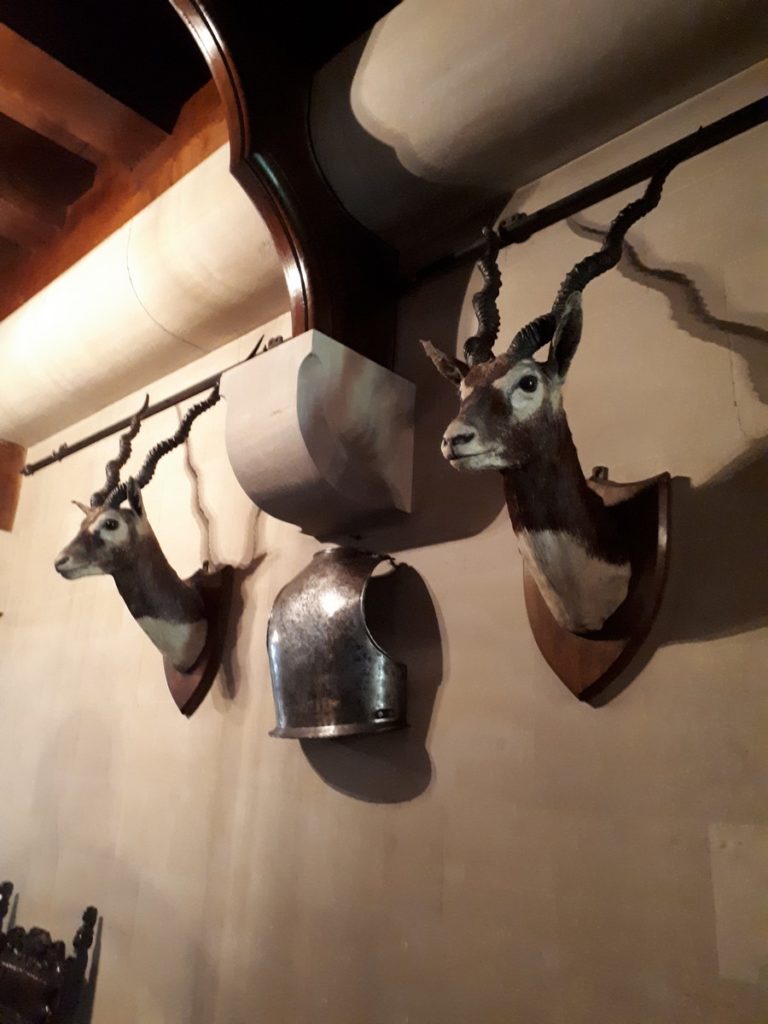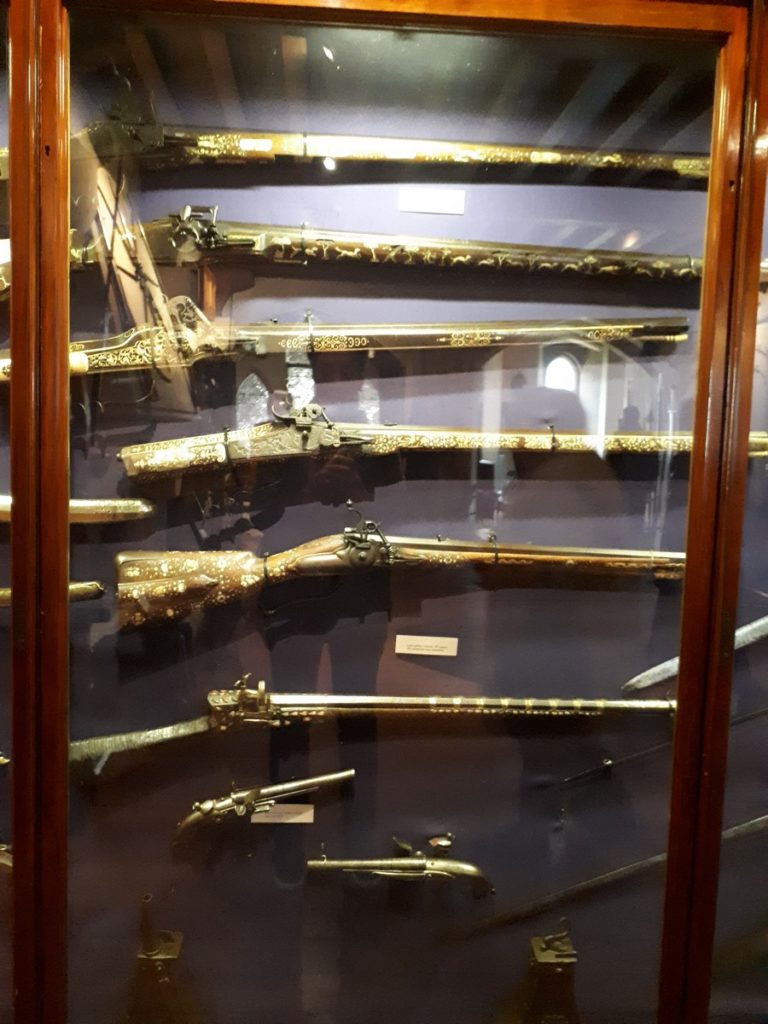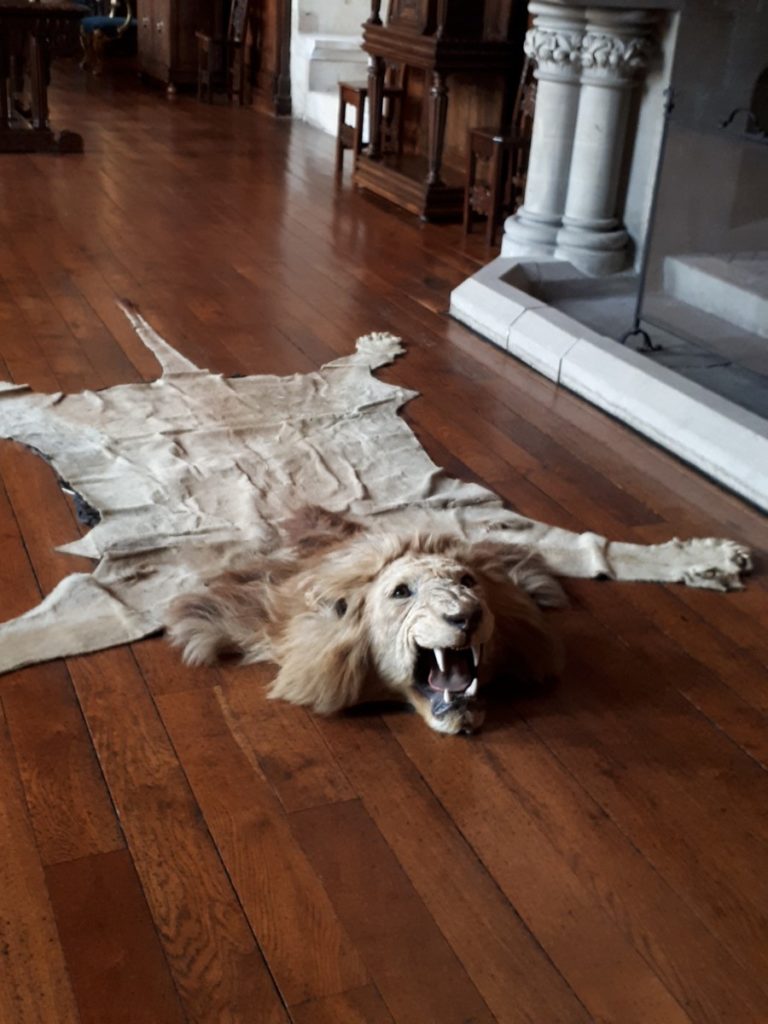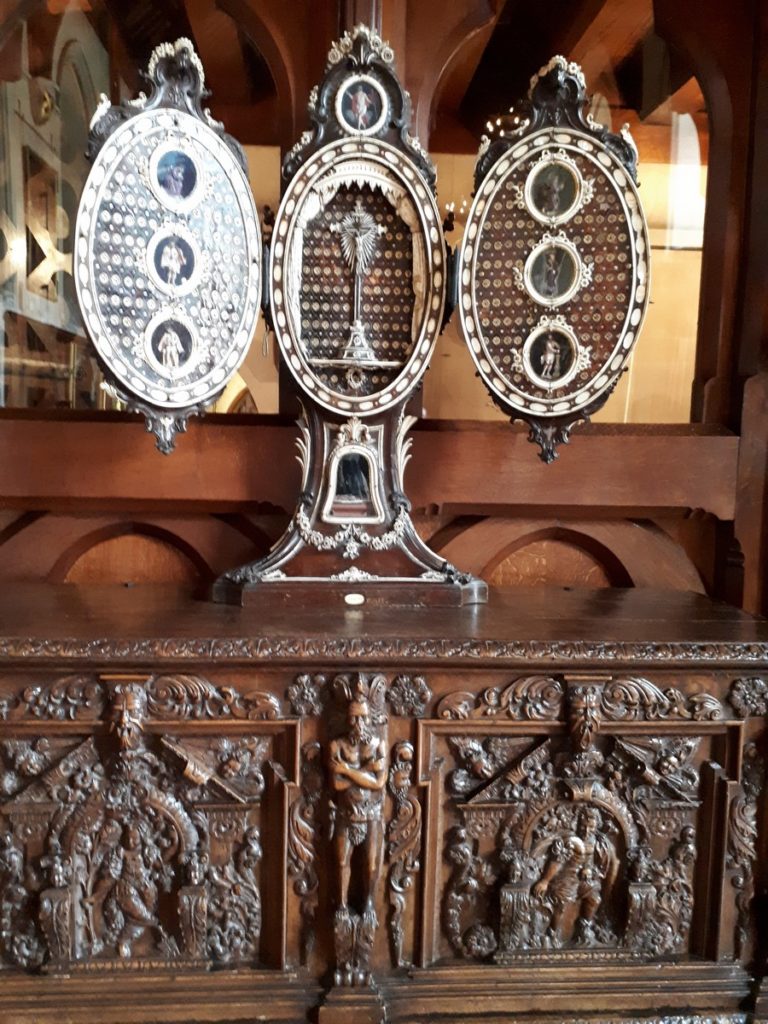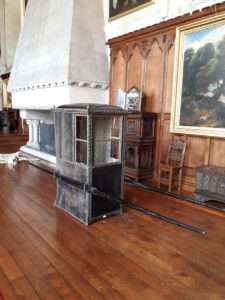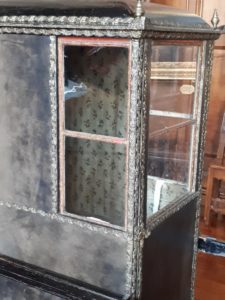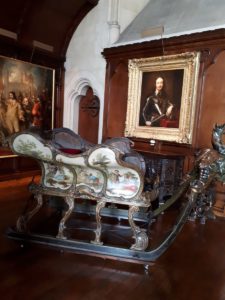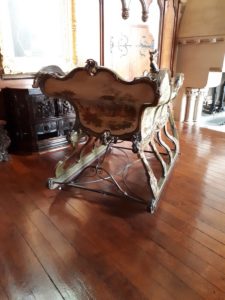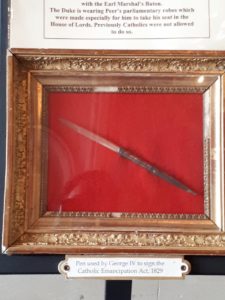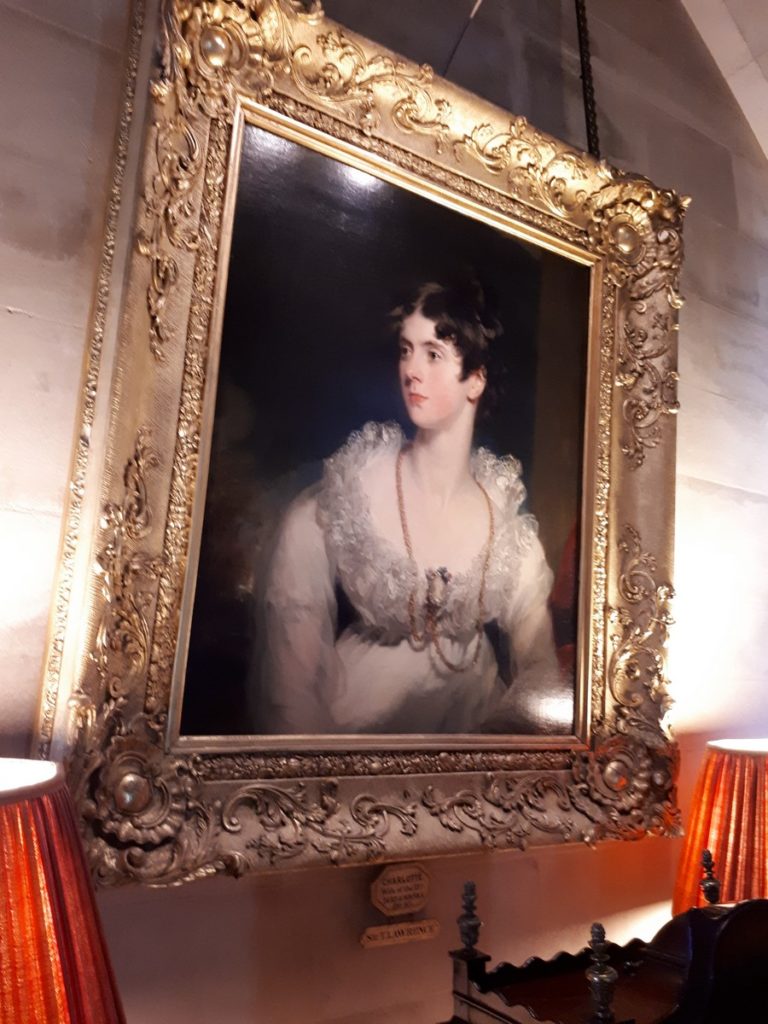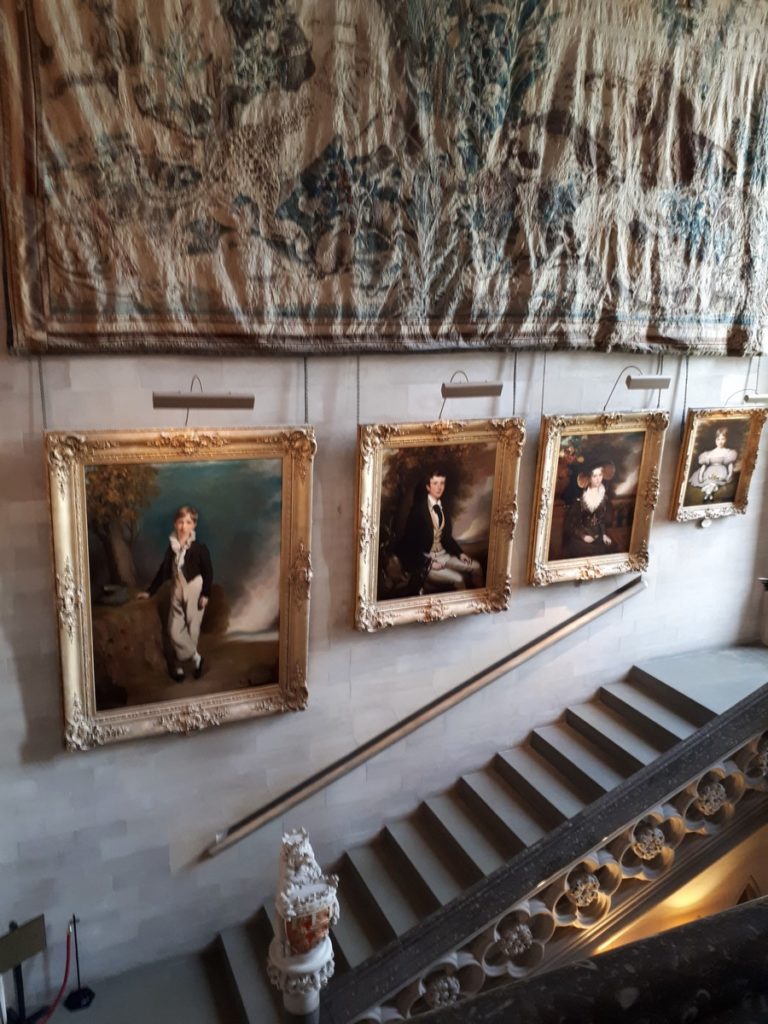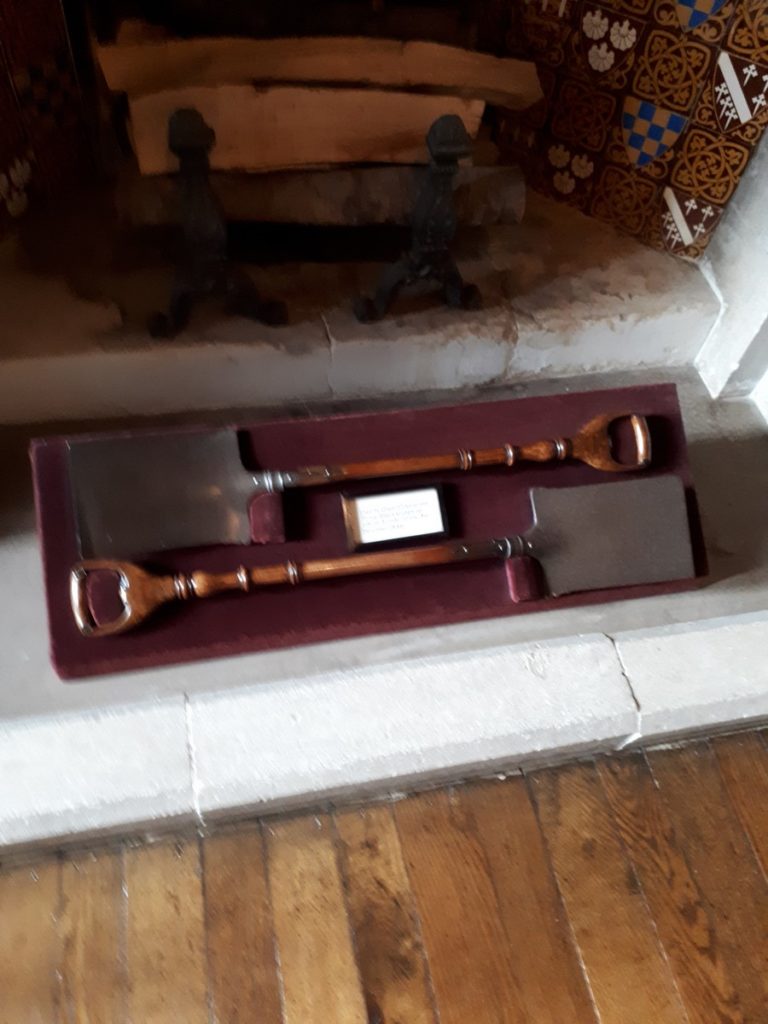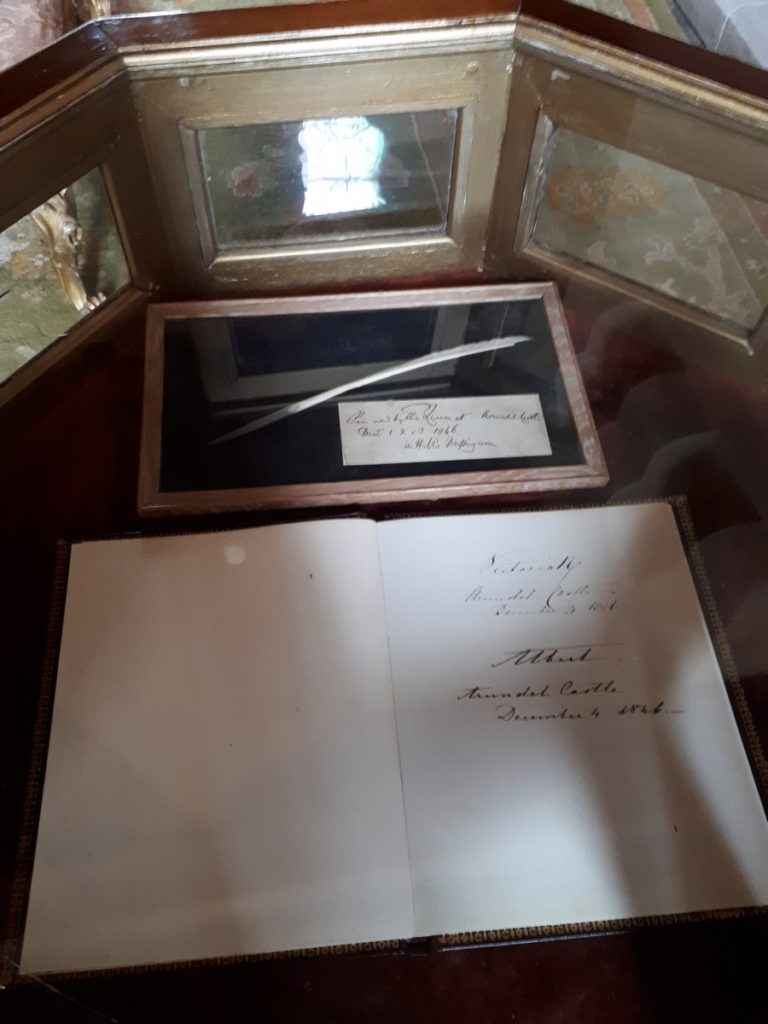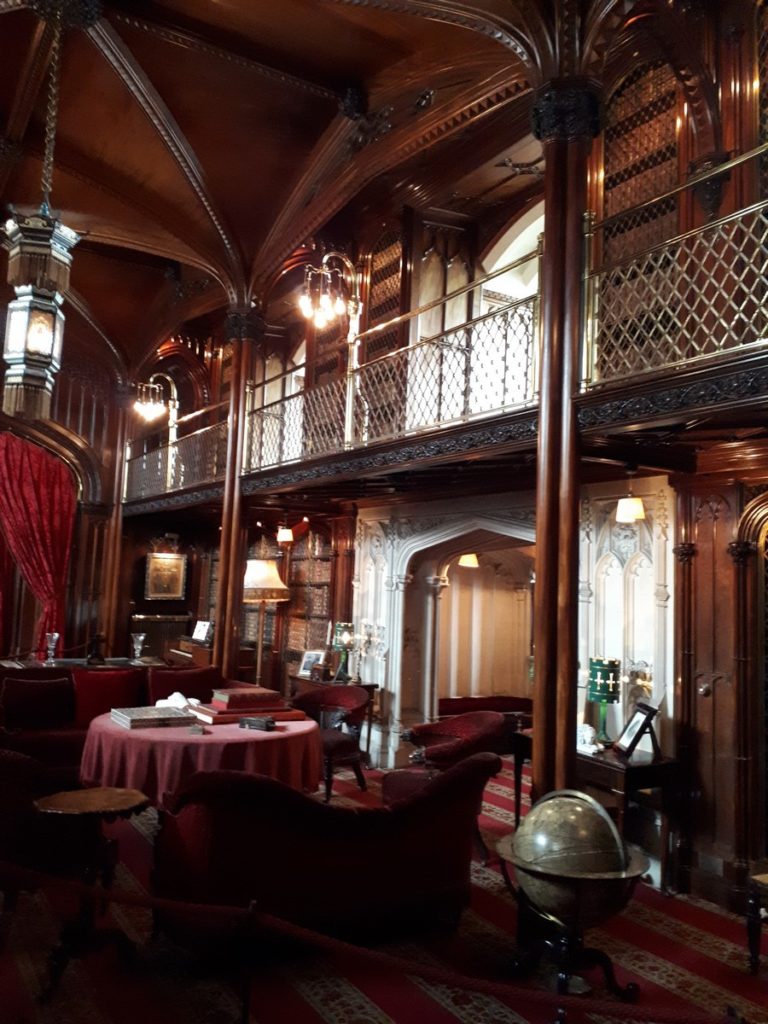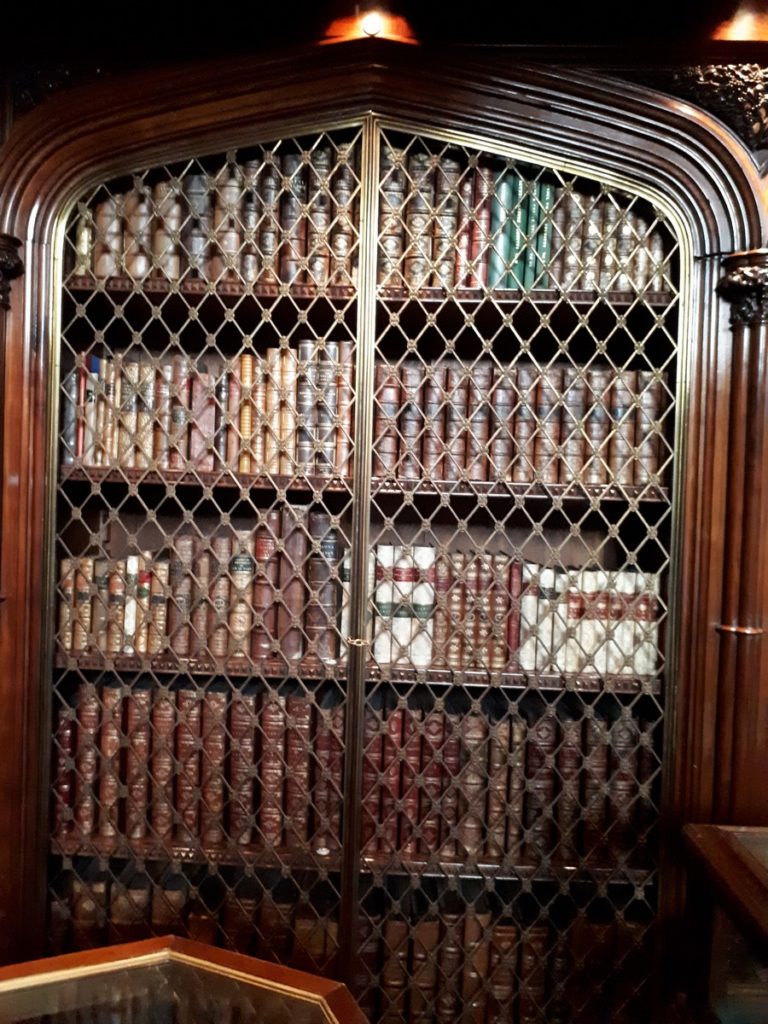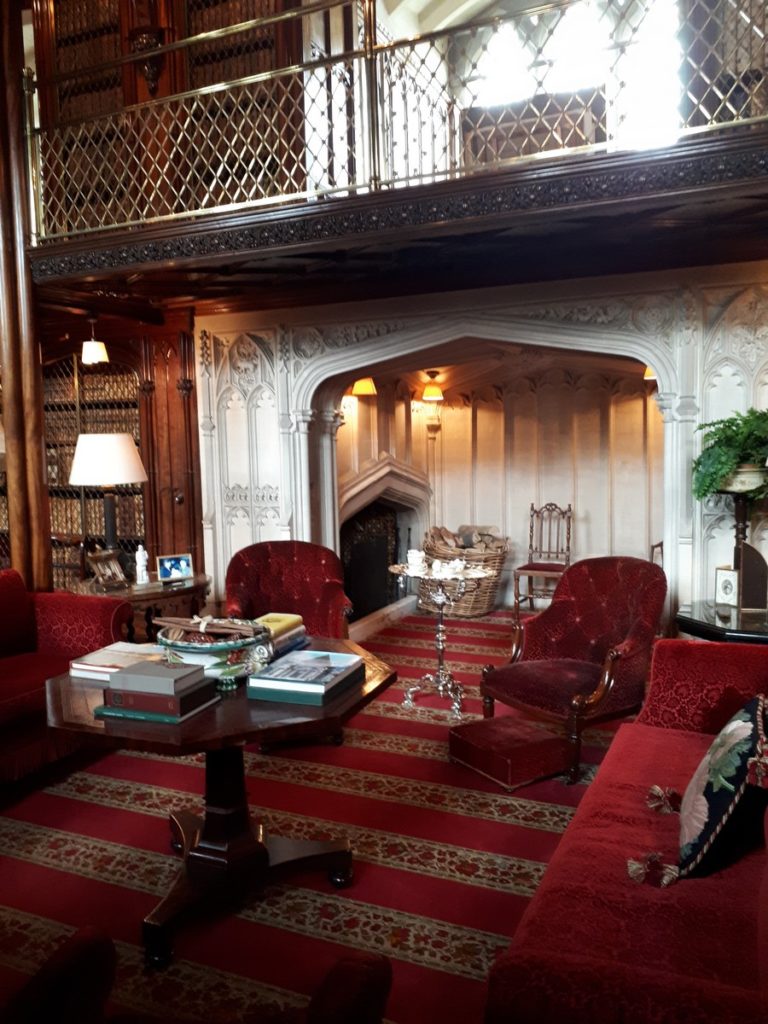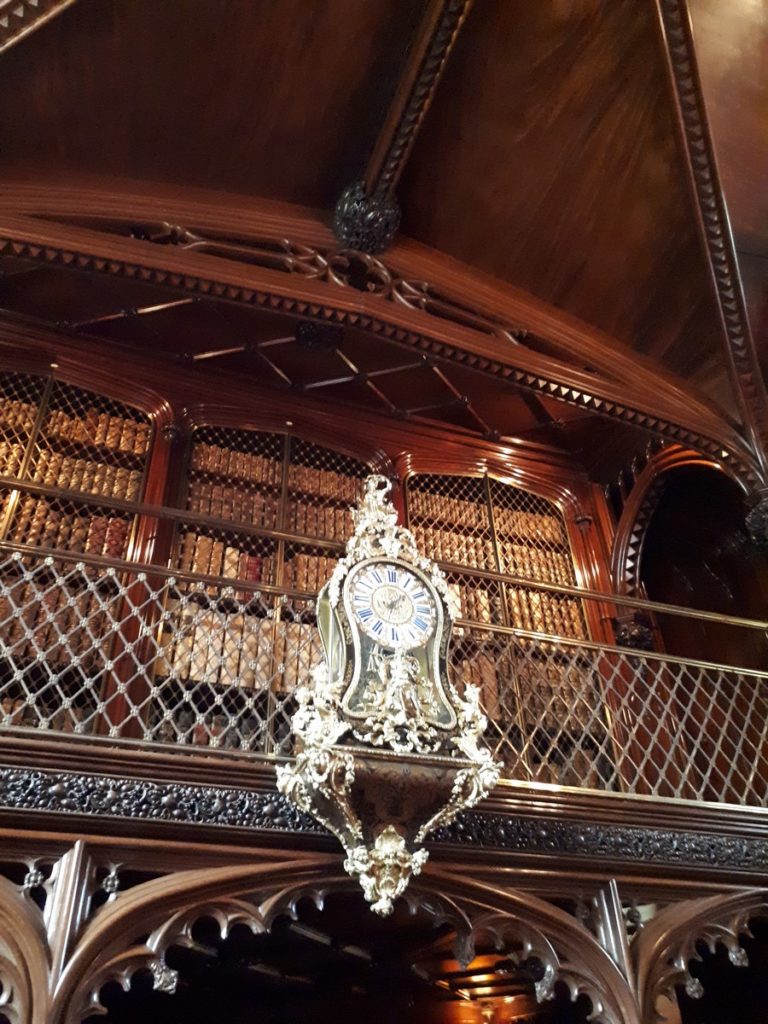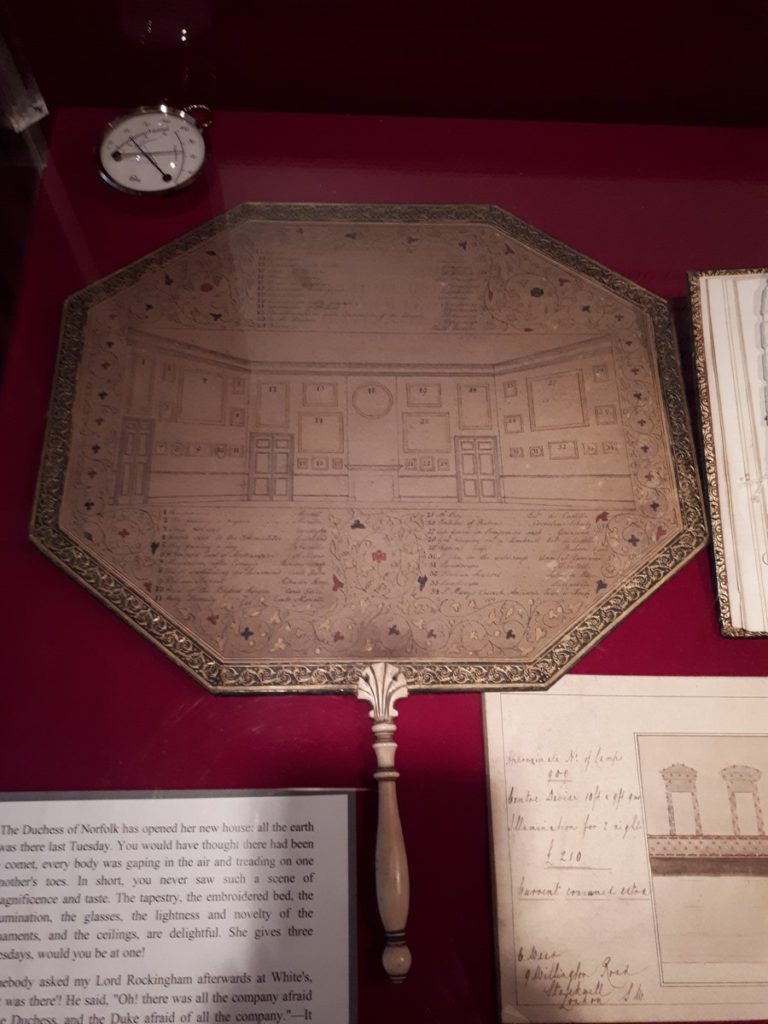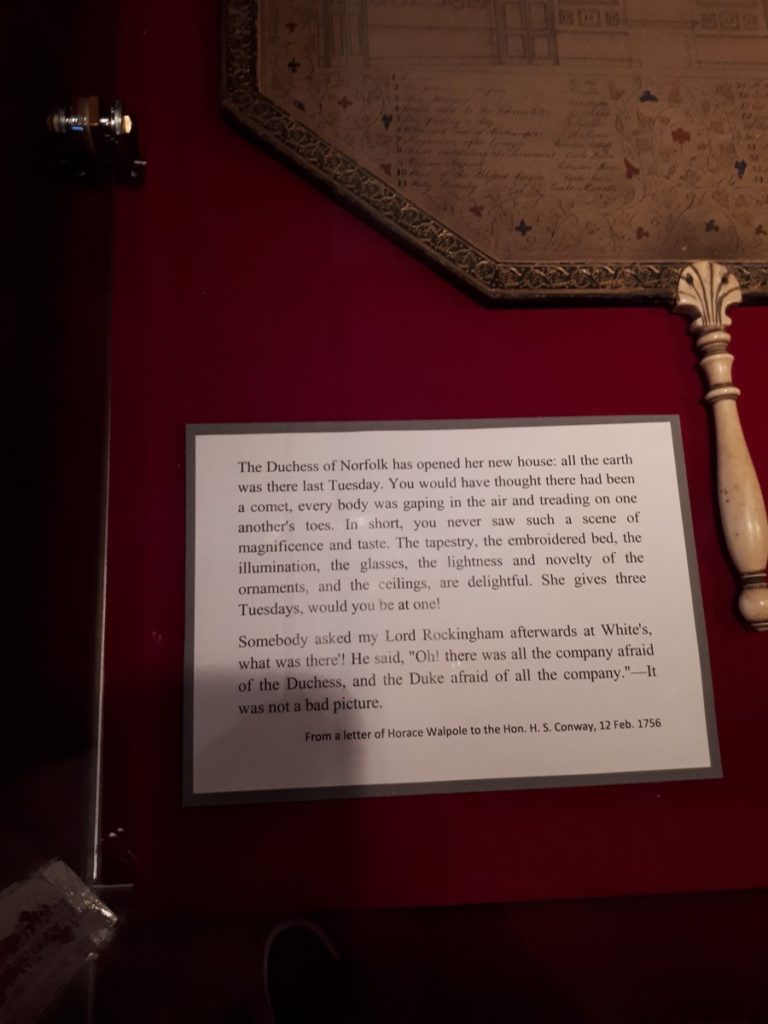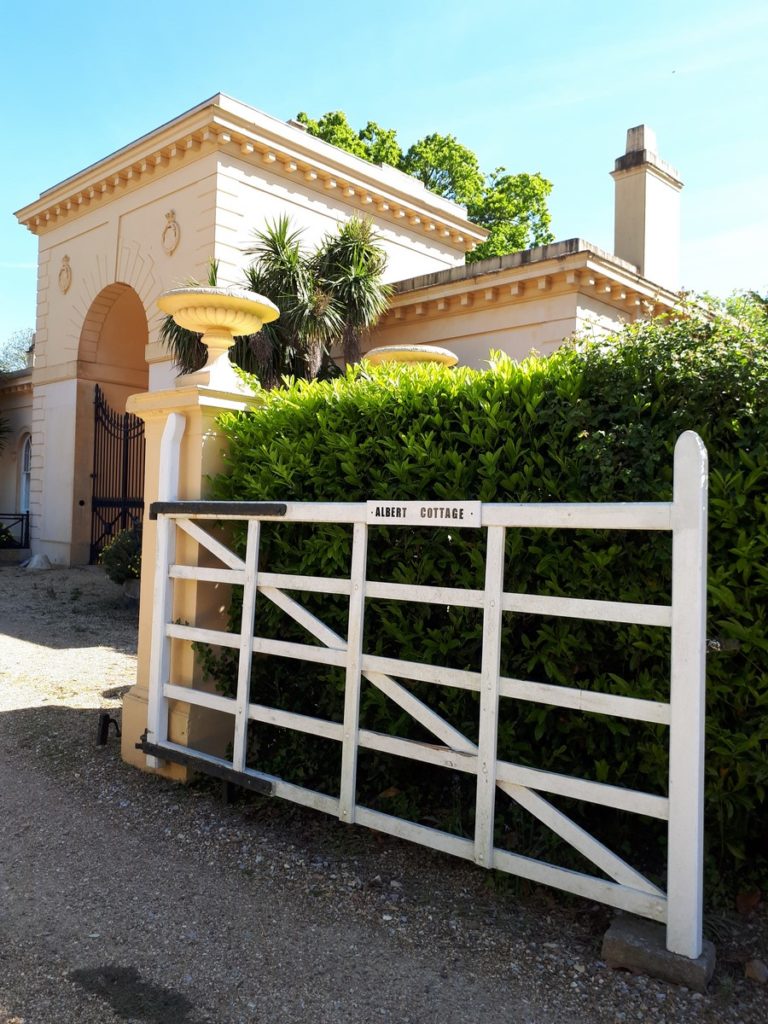 Leaving the Castle Hotel, Ryde, Victoria and I headed to East Cowes and our next hotel, Albert Cottage, once home to Princess Beatrice, Queen Victoria’s younger daughter. The hotel is set in two acres of beautiful gardens backing onto Osborne House, Queen Victoria’s favourite holiday residence. Directly next to the hotel stands the entrance gate to Osborne House, above, still reserved for the use of the current Royals. The public entrance to Osborne House is further on down the street.
Leaving the Castle Hotel, Ryde, Victoria and I headed to East Cowes and our next hotel, Albert Cottage, once home to Princess Beatrice, Queen Victoria’s younger daughter. The hotel is set in two acres of beautiful gardens backing onto Osborne House, Queen Victoria’s favourite holiday residence. Directly next to the hotel stands the entrance gate to Osborne House, above, still reserved for the use of the current Royals. The public entrance to Osborne House is further on down the street.
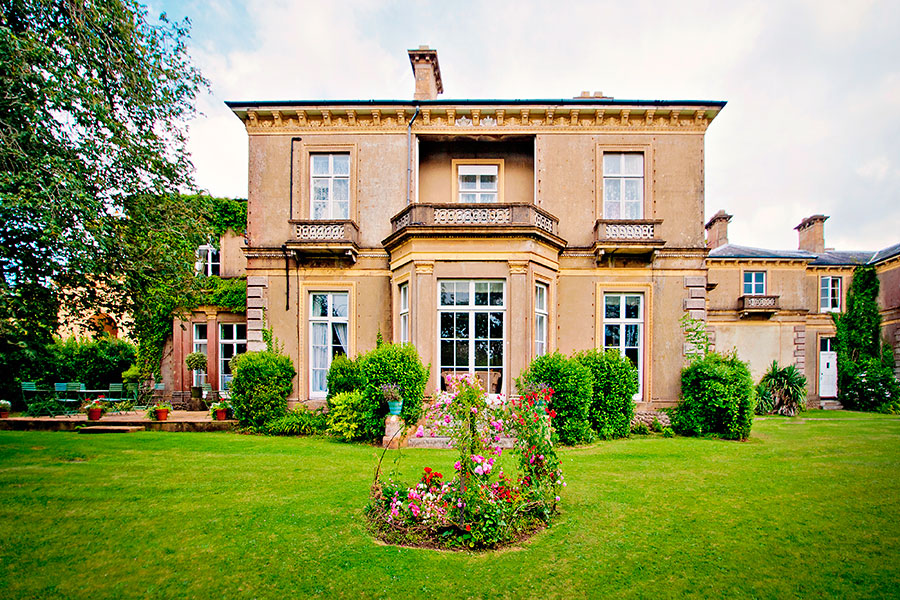
From the hotel website – “Built in the 1840s, probably by Thomas Cubitt – the then leading master builder in London – ‘Albert Cottage’ was bought in 1852 by Prince Albert to be part of a Botanic Garden development of the Osborne House Estate, and was used together with the adjacent Osborne Cottage by Royal guests. In 1899 a covered corridor was constructed to link the two properties and allow easy movement between them without guests having to brave any inclement weather.”

“This corridor now links the main Hotel and Consort Restaurant & Bar area. When Queen Victoria died in 1901, her successor Edward VII kept both cottages for the use of Victoria’s youngest daughter, Princess Beatrice. In 1913 the Princess moved to Carisbrooke Castle and Albert Cottage was sold to Sir Richard Burbidge, philanthropist Managing Director of Harrods. It was again sold in 1924 to The Hon. Elizabeth Storr, widow of Major L.P. Storr DSO, a war hero killed in action in France in 1918. After later neglect it was turned into a hotel in 1999 and now further developed by current owners HTP Apprenticeship College.”
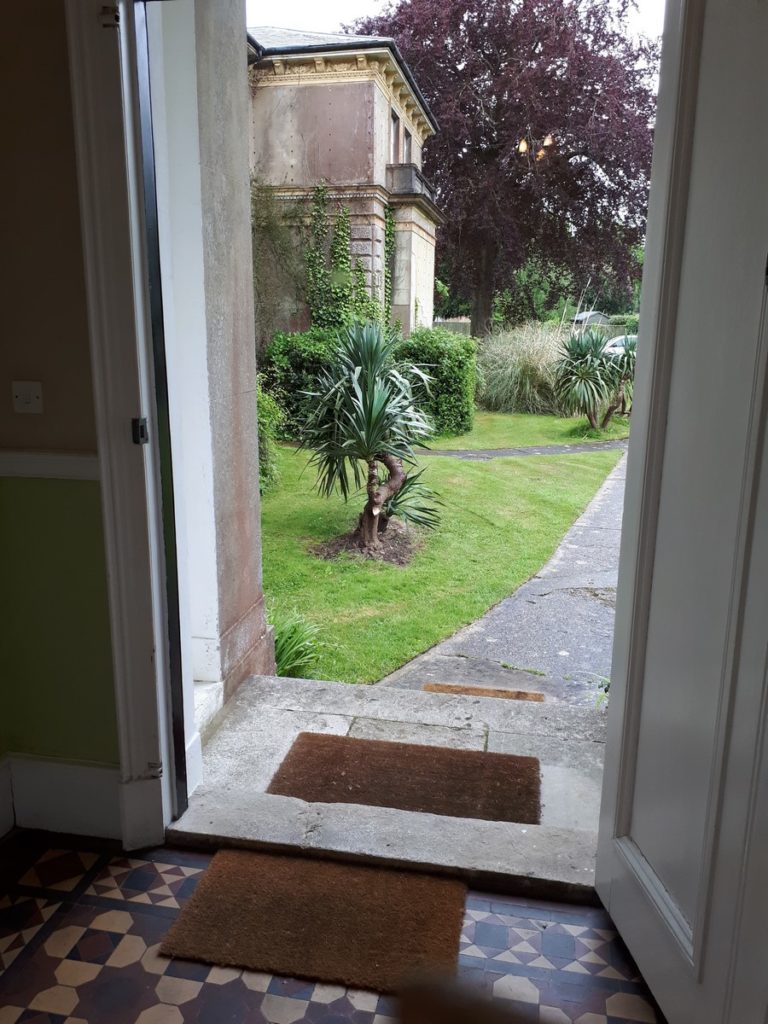 Upon check-in, Vicky and I were given a two bedroom suite. Vicky’s bedroom looked lovely from the doorway . . . .
Upon check-in, Vicky and I were given a two bedroom suite. Vicky’s bedroom looked lovely from the doorway . . . .
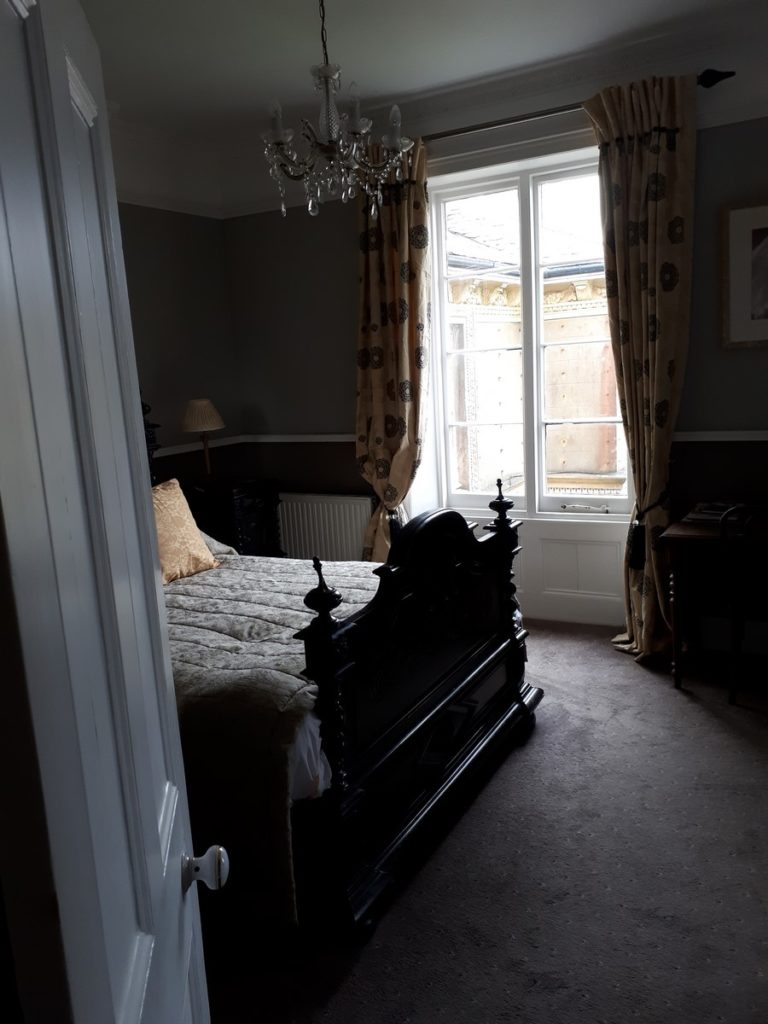
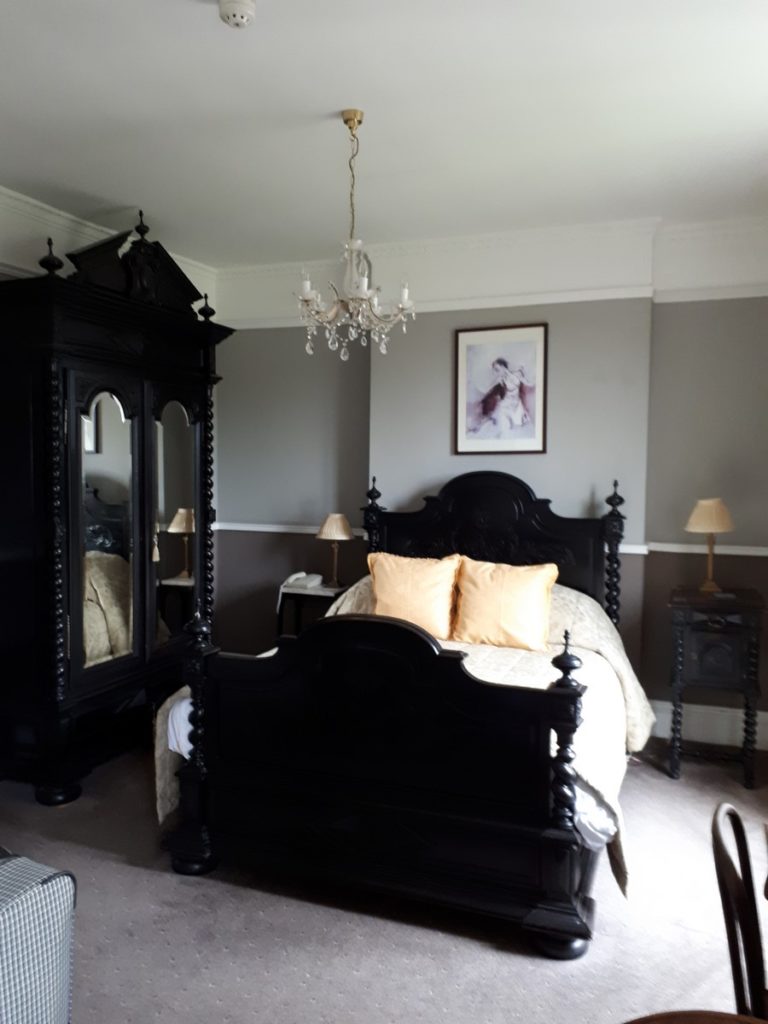
And enormous from within. It even offered a sitting area with balcony.
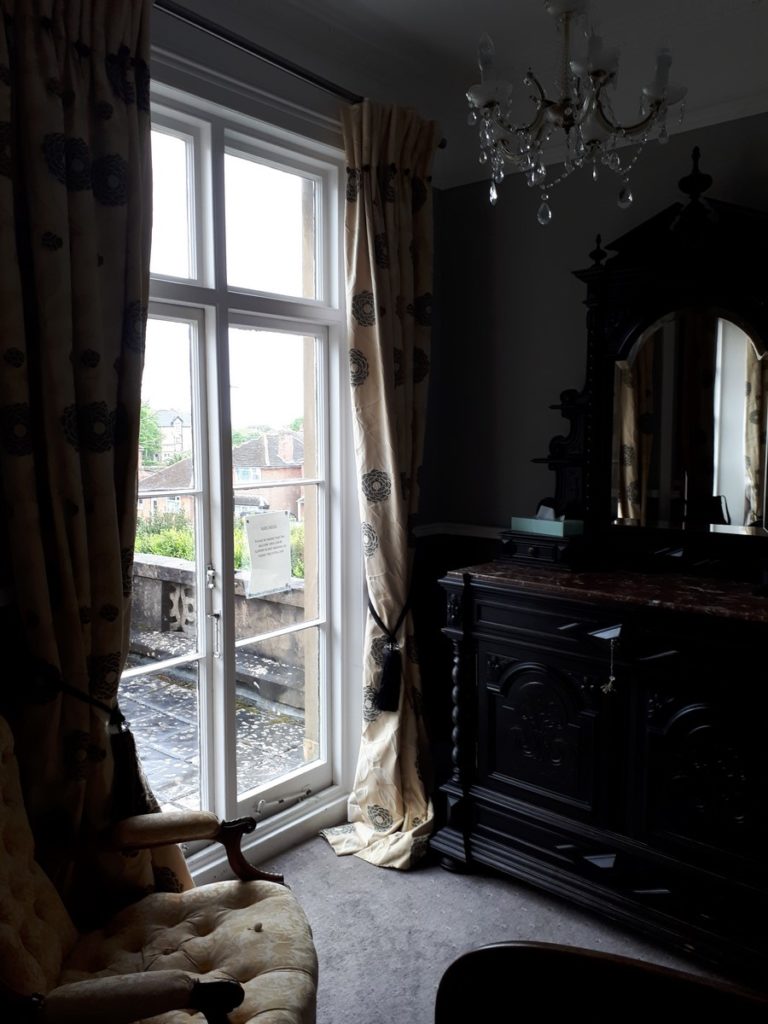
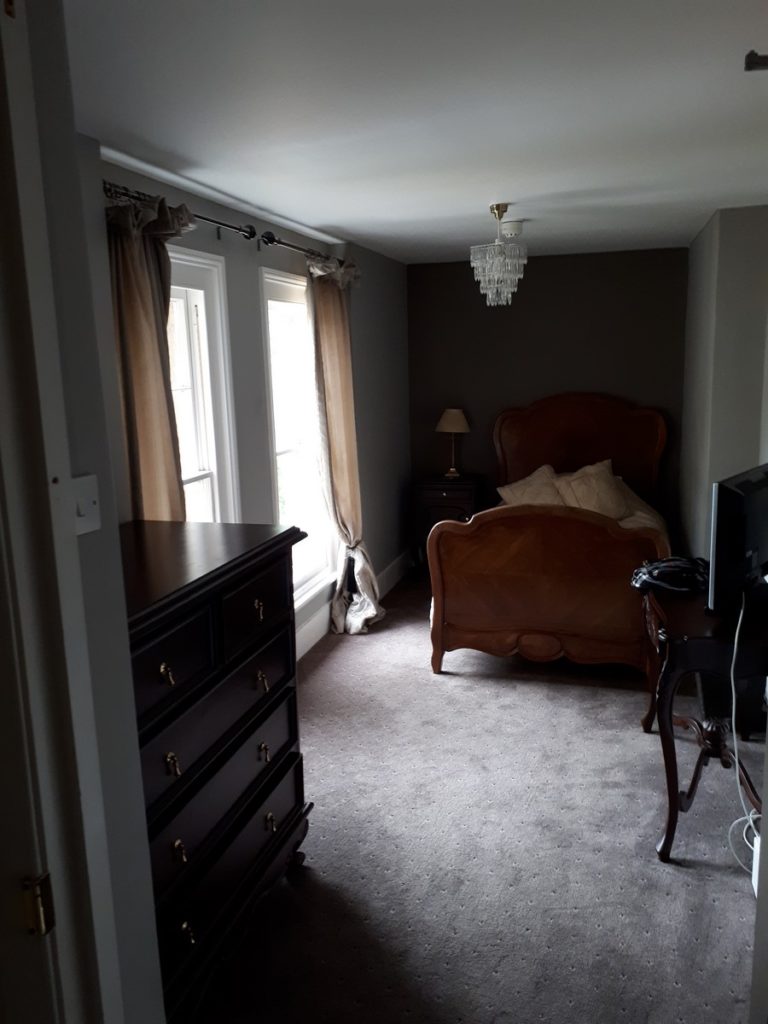 My bedroom was just as lovely, and afforded me views of the Gate. A nice touch – our bathroom shower included instructions.
My bedroom was just as lovely, and afforded me views of the Gate. A nice touch – our bathroom shower included instructions.
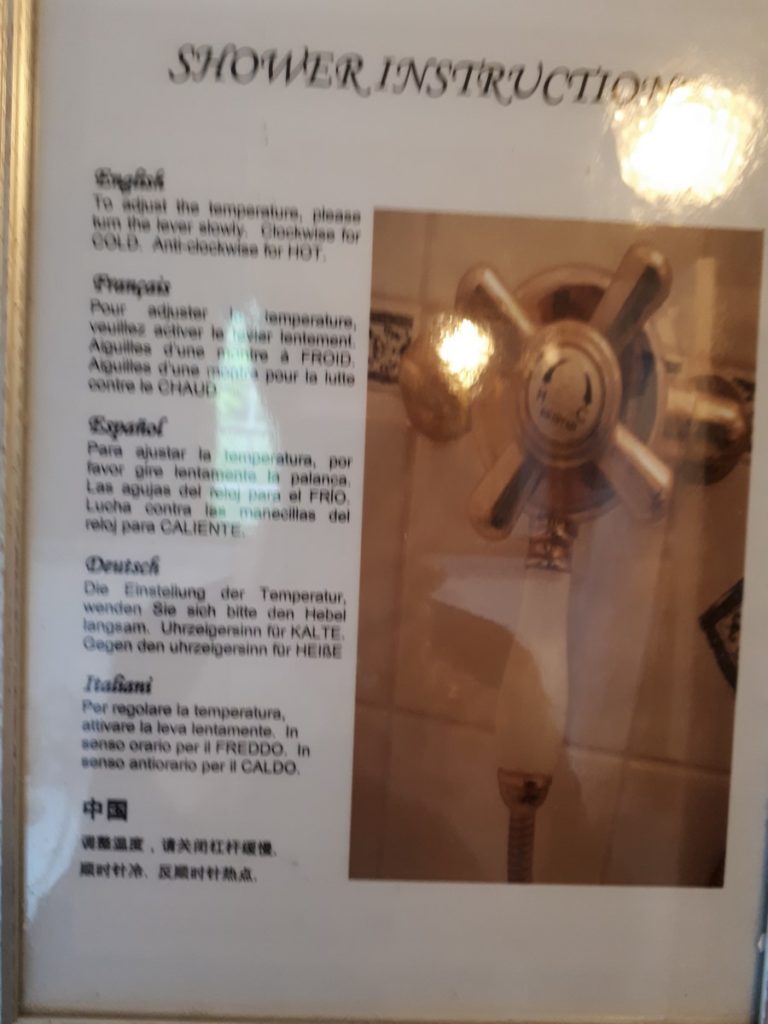
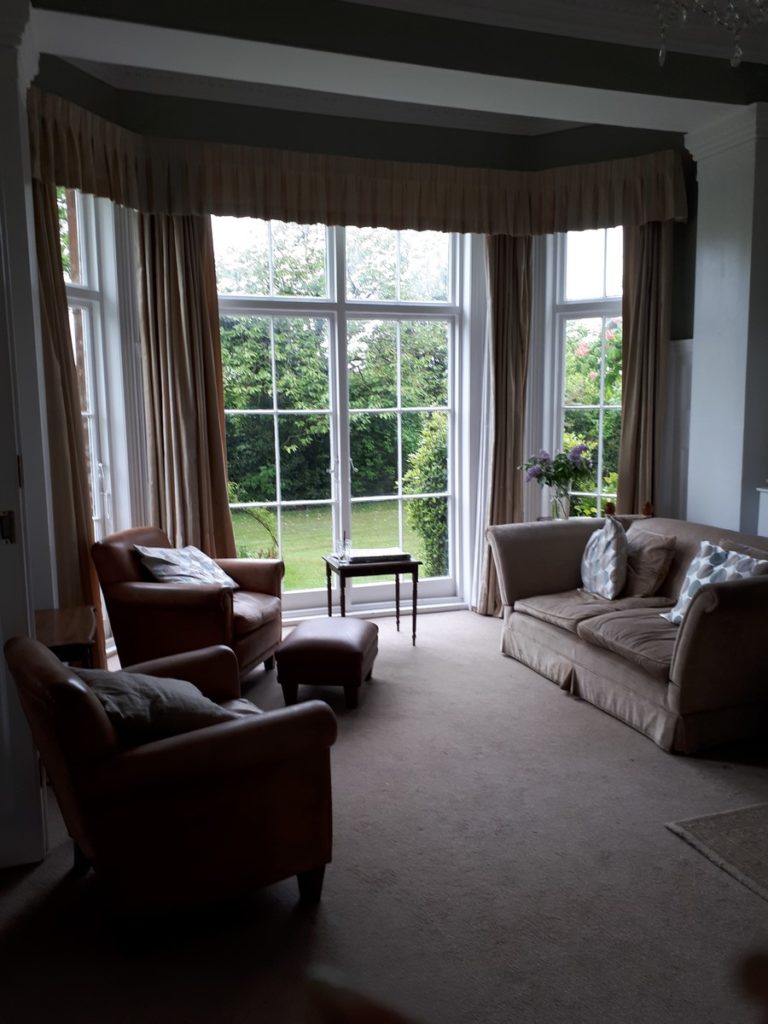
We had the cozy drawing room to ourselves and enjoyed the expansive garden views.
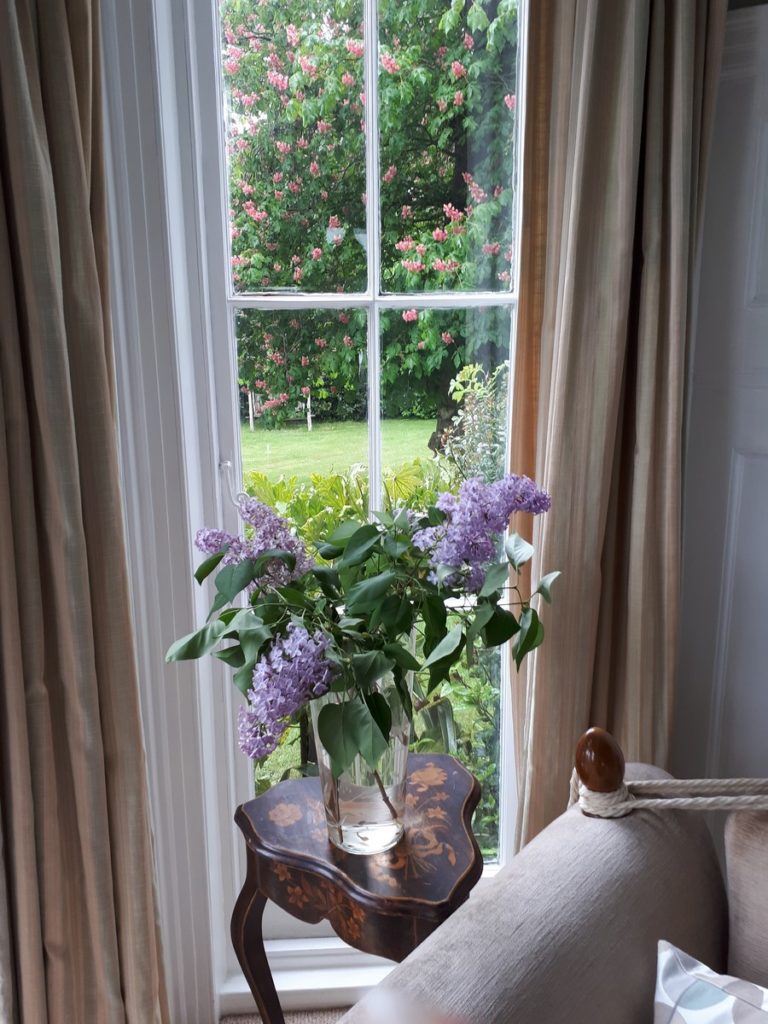
Some of the other guests were a bit stand-offish, below, but the staff were lovely.
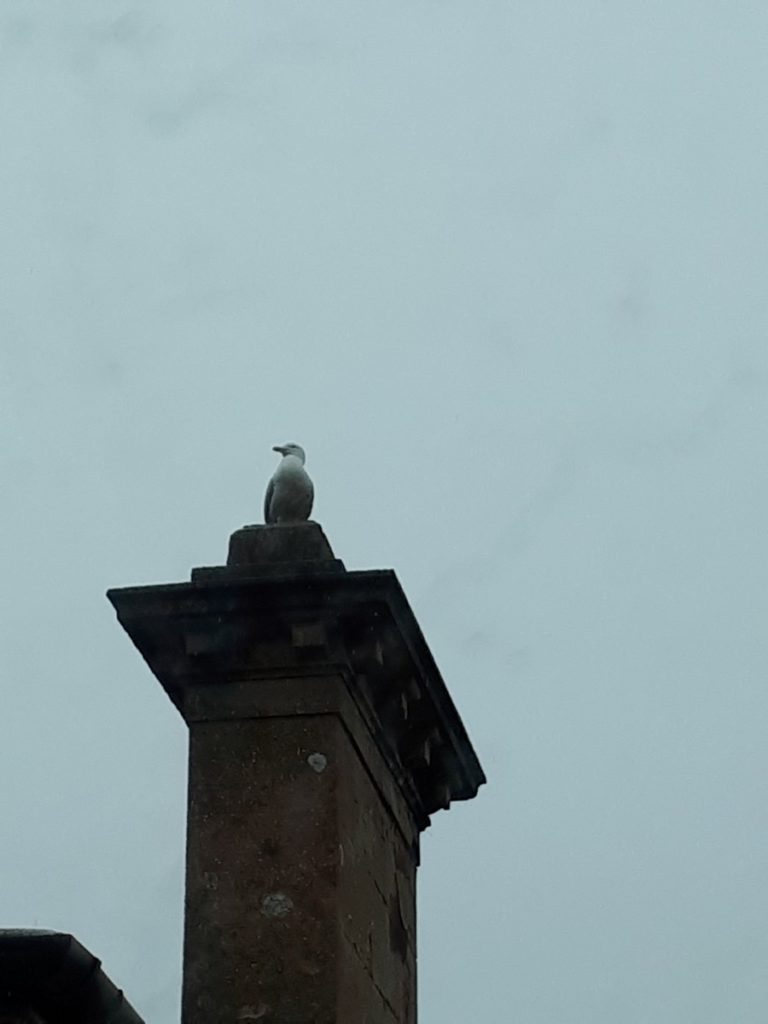
In the afternoon, we made our way to Osborne House for the first of our two day visit to the property. Returning to the hotel that evening, we dined in the Prince Consort Restaurant.
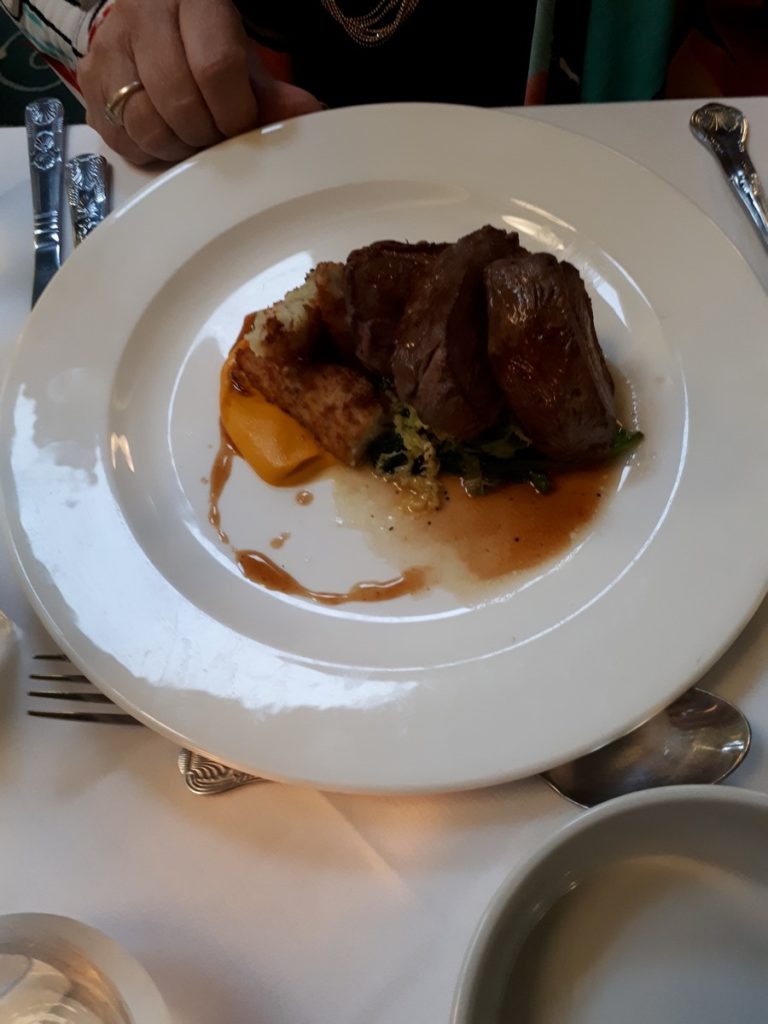
Vicky chose the lamb.
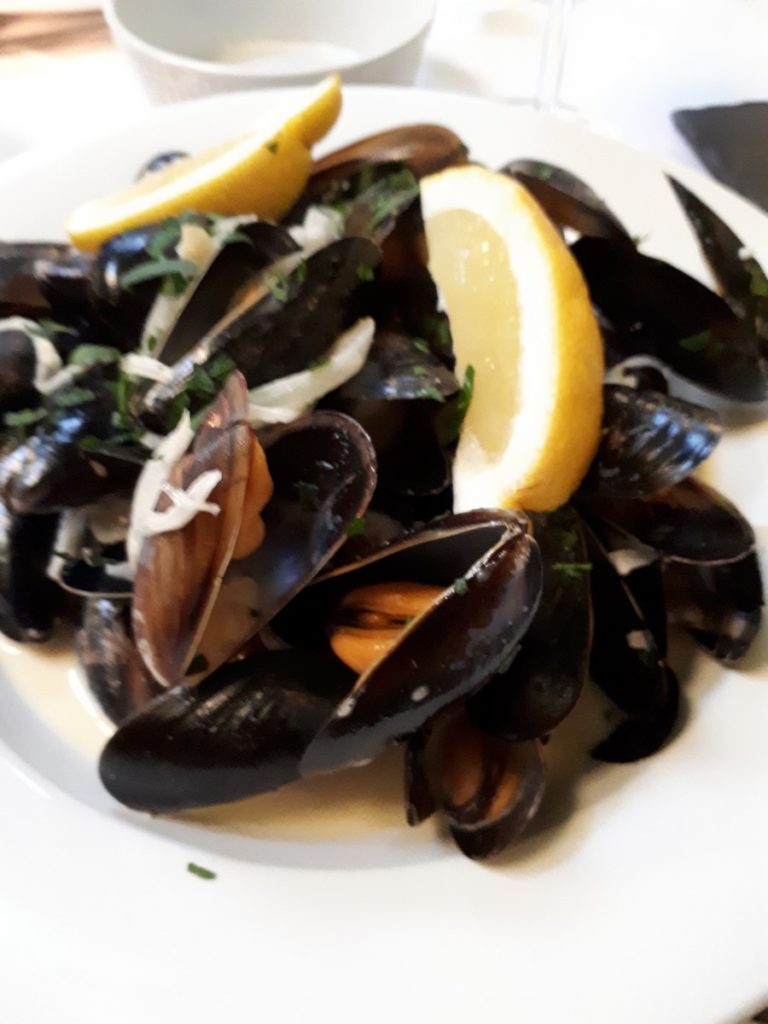
I opted for mussels.
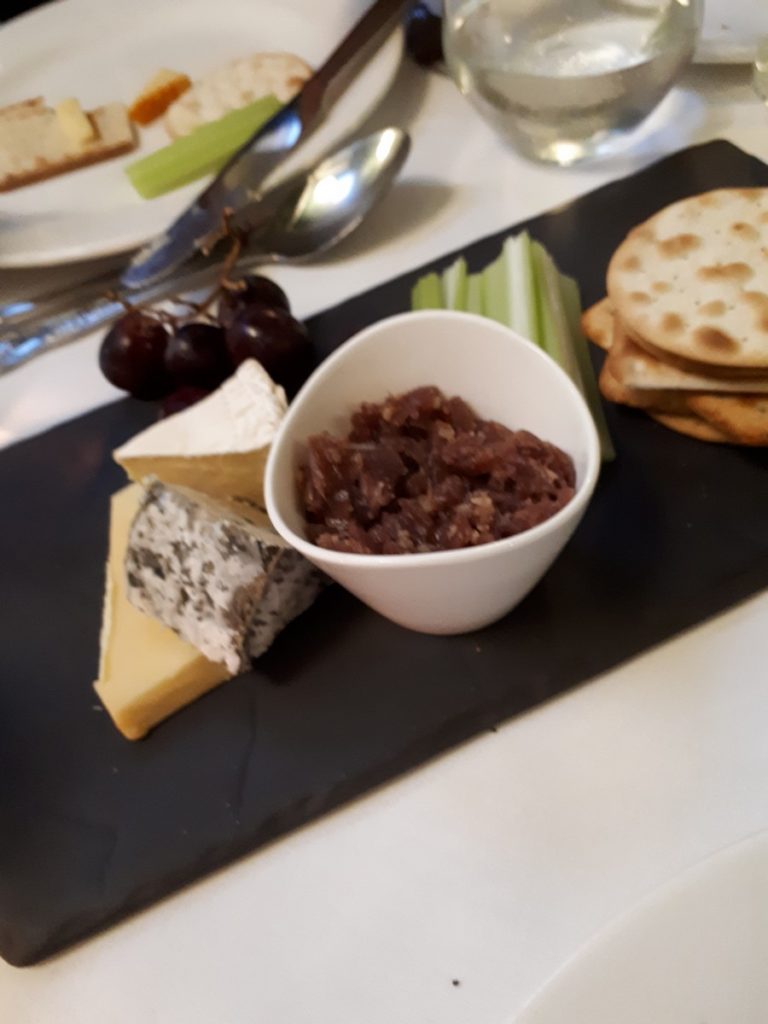
And we split the cheese board for dessert.
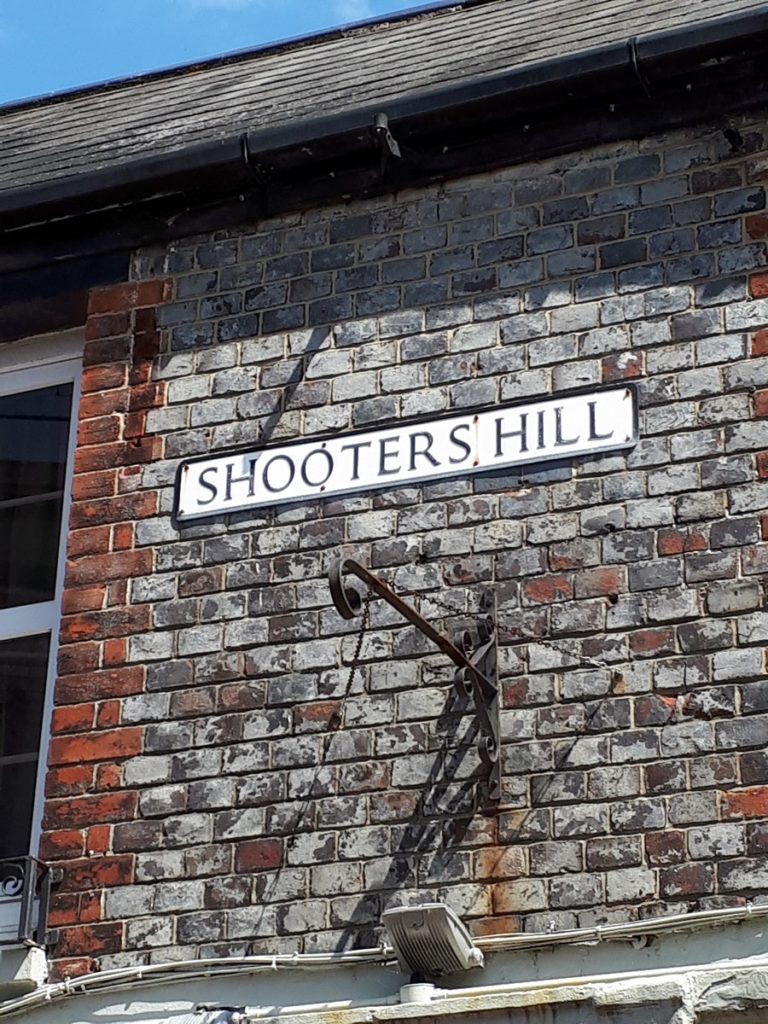
Once we had completed our tour of Osborne House, the gardens, beach and Swiss Cottage, Vicky and I headed to the historic town of Cowes and began our sightseeing in Shooters Hill.
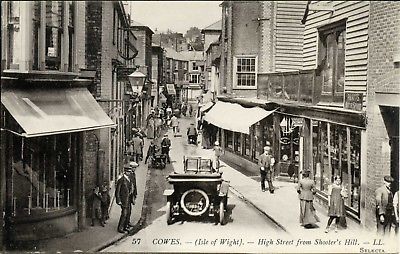
As the postcard above illustrates, Shooters Hill has been attracting visitors for quite some time, although today it has mostly been pedestrianized.
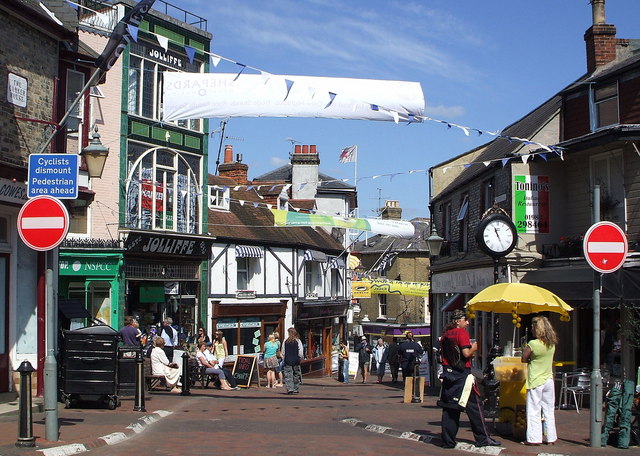
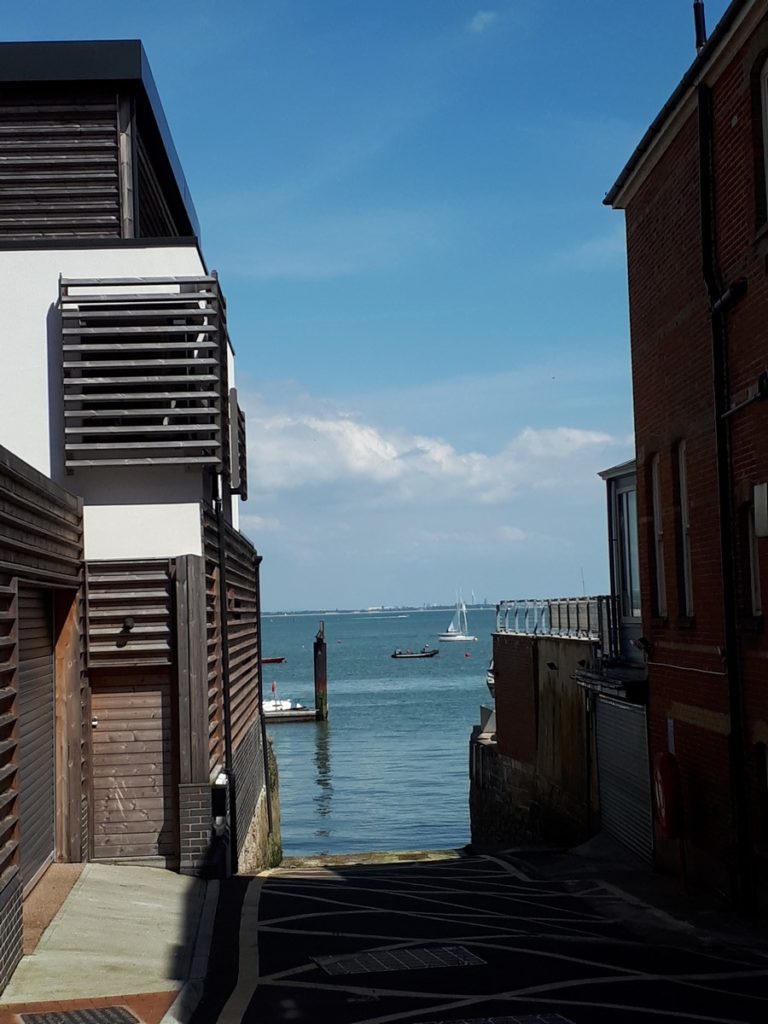
Once more, we were blessed with blue skies and fine weather.
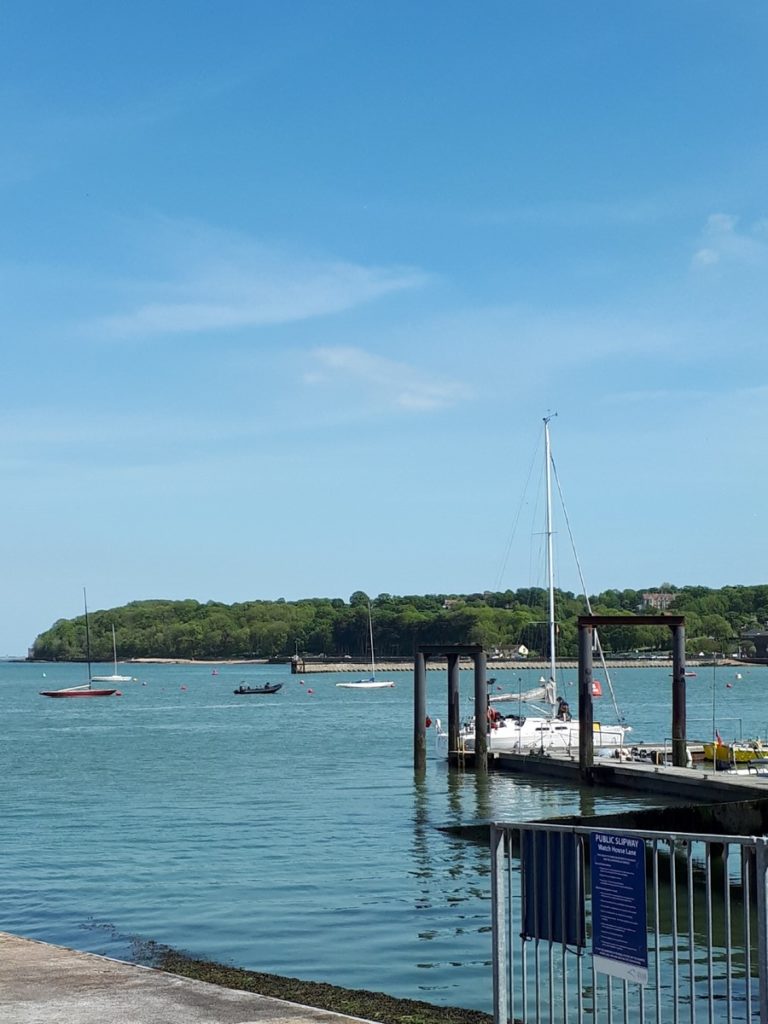
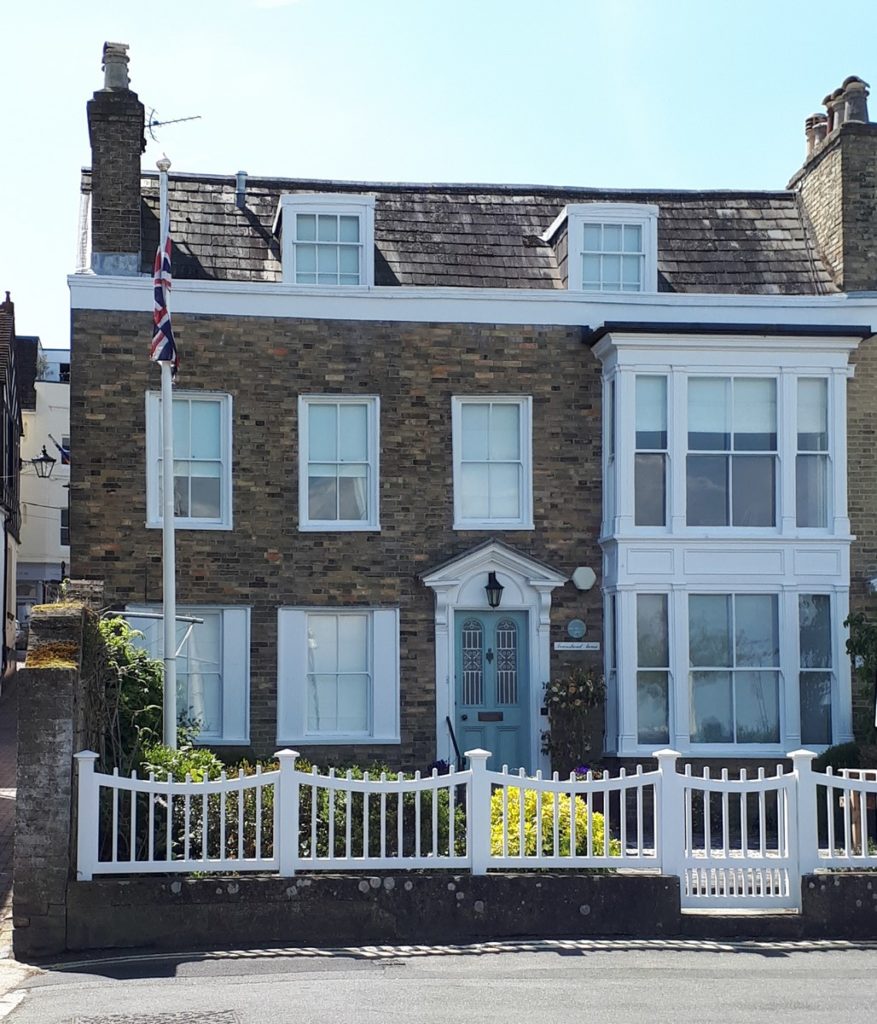
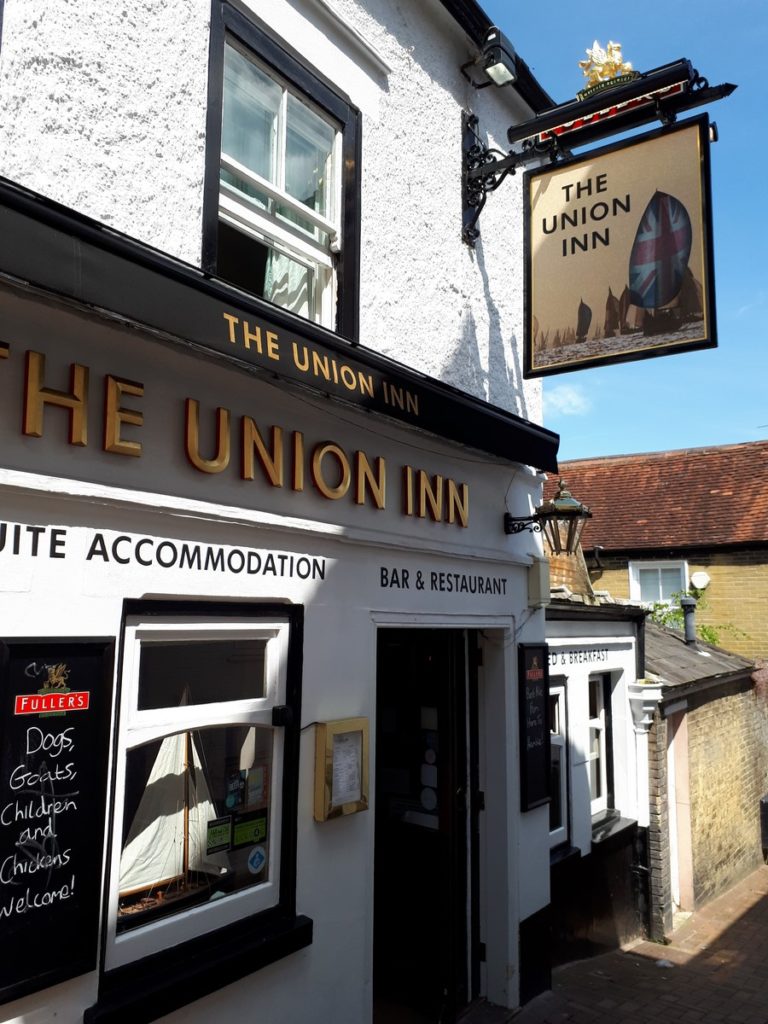
We spent a leisurely few hours admiring the seafront and nosing around in the wide selection of shops. Eventually, we made our way to the Union Inn, which had been recommended to us by our cab driver as the place to eat in Cowes.
From the Island Eye website: “The Union Inn was possibly built after the act of union between England and Scotland, which took place in the year 1707. The pub was a firm favourite of the navy press gang, who used the pub to enlist many young men into their services when the fleet was at Portsmouth.”
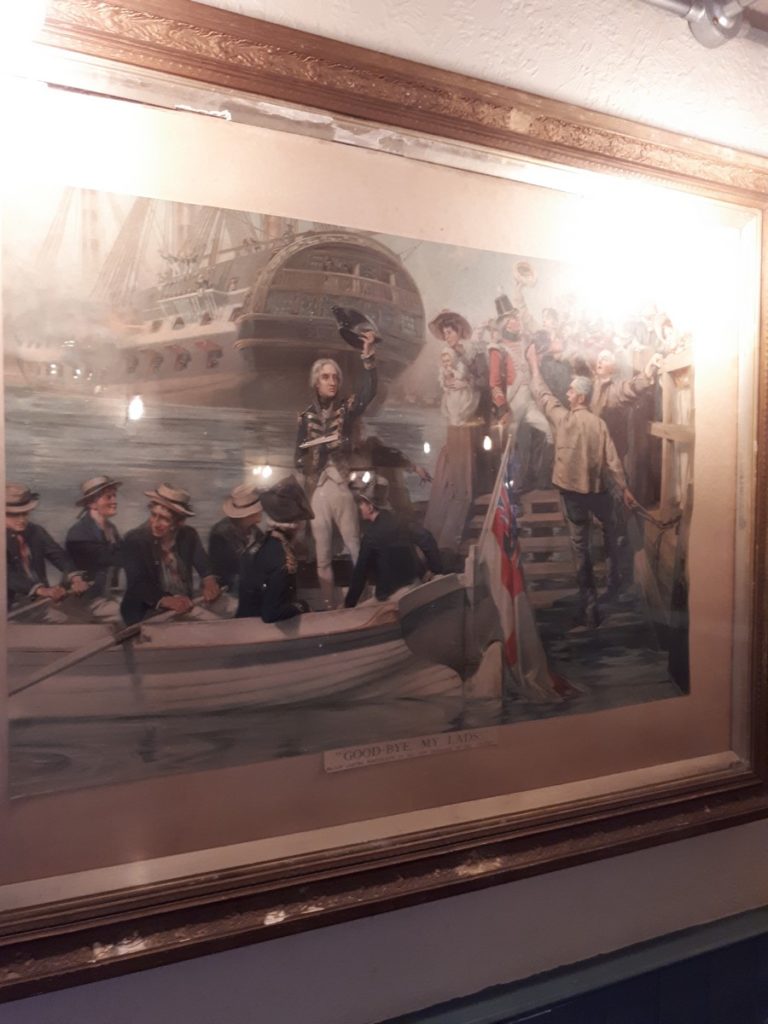
As luck would have it, it was a Sunday. And by now, you should know what that means.
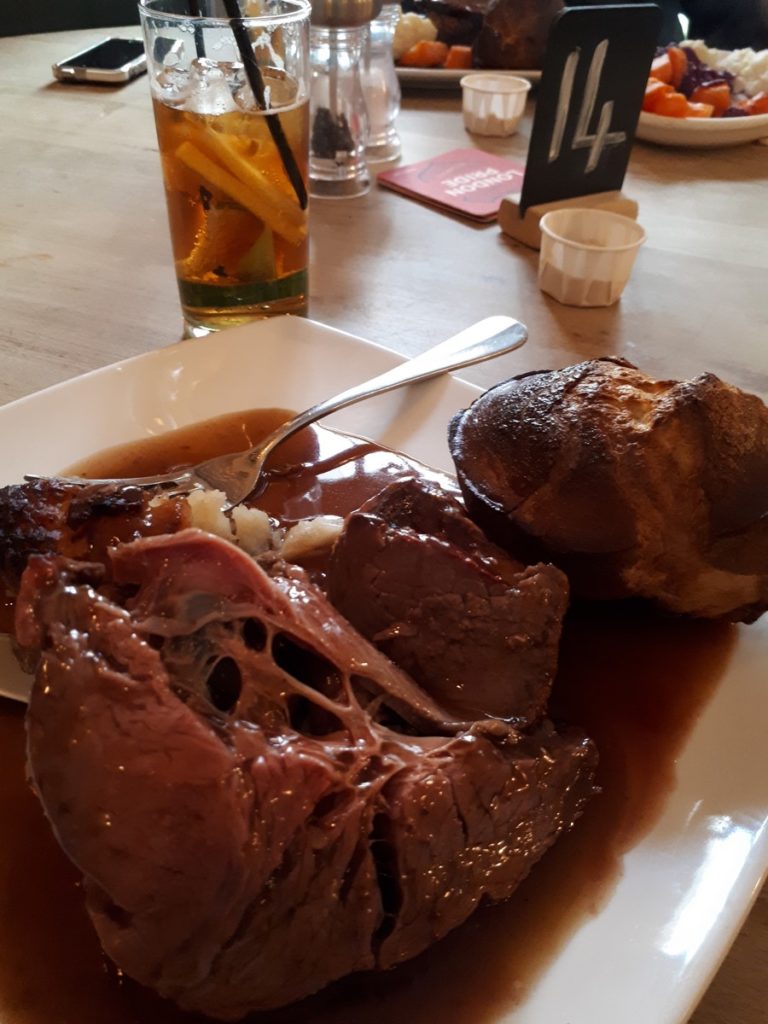
More delicious adventures coming soon!
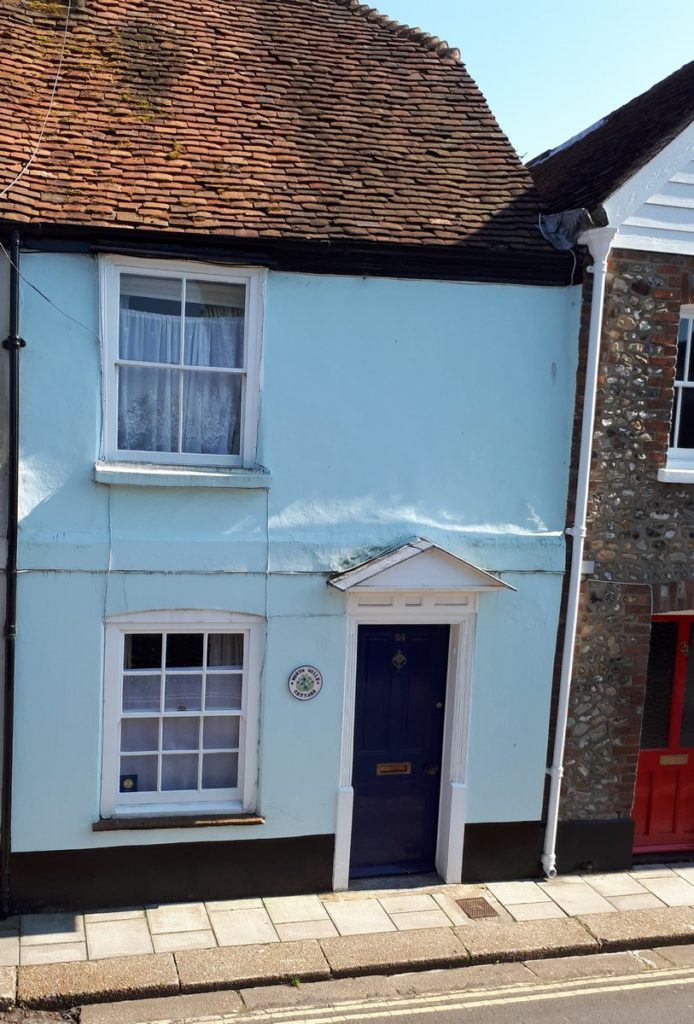
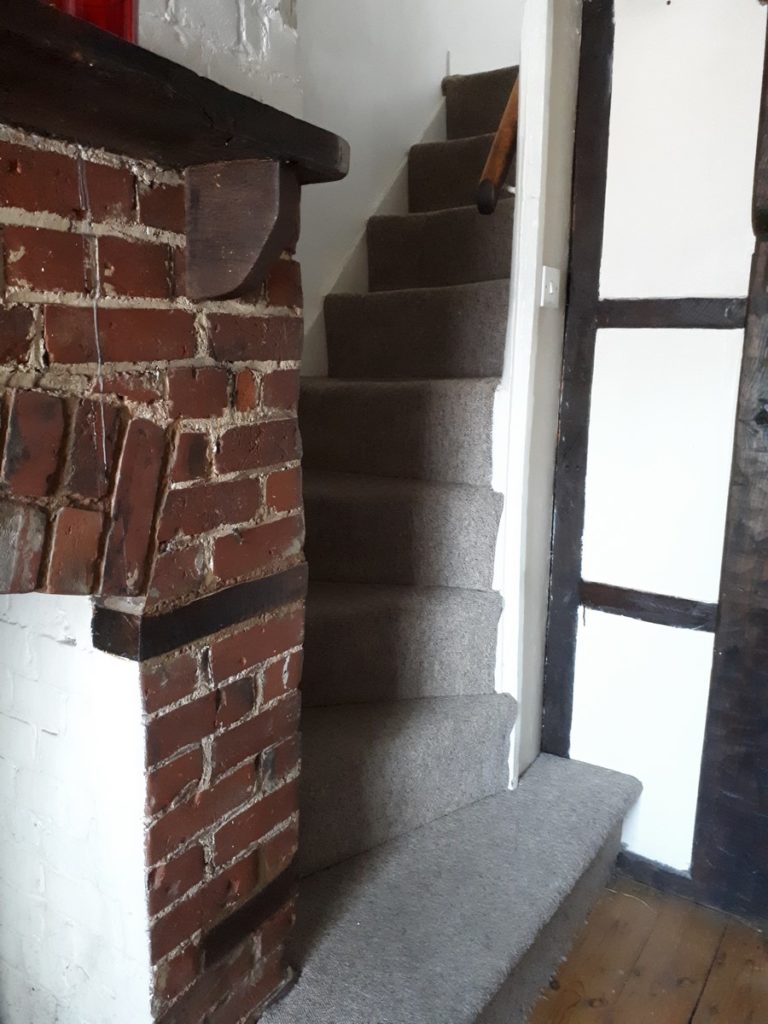
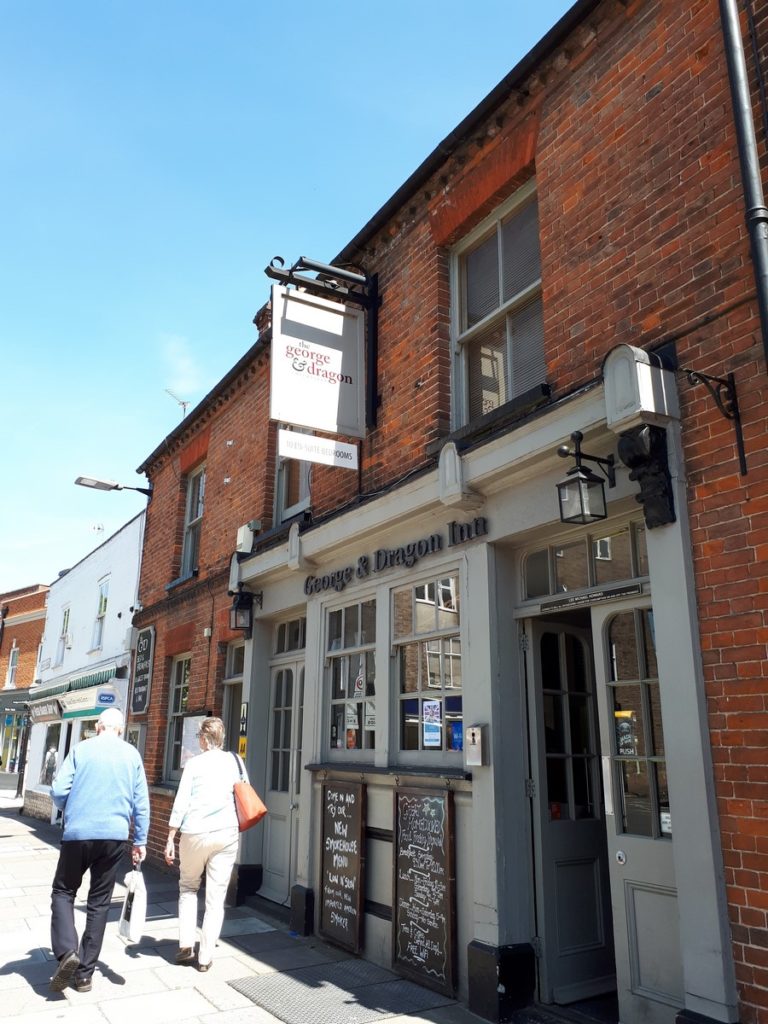
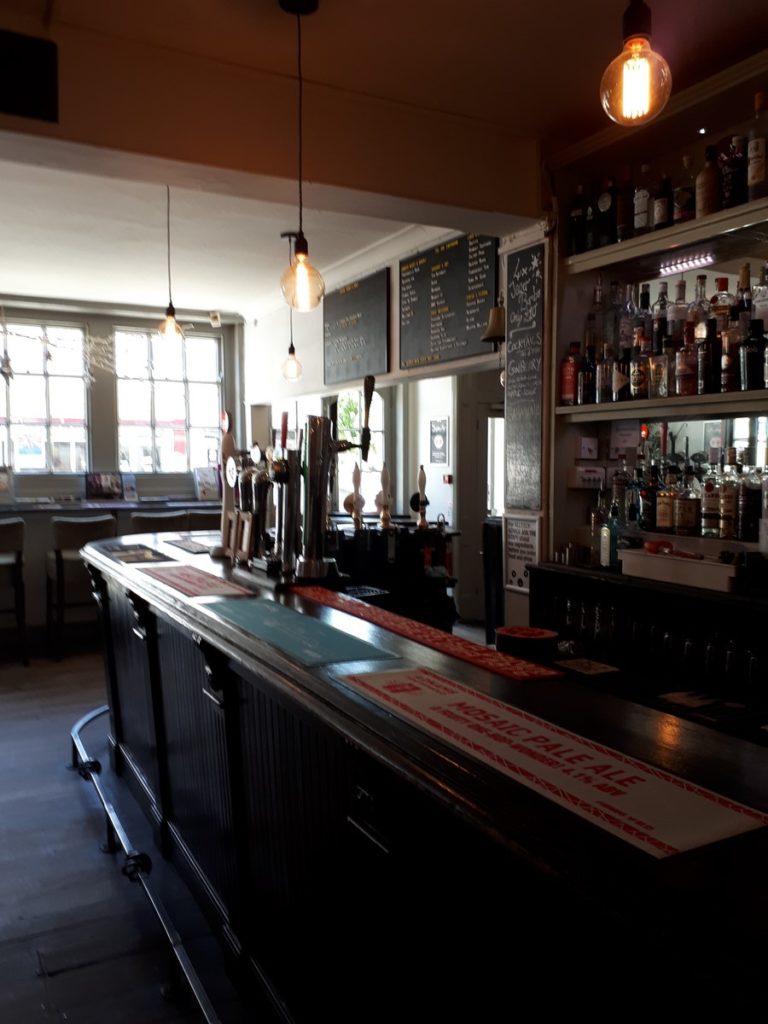
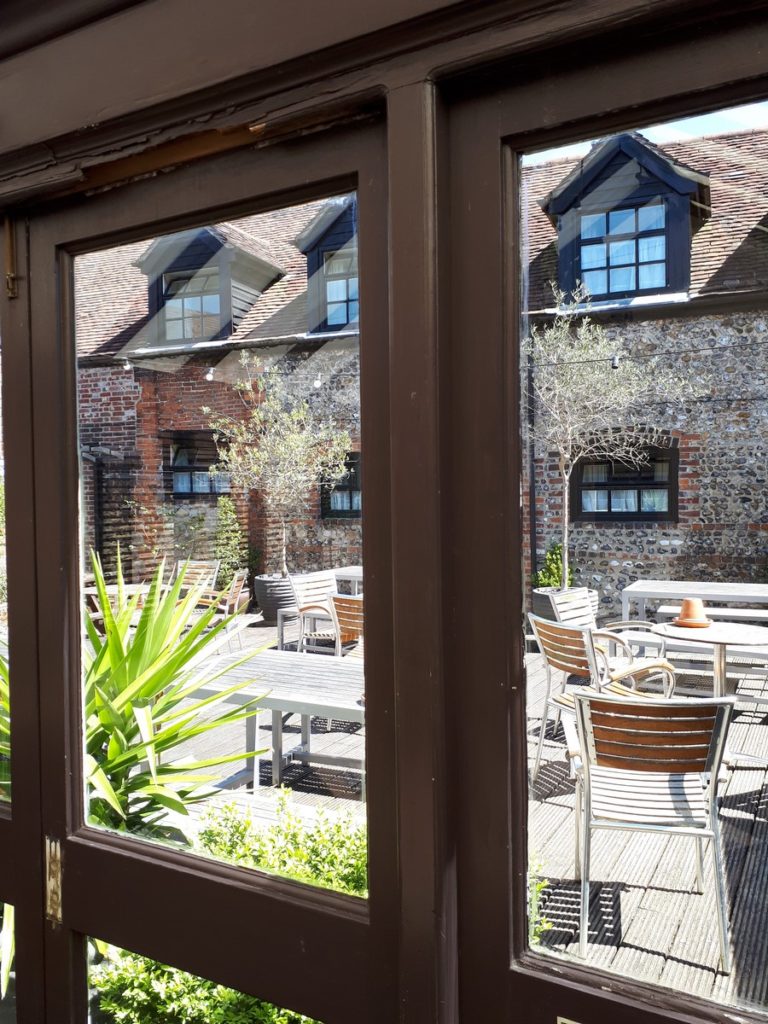
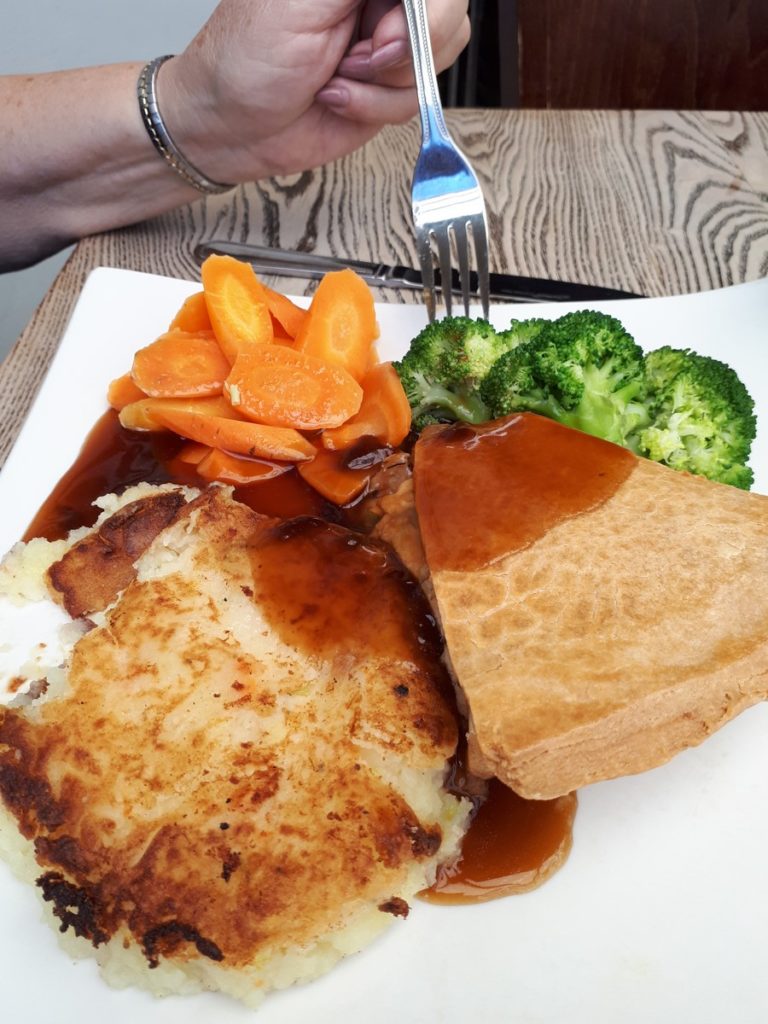 Vicky opted for the pie of the day.
Vicky opted for the pie of the day.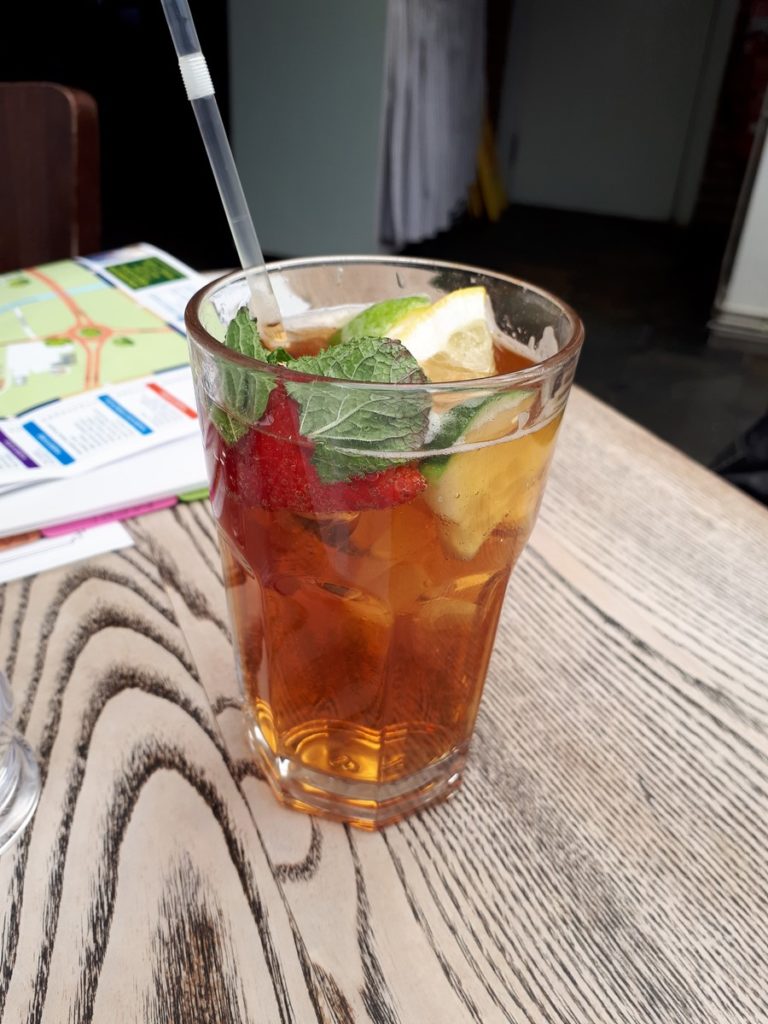
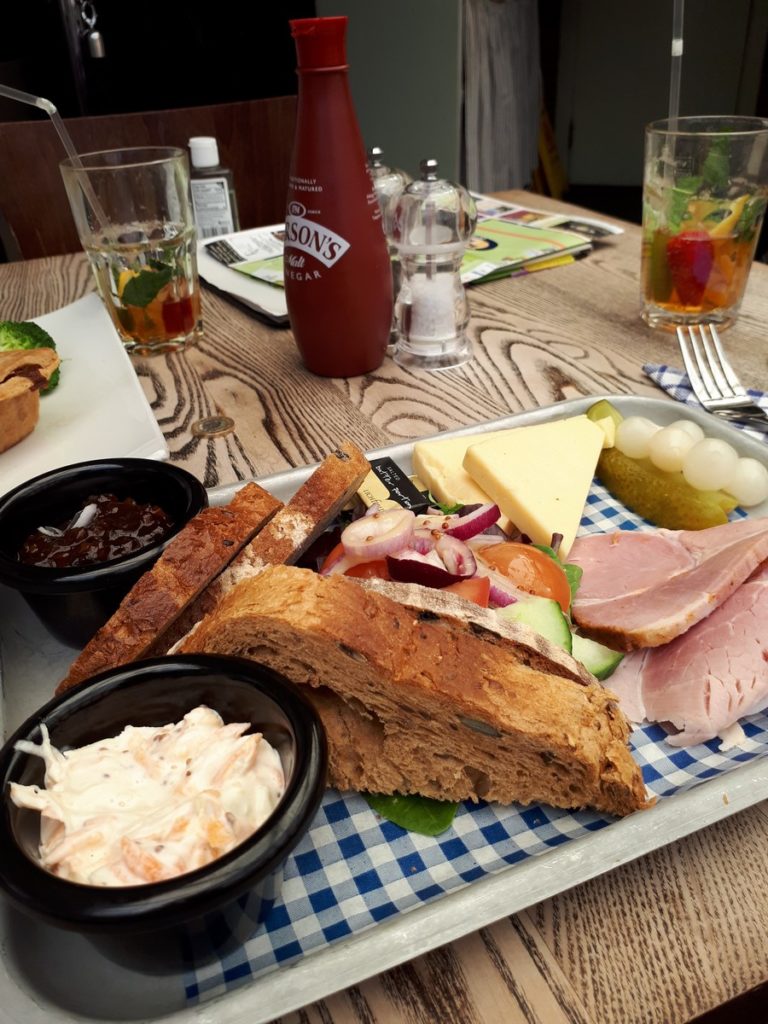
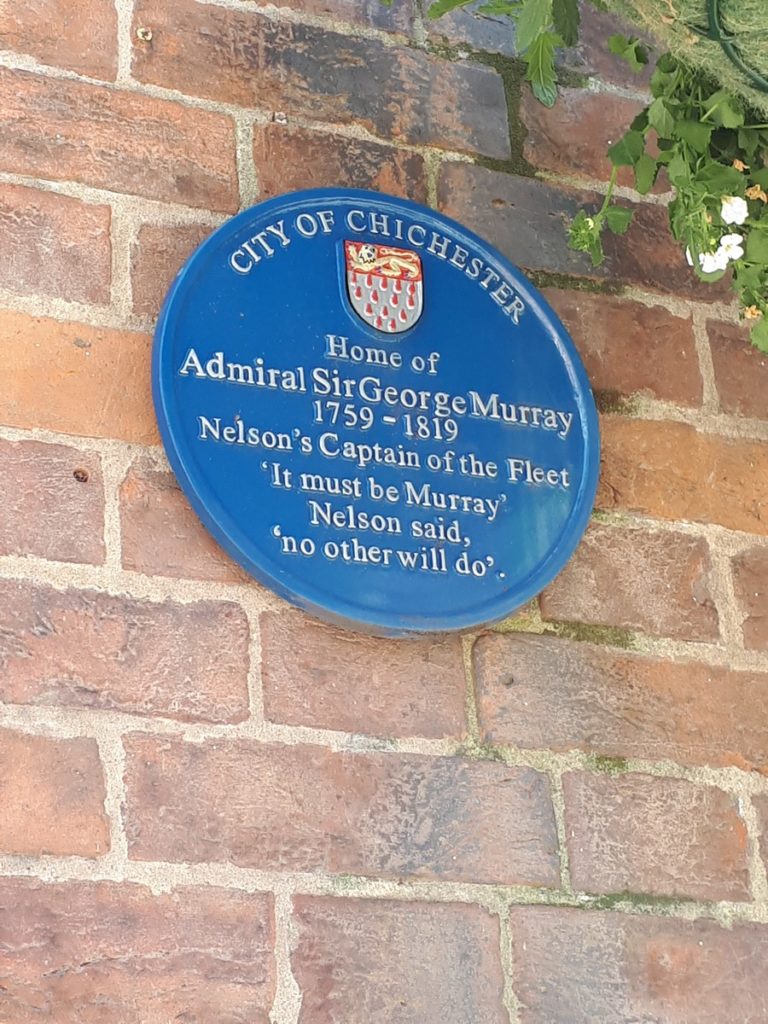
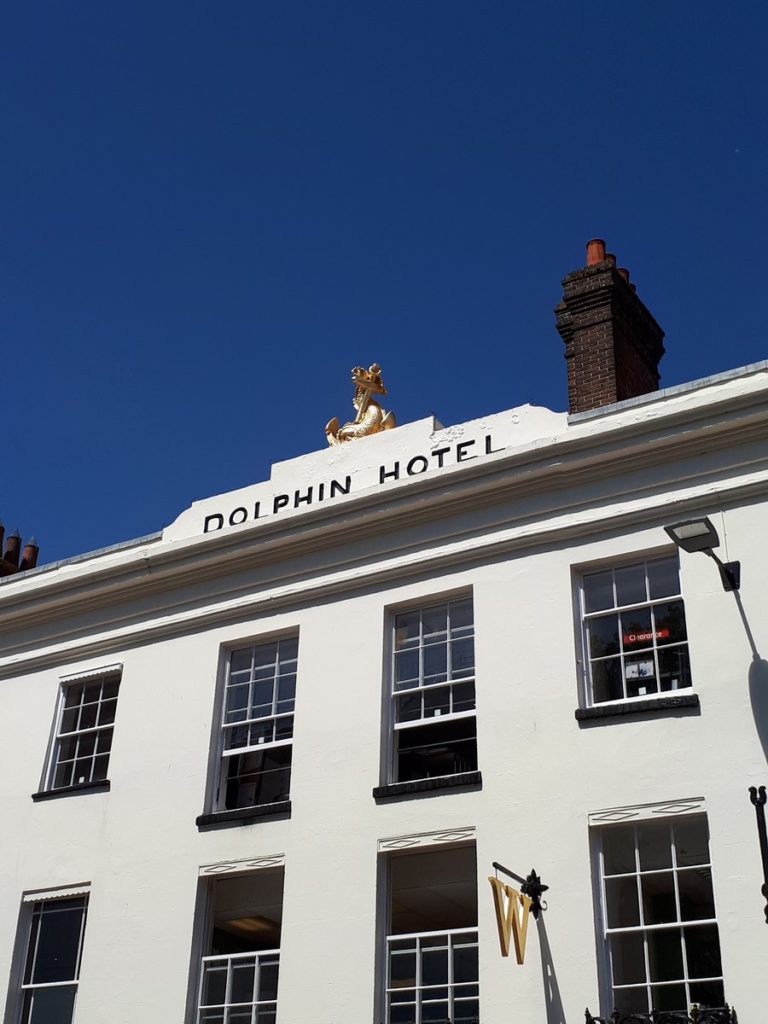

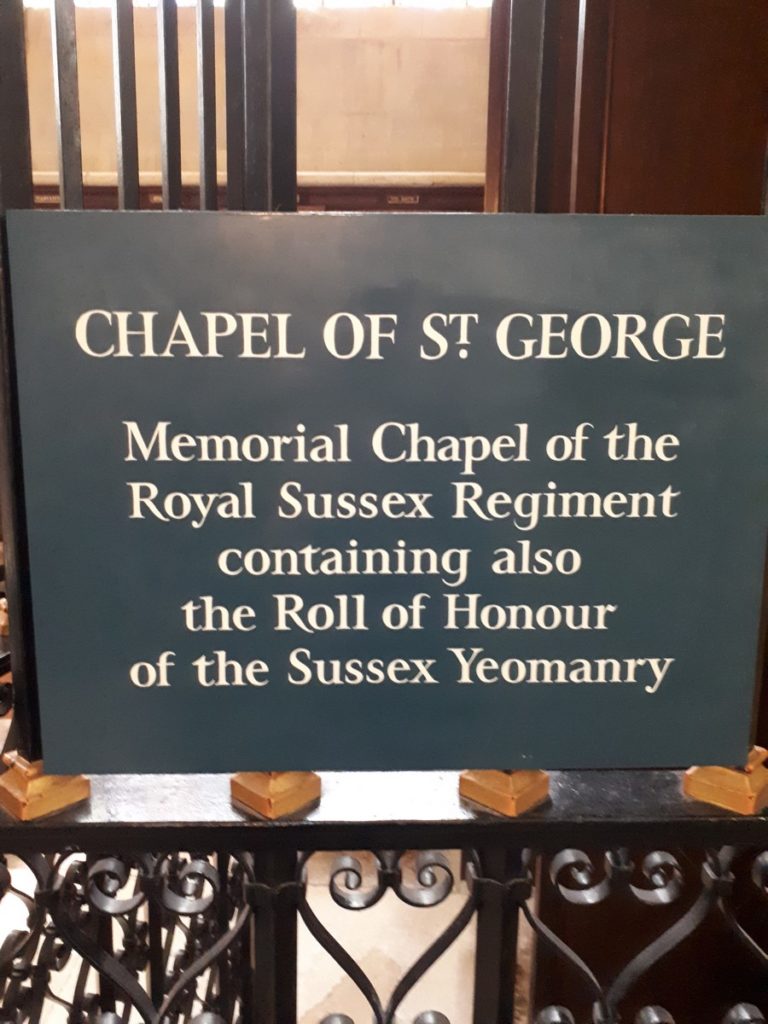
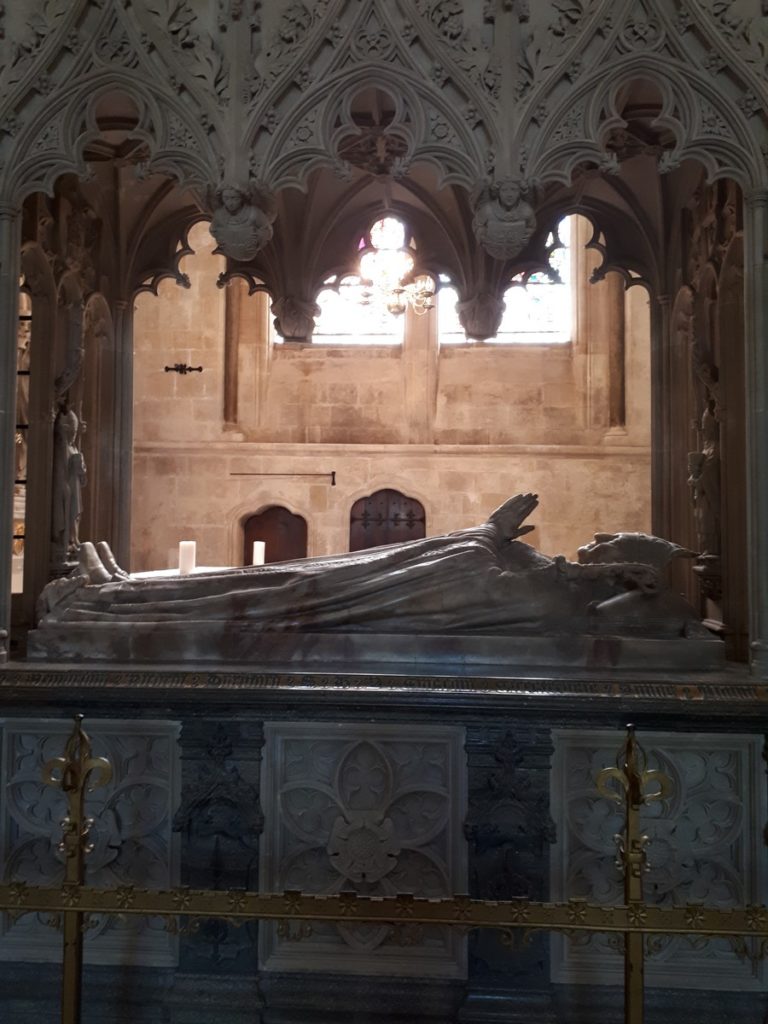
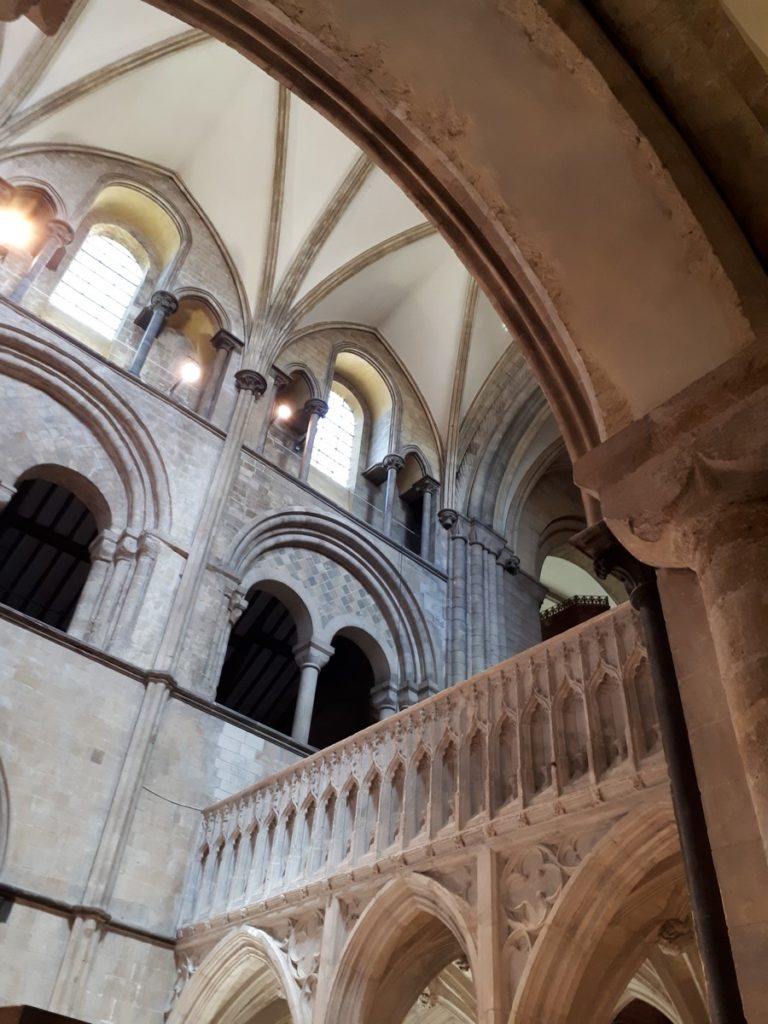
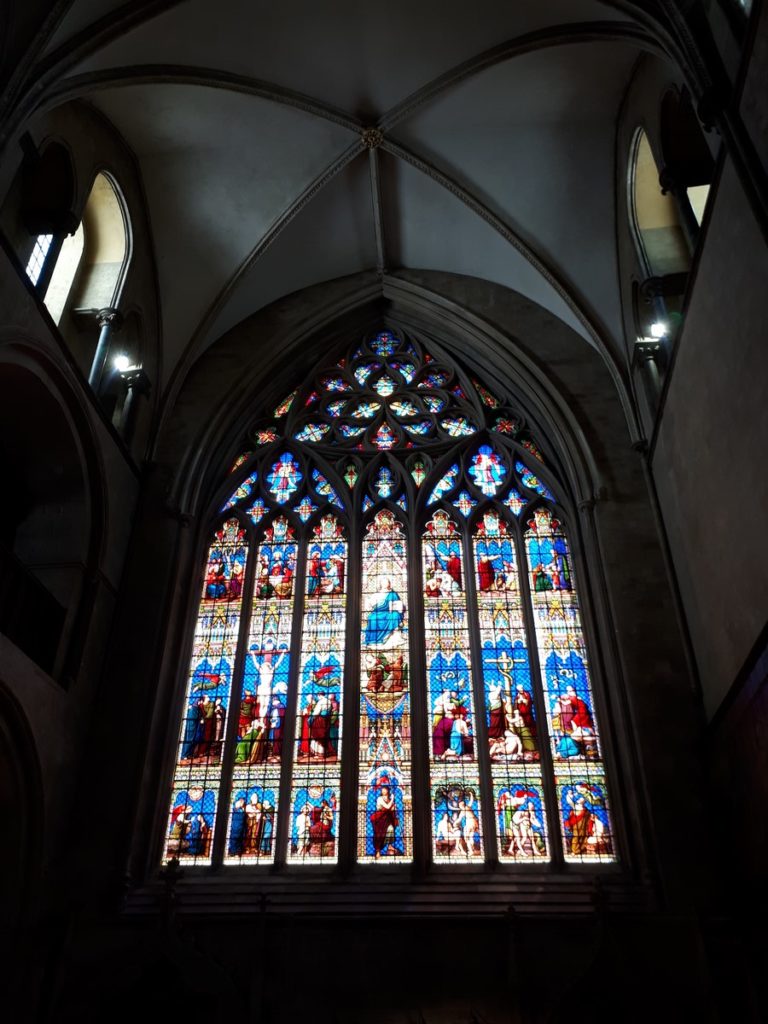
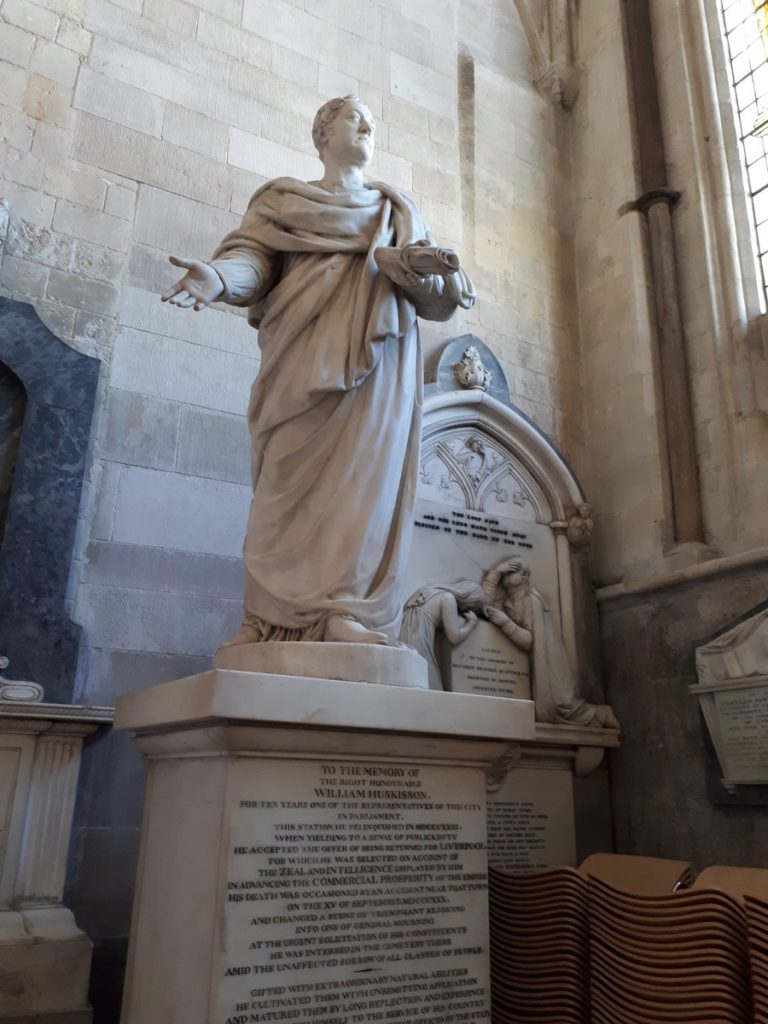
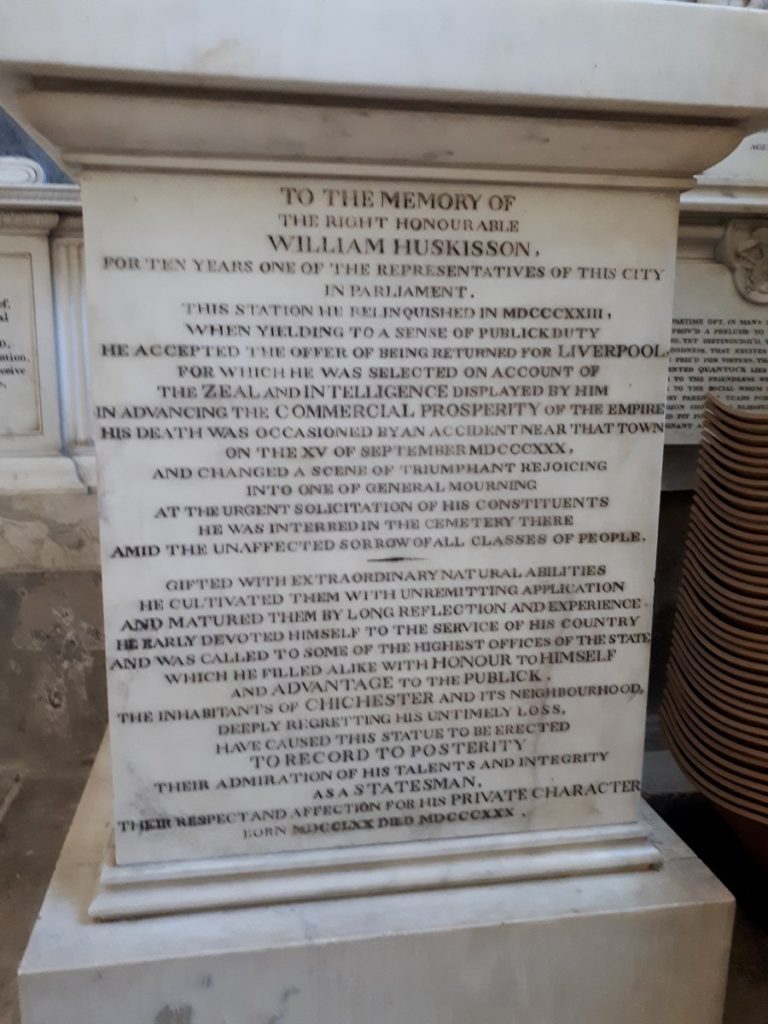
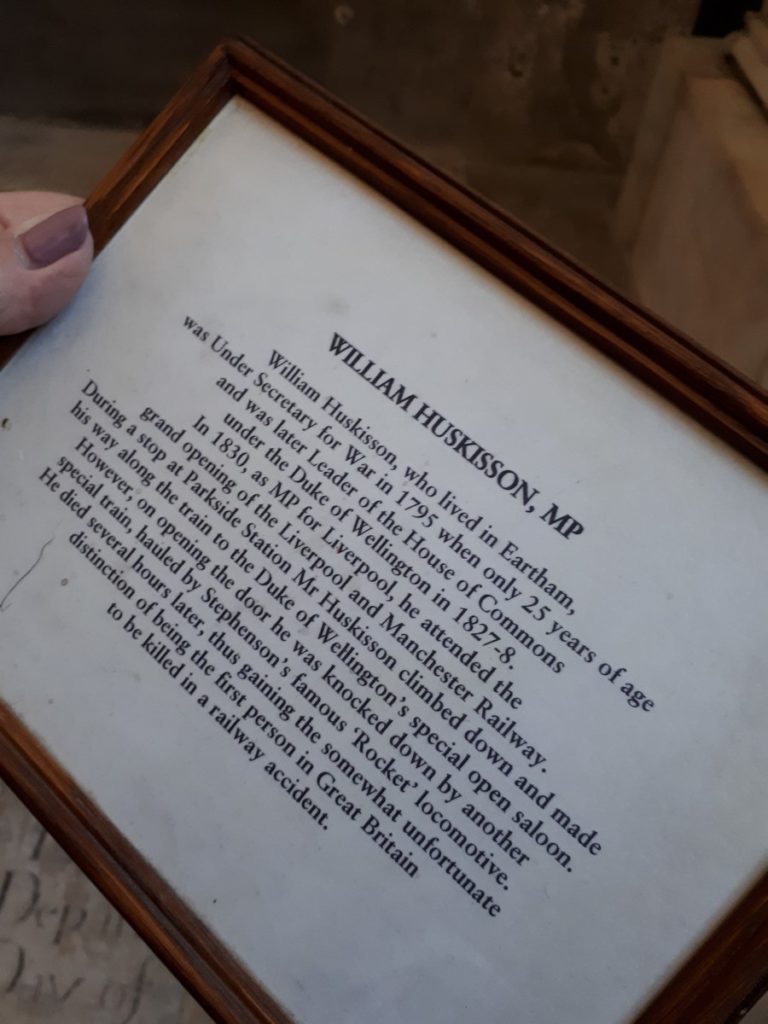
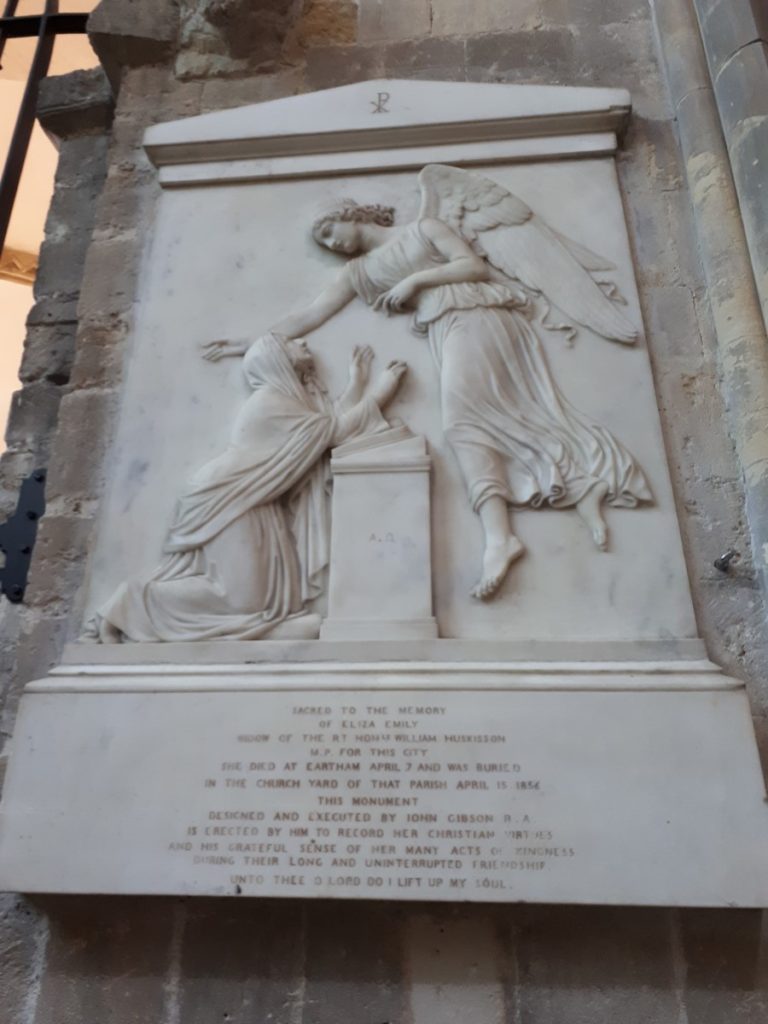
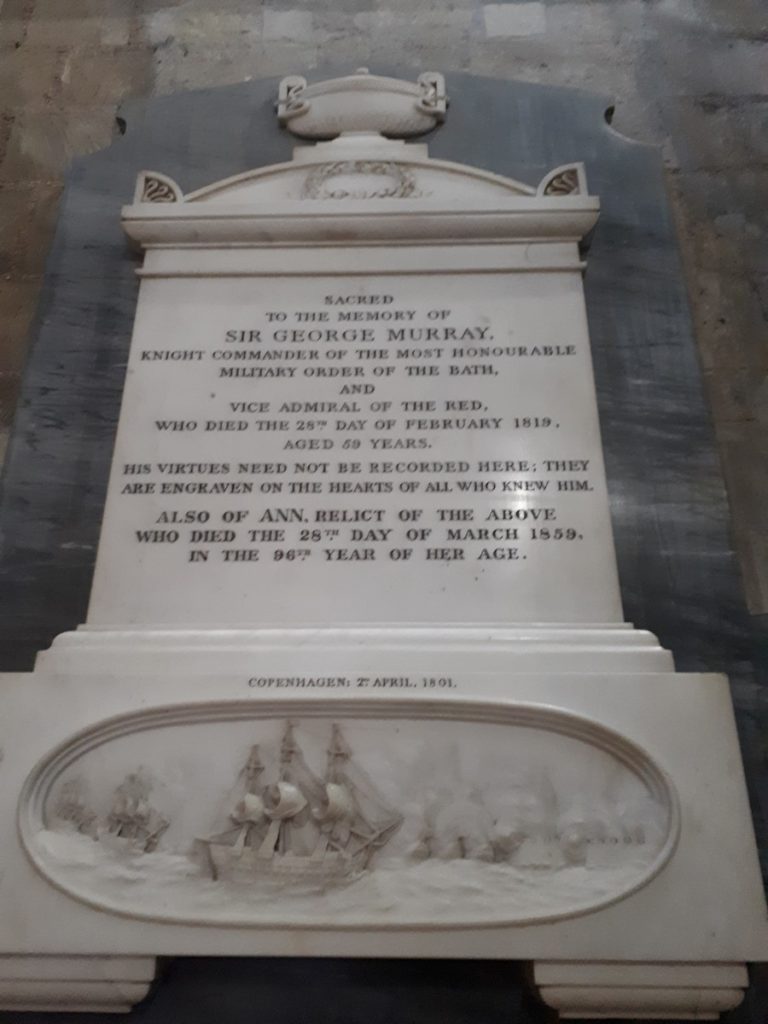

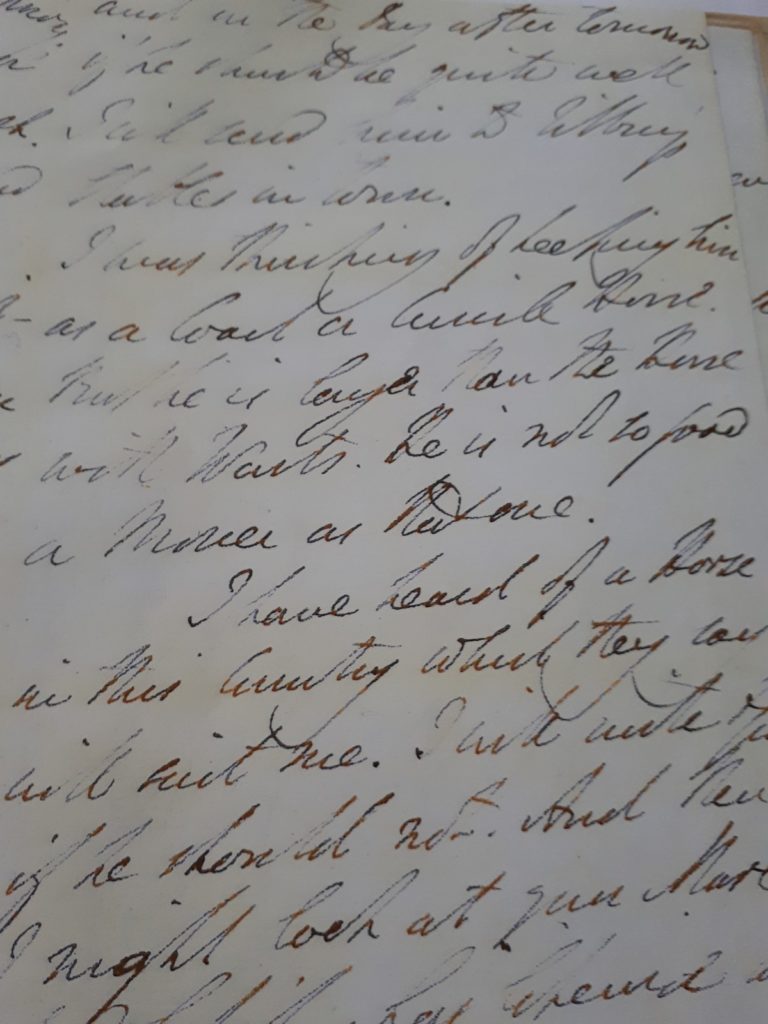
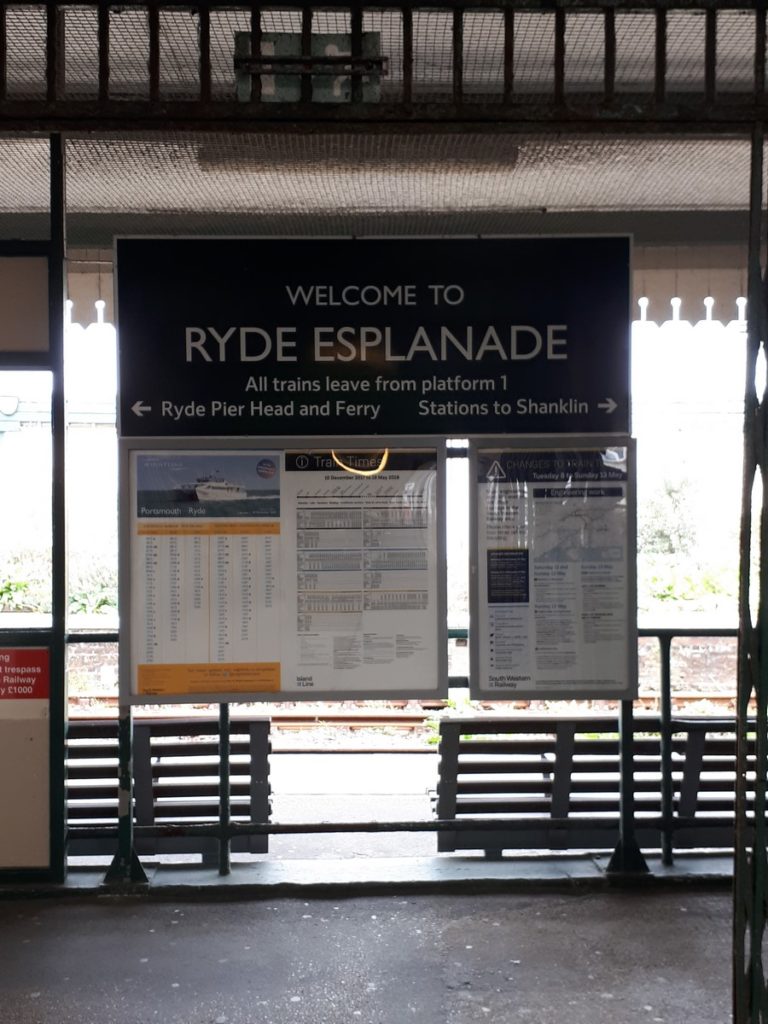
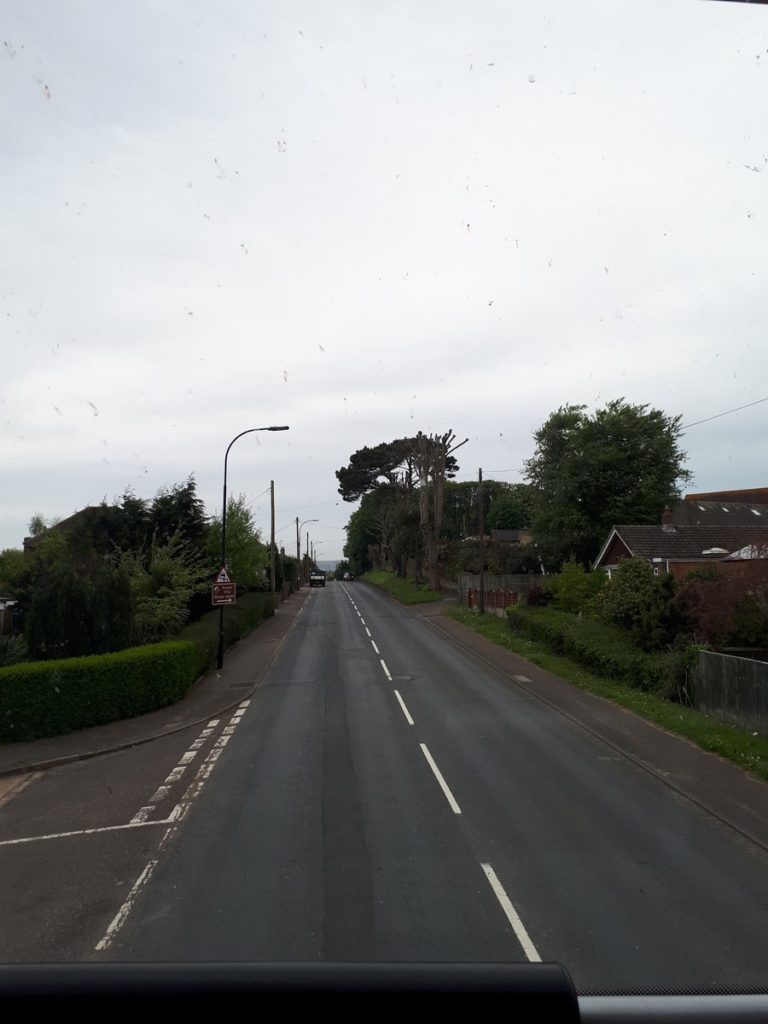
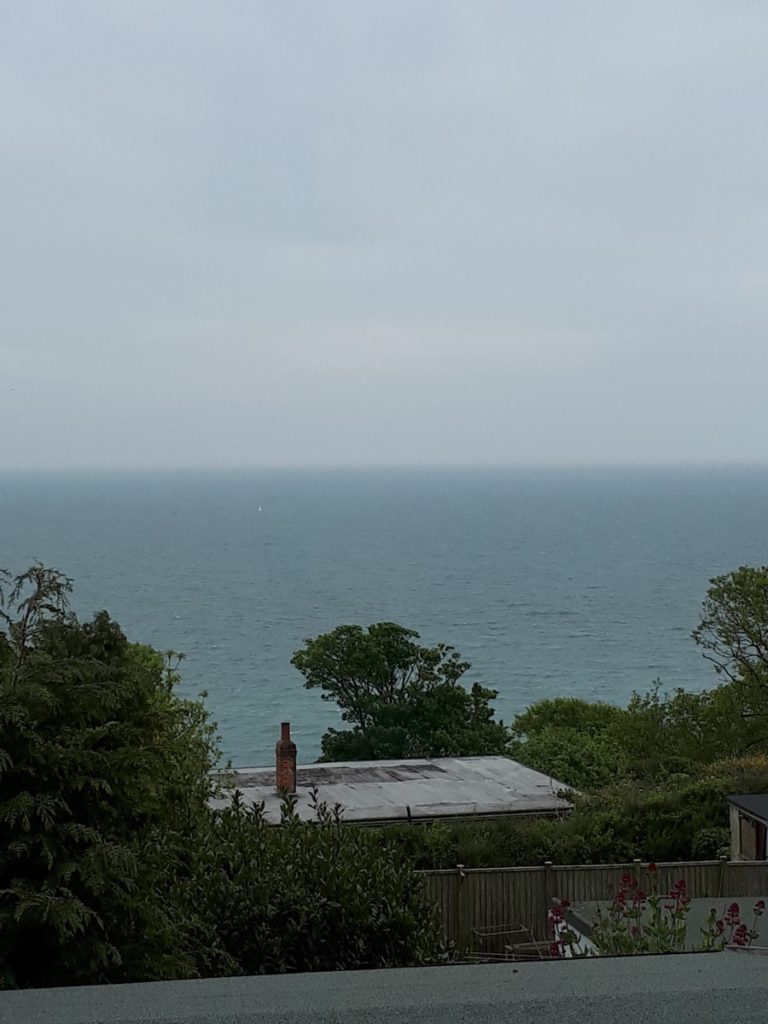
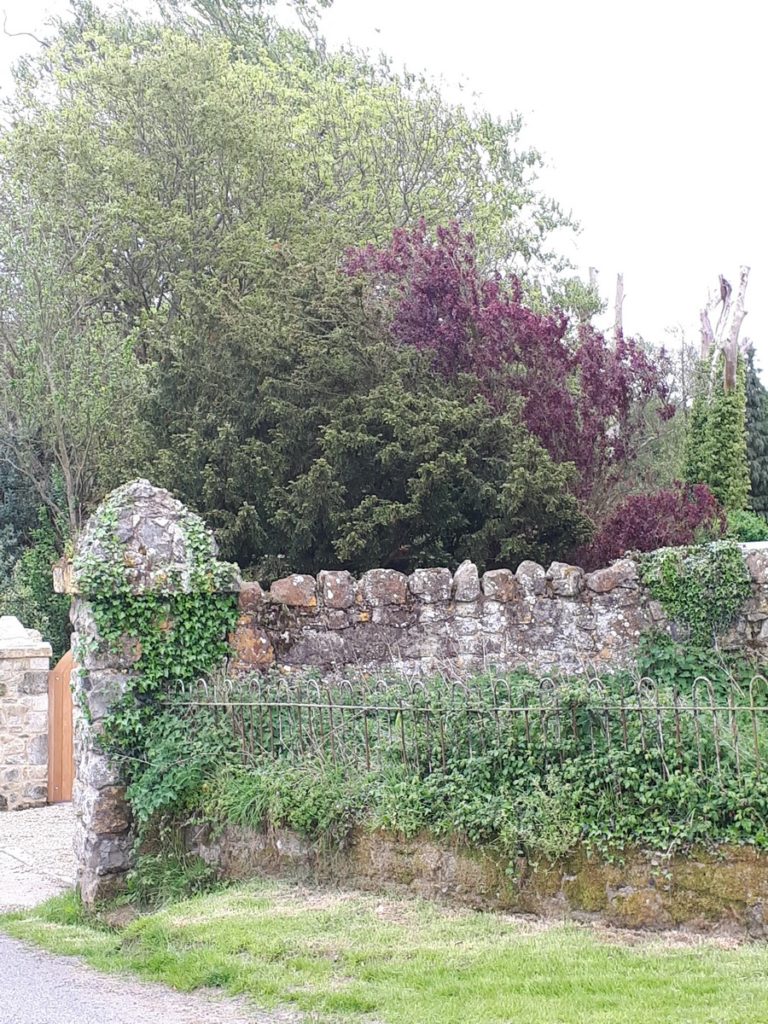
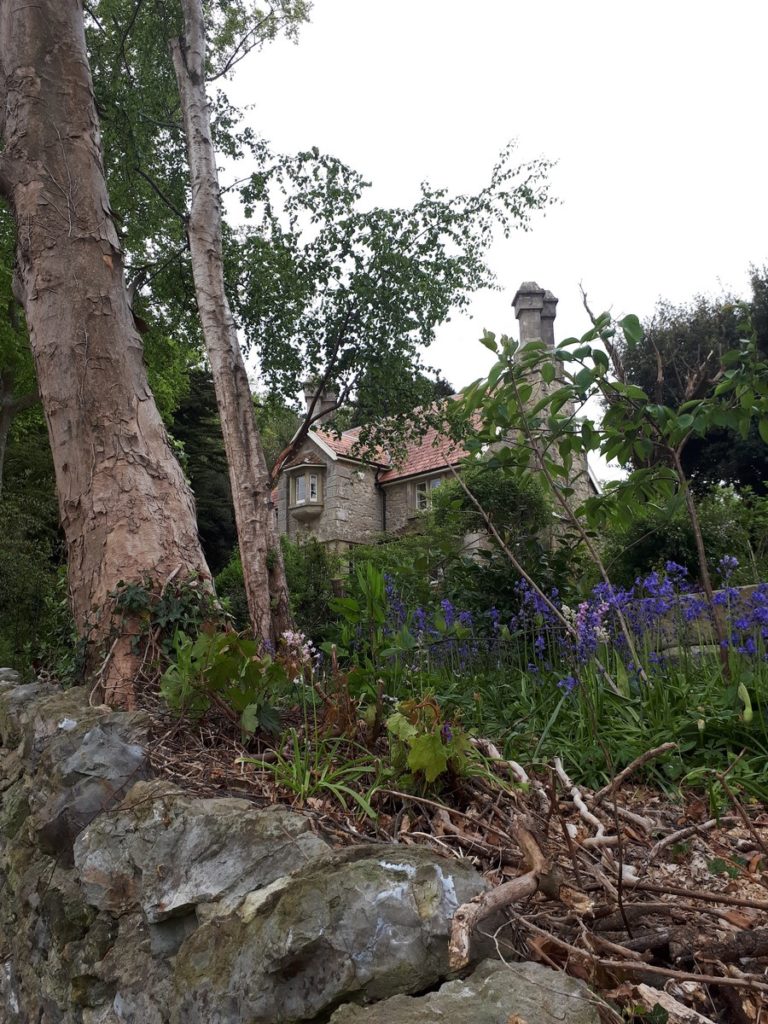
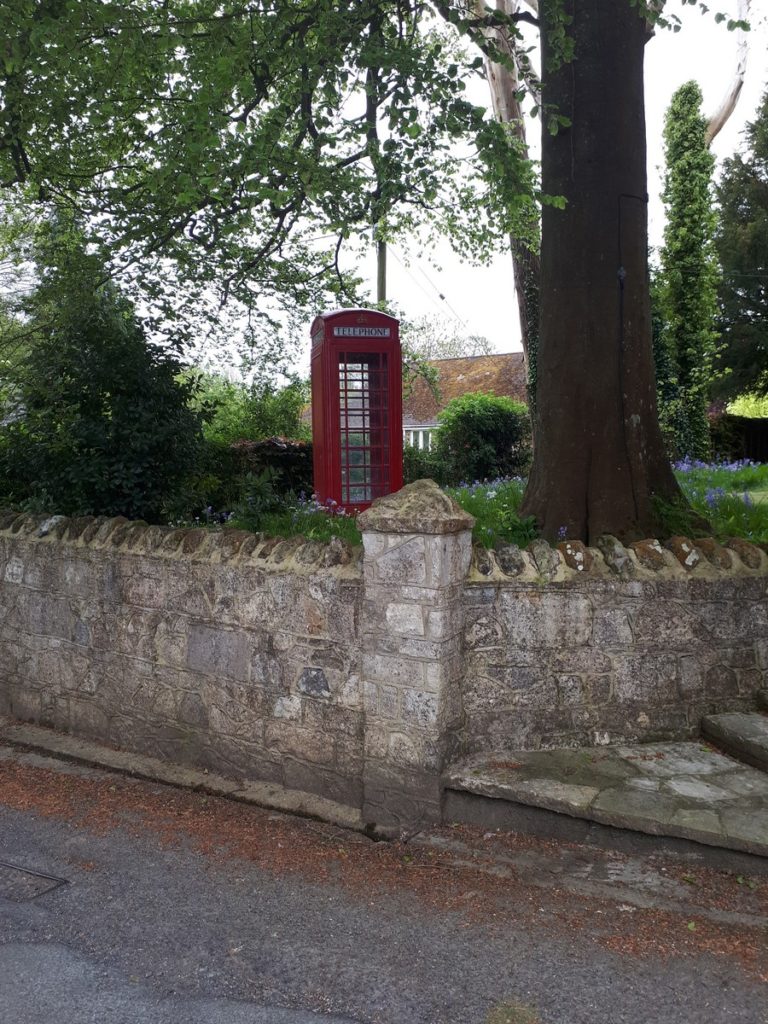 After a while, the lane began to go uphill. Still, we trudged.
After a while, the lane began to go uphill. Still, we trudged.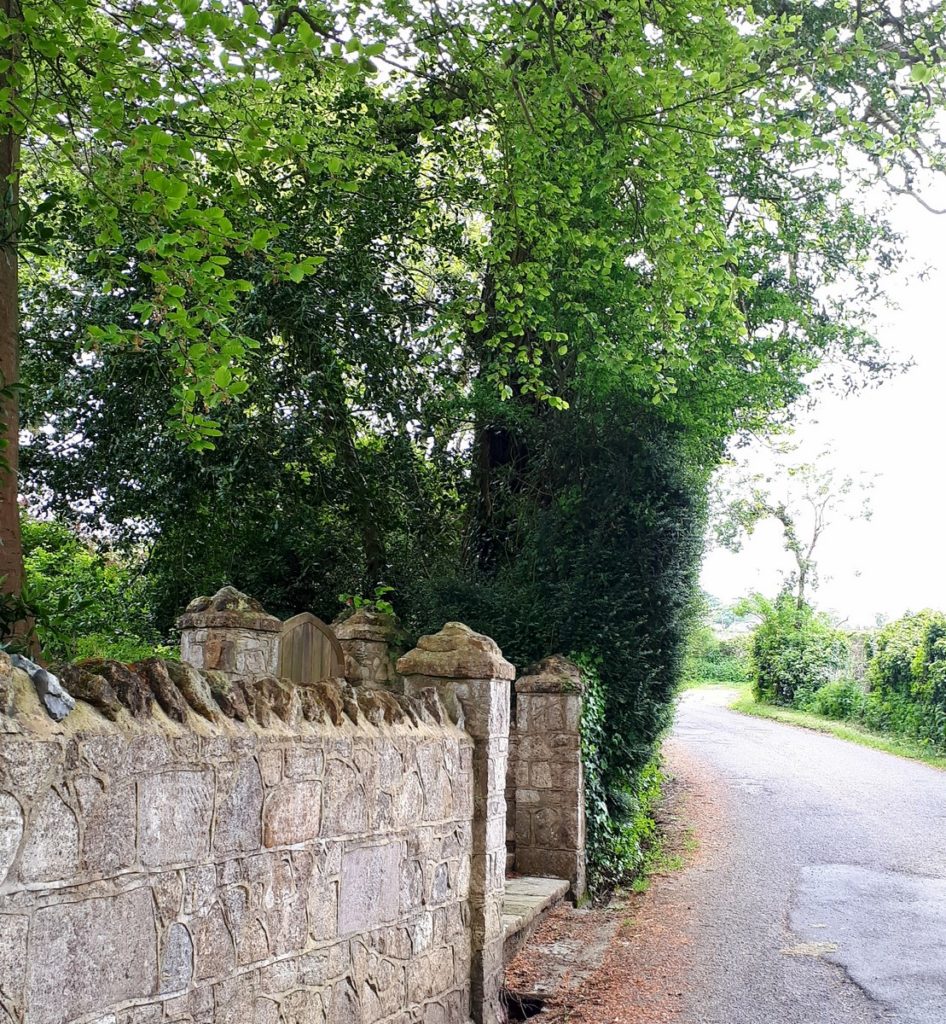 “Can you see anything that looks like a ruined house?” Vicky asked.
“Can you see anything that looks like a ruined house?” Vicky asked.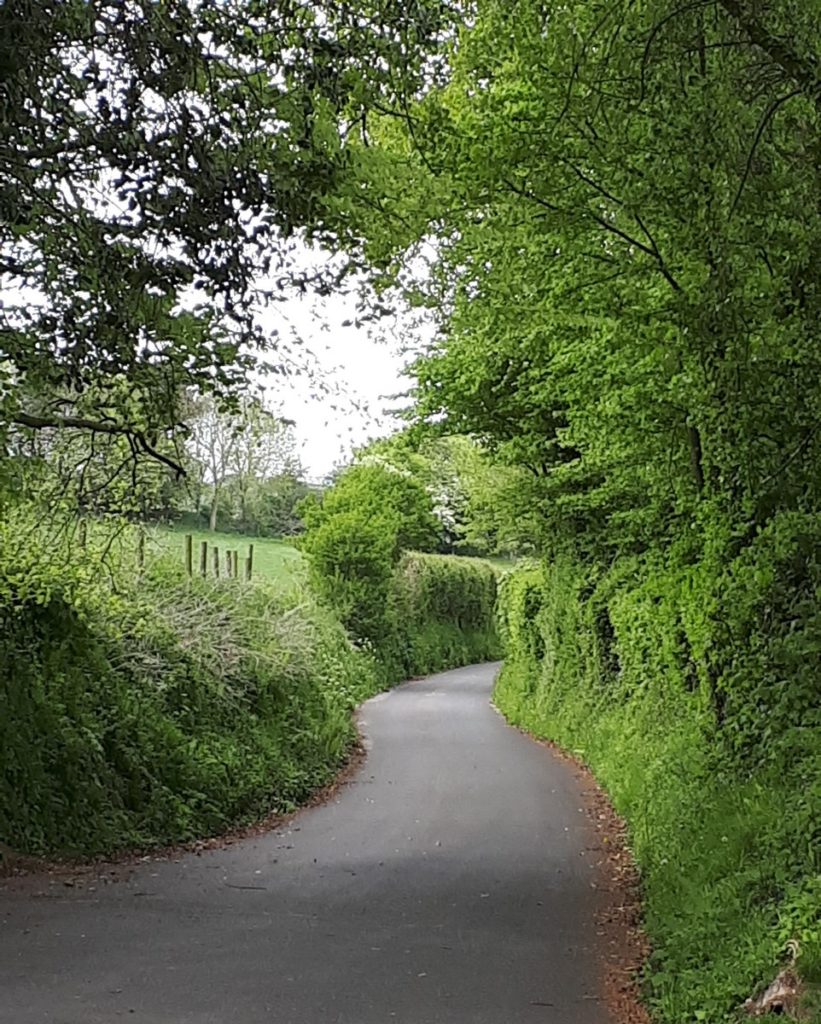
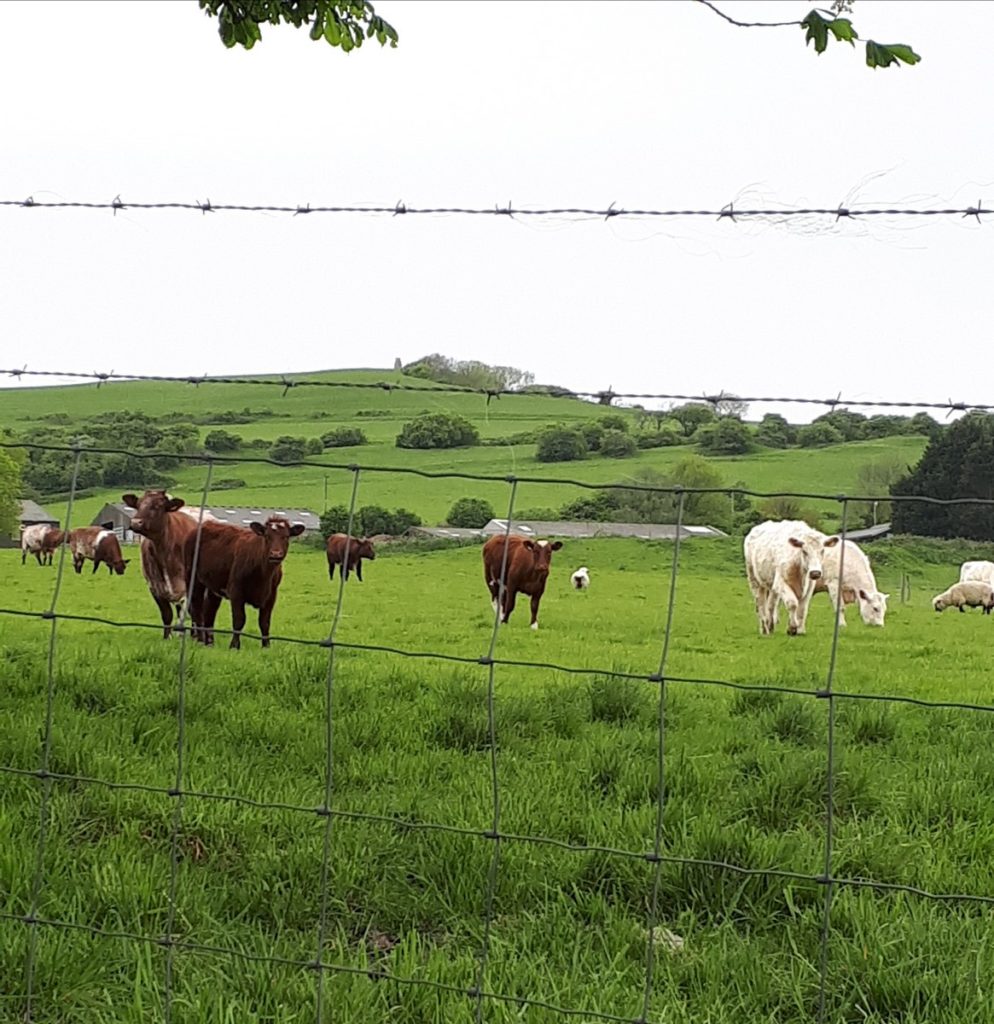
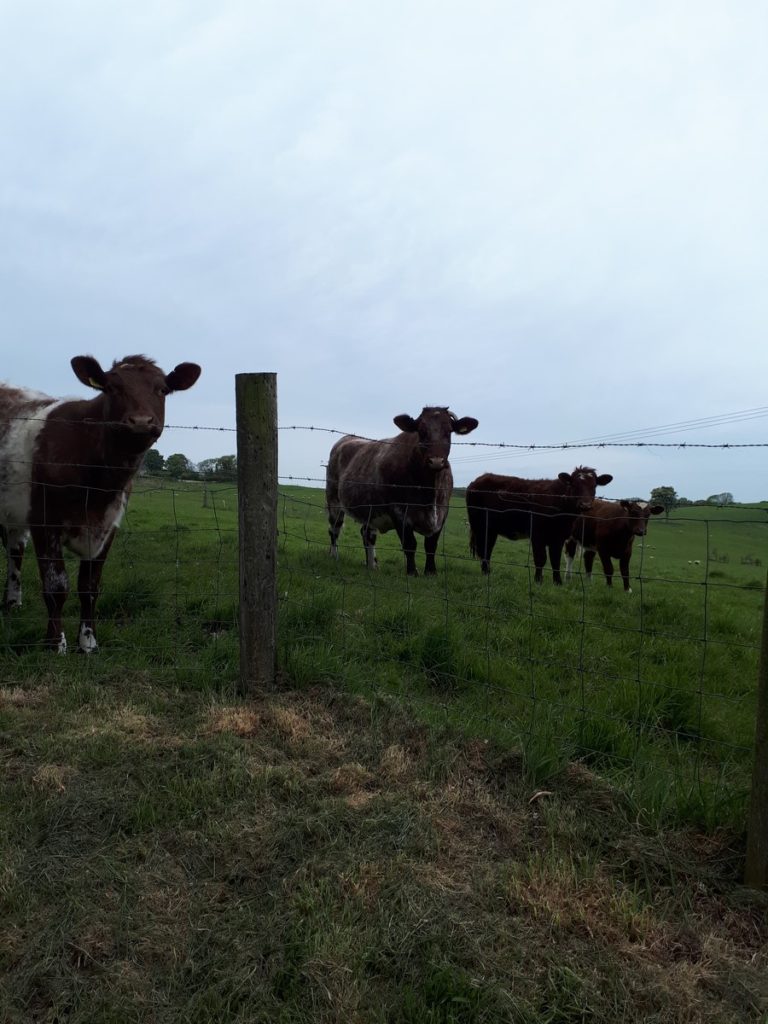
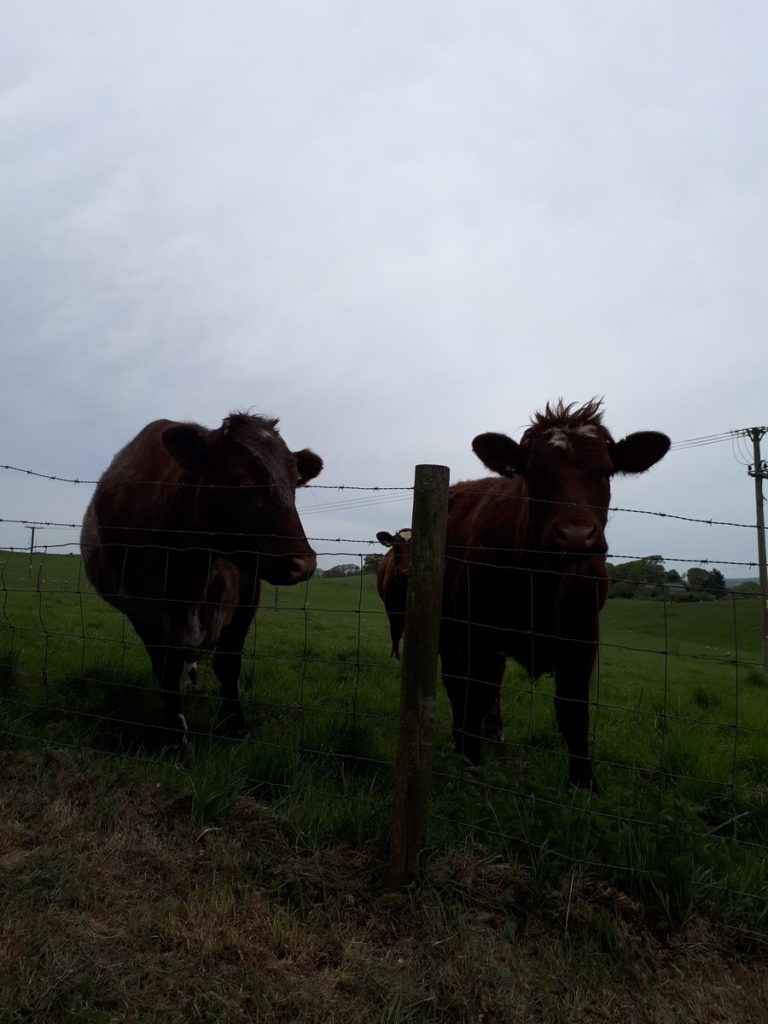

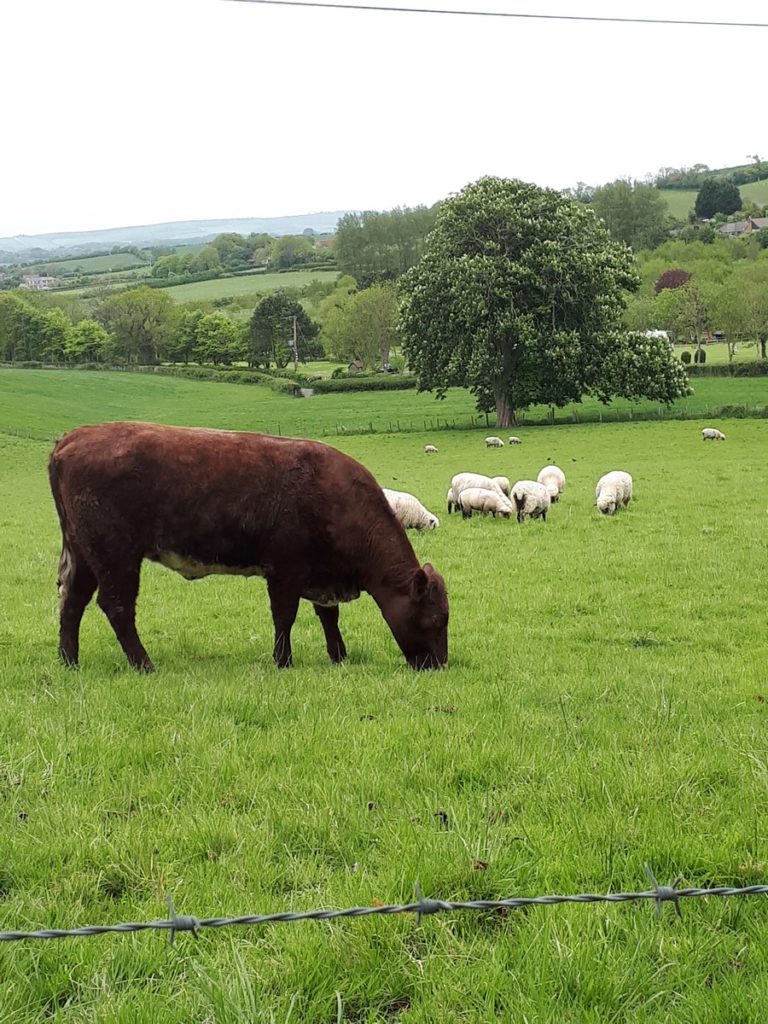
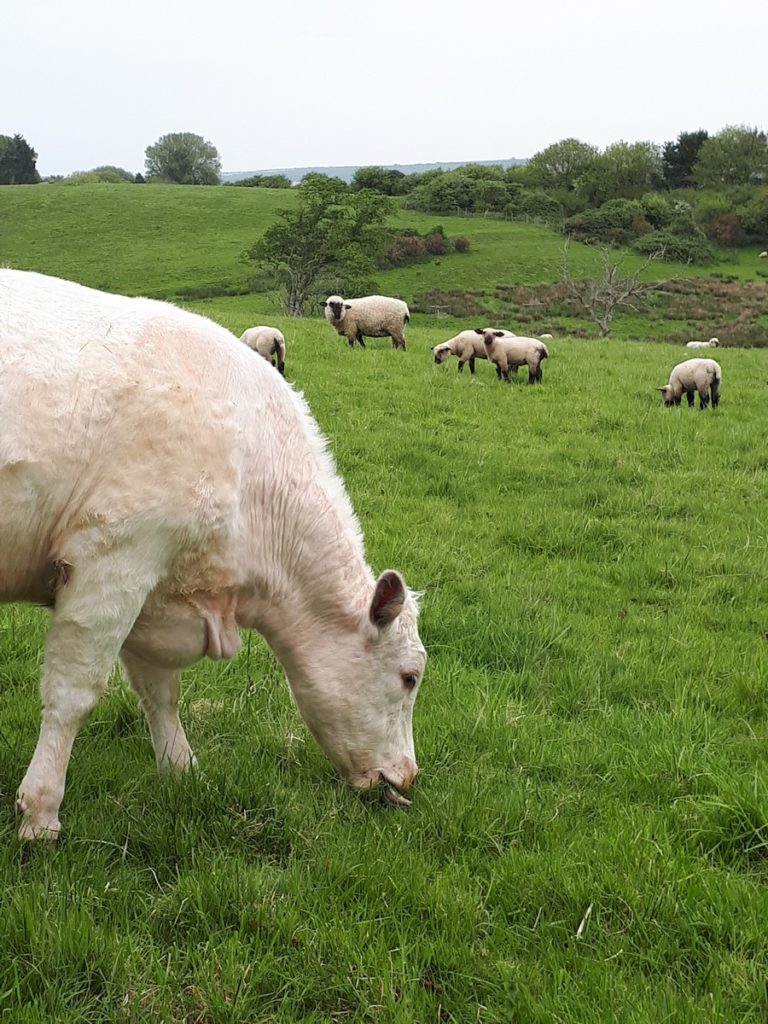
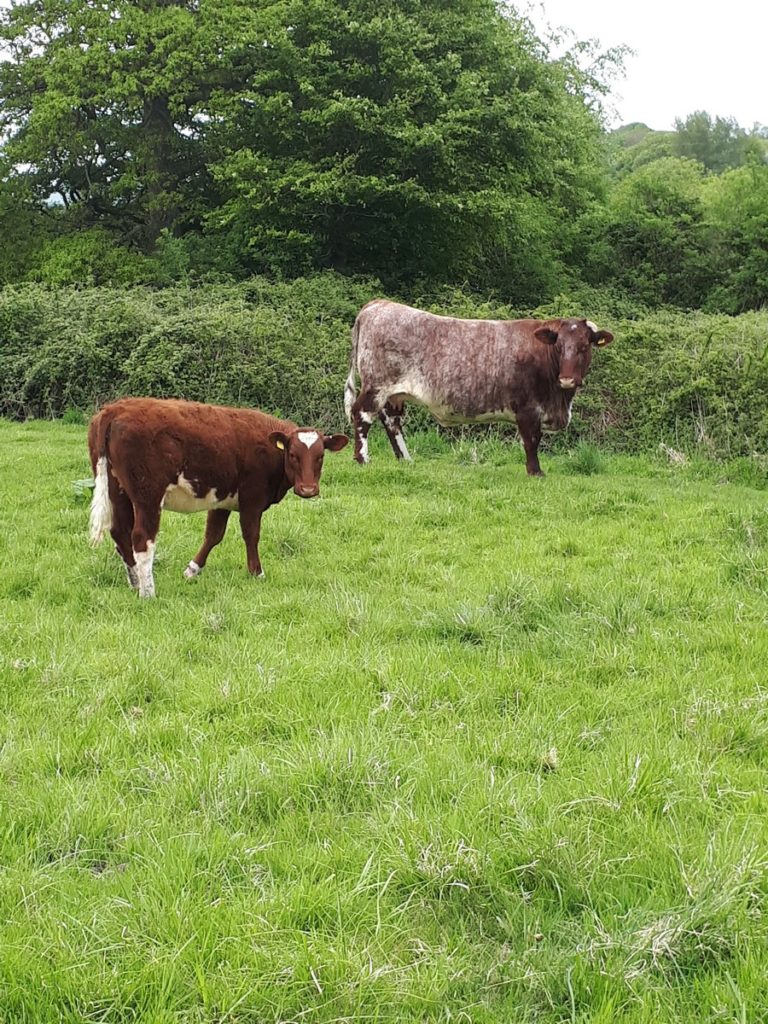
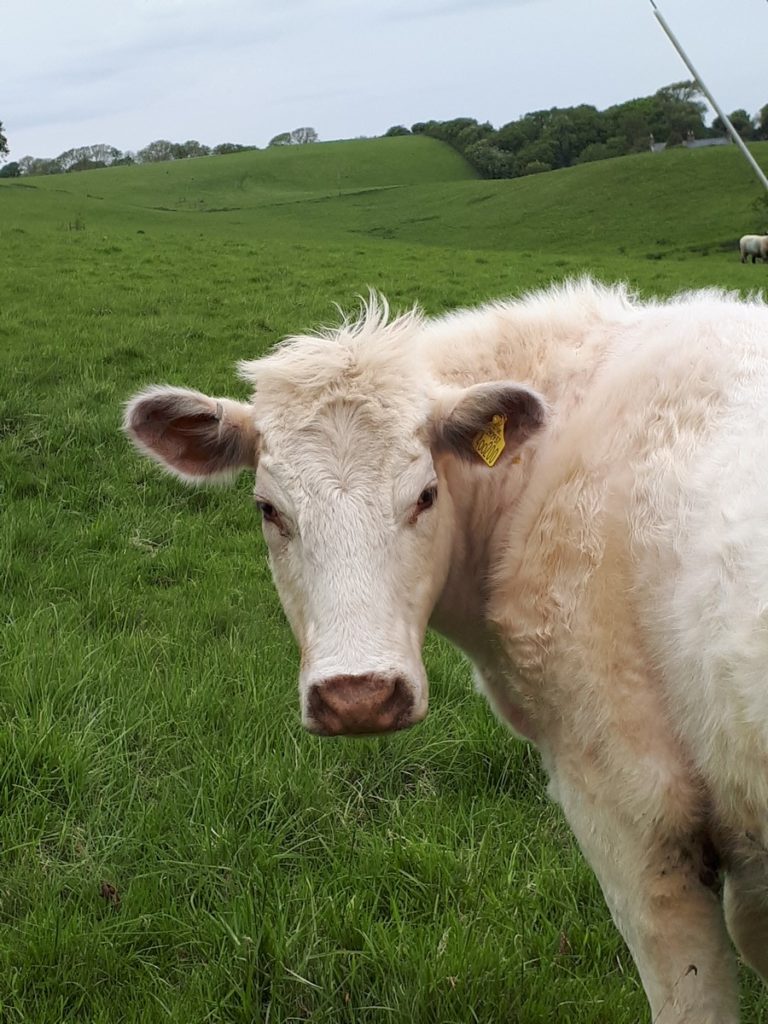
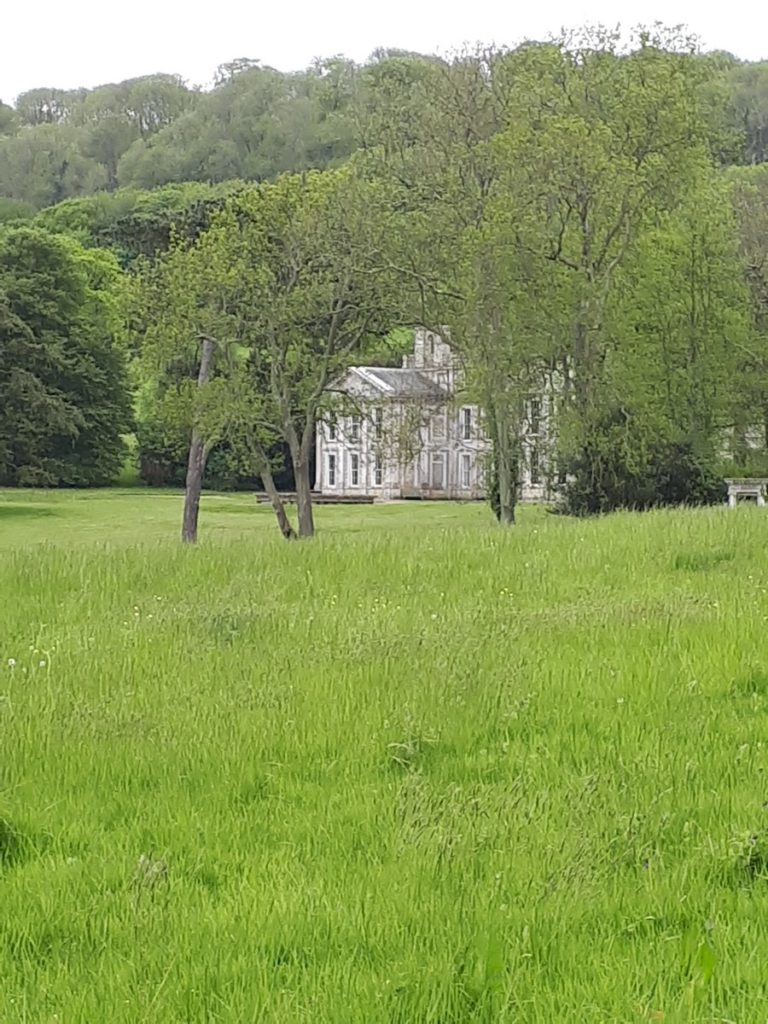
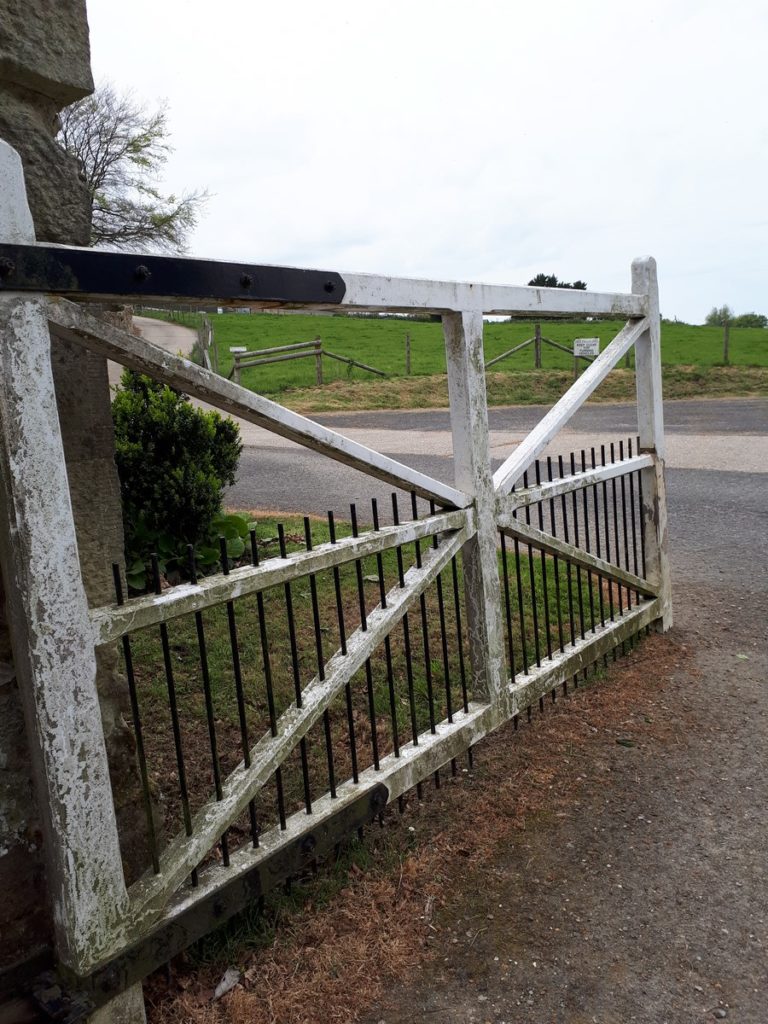
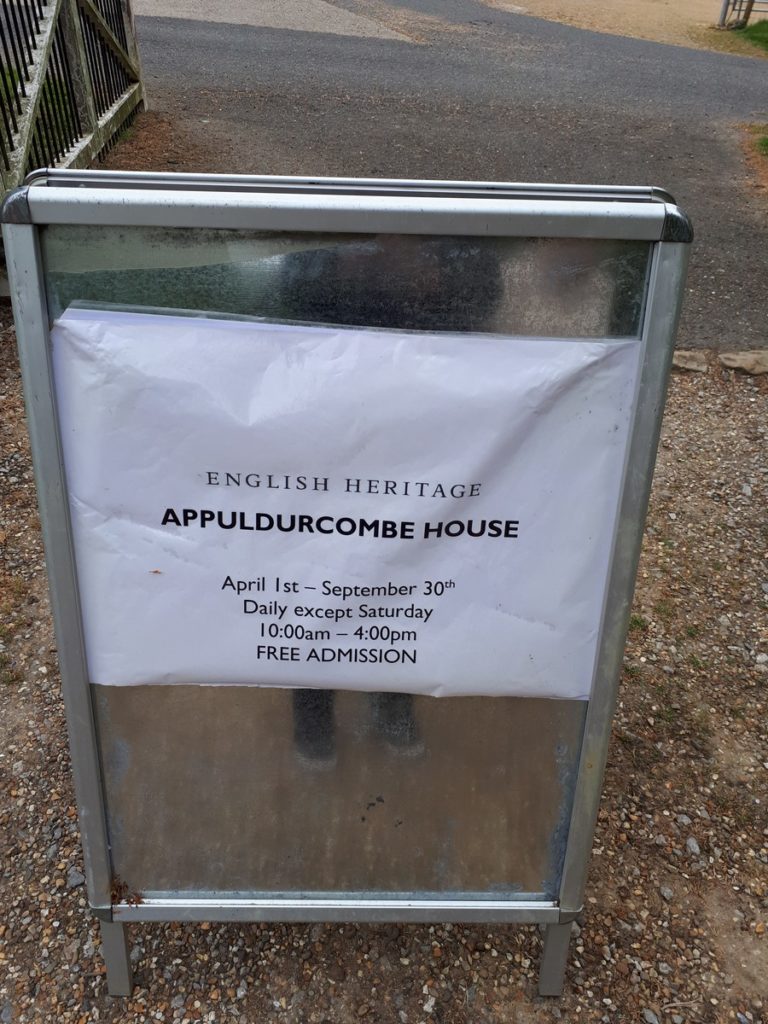
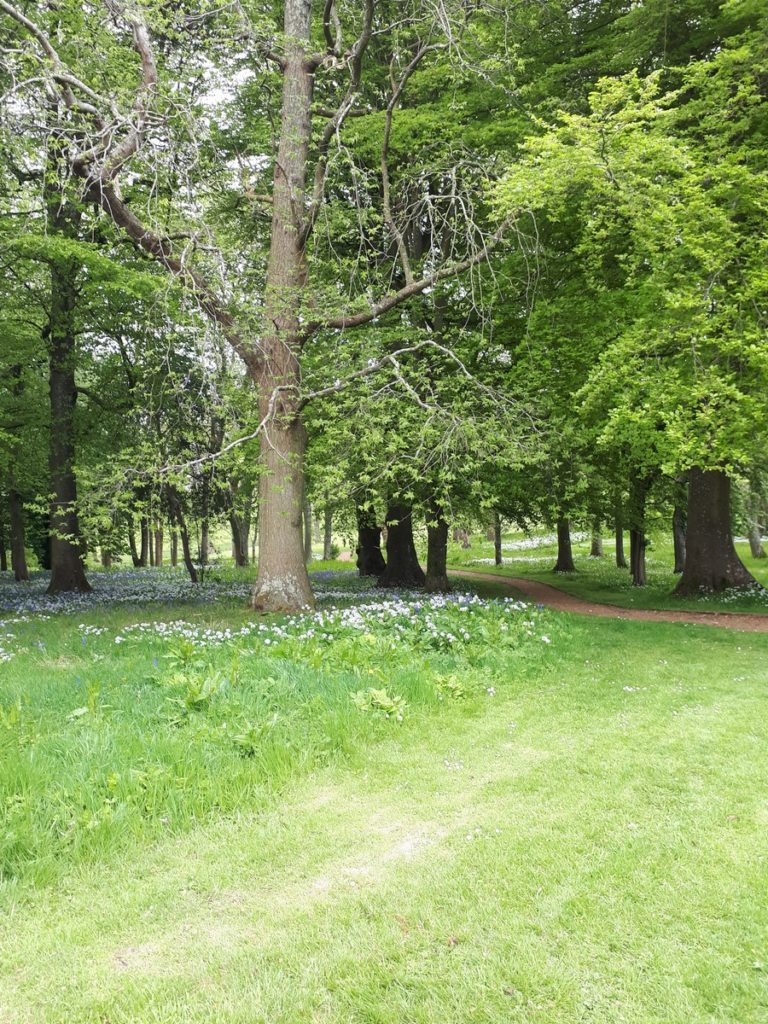
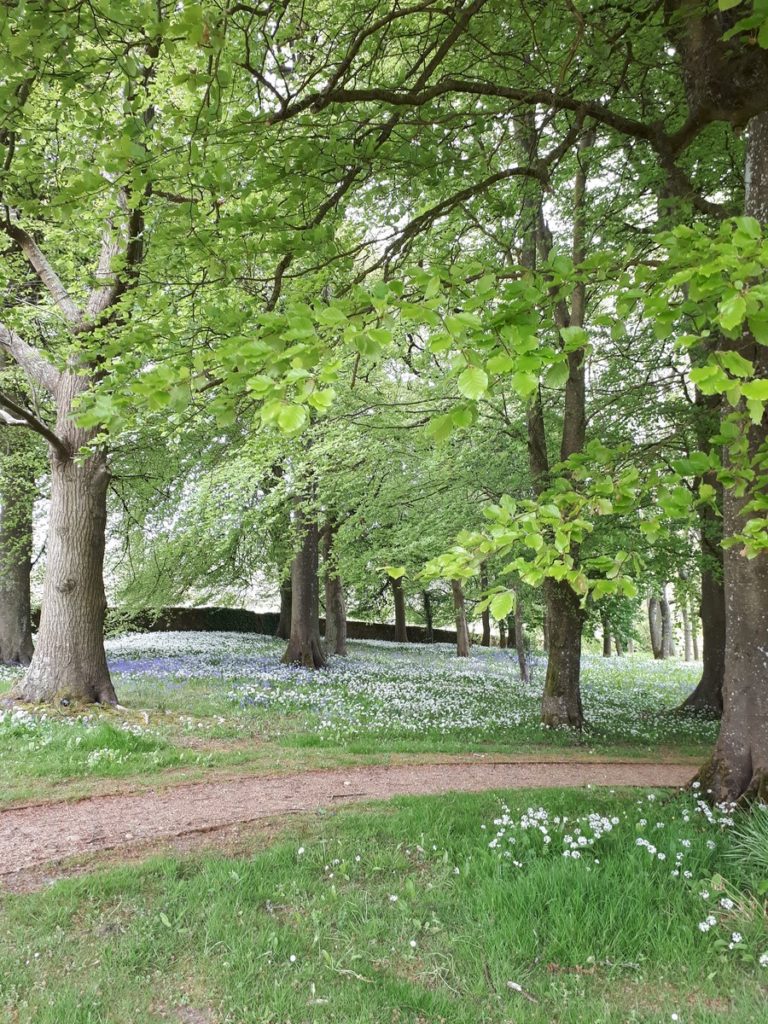 Finally, we had our first, up close glimpse of Appuldurcombe.
Finally, we had our first, up close glimpse of Appuldurcombe.